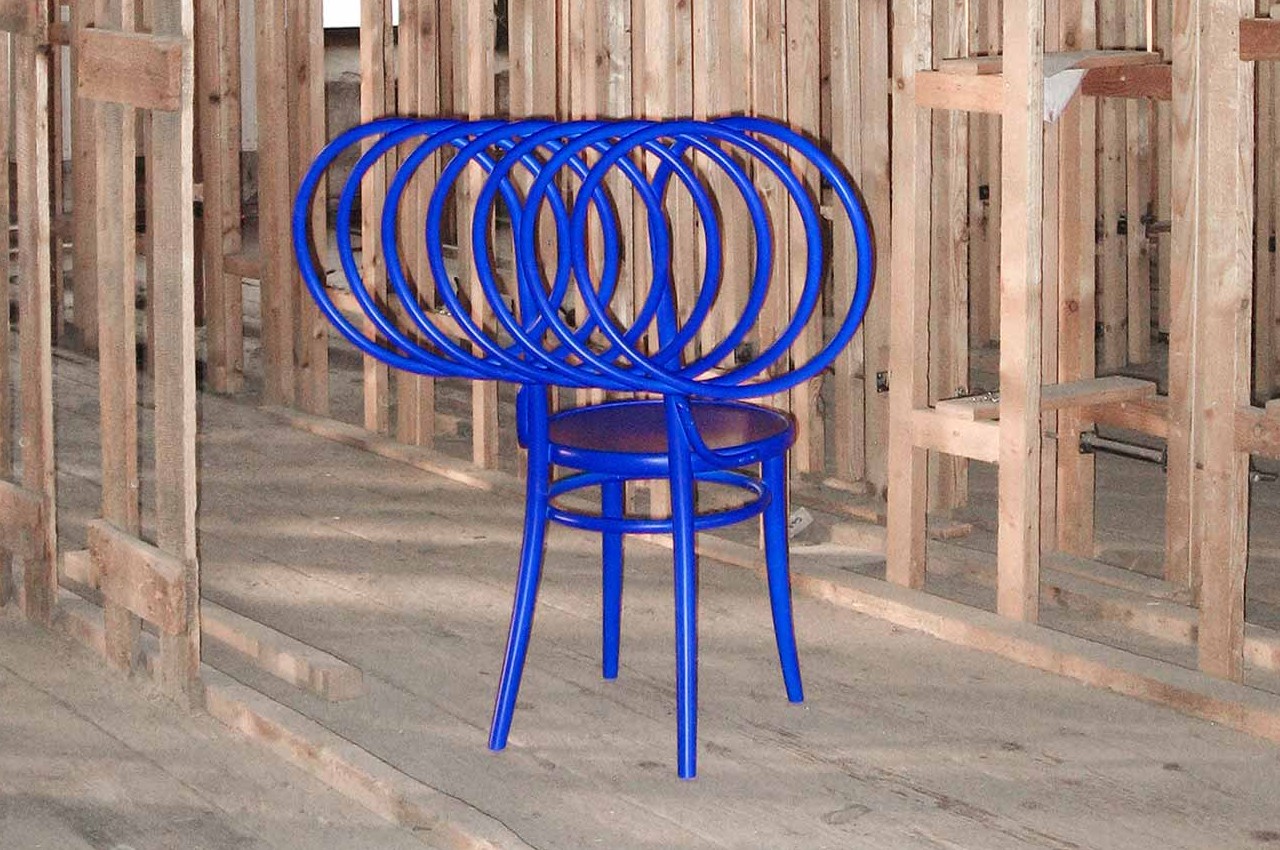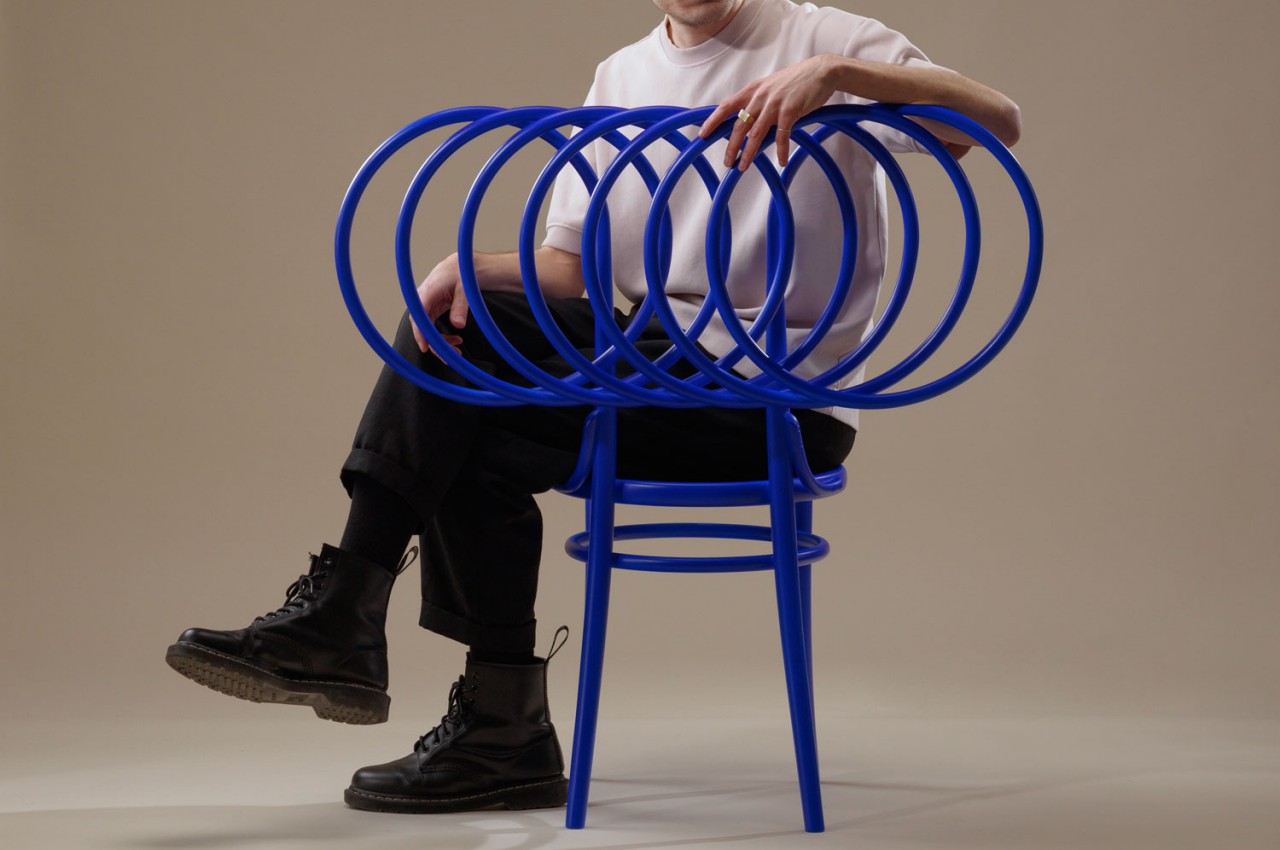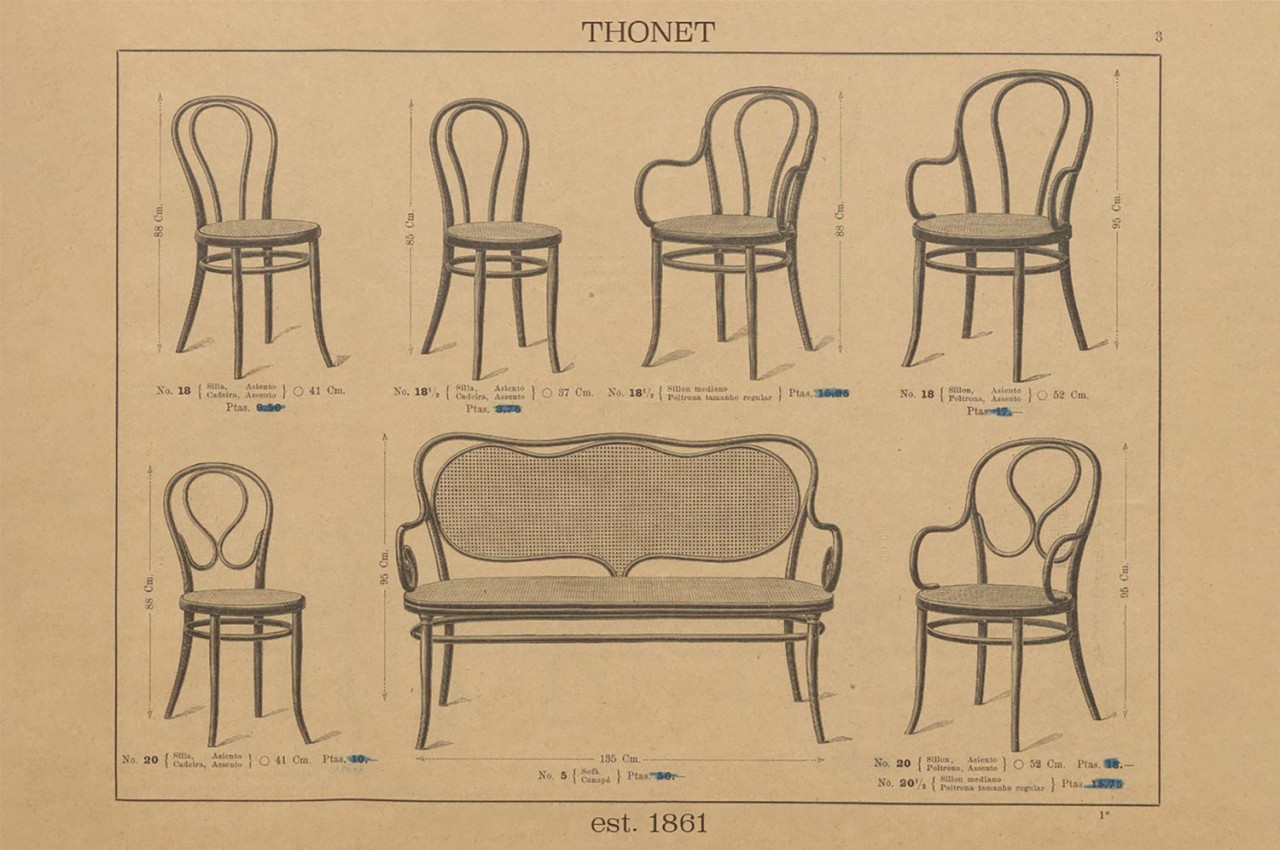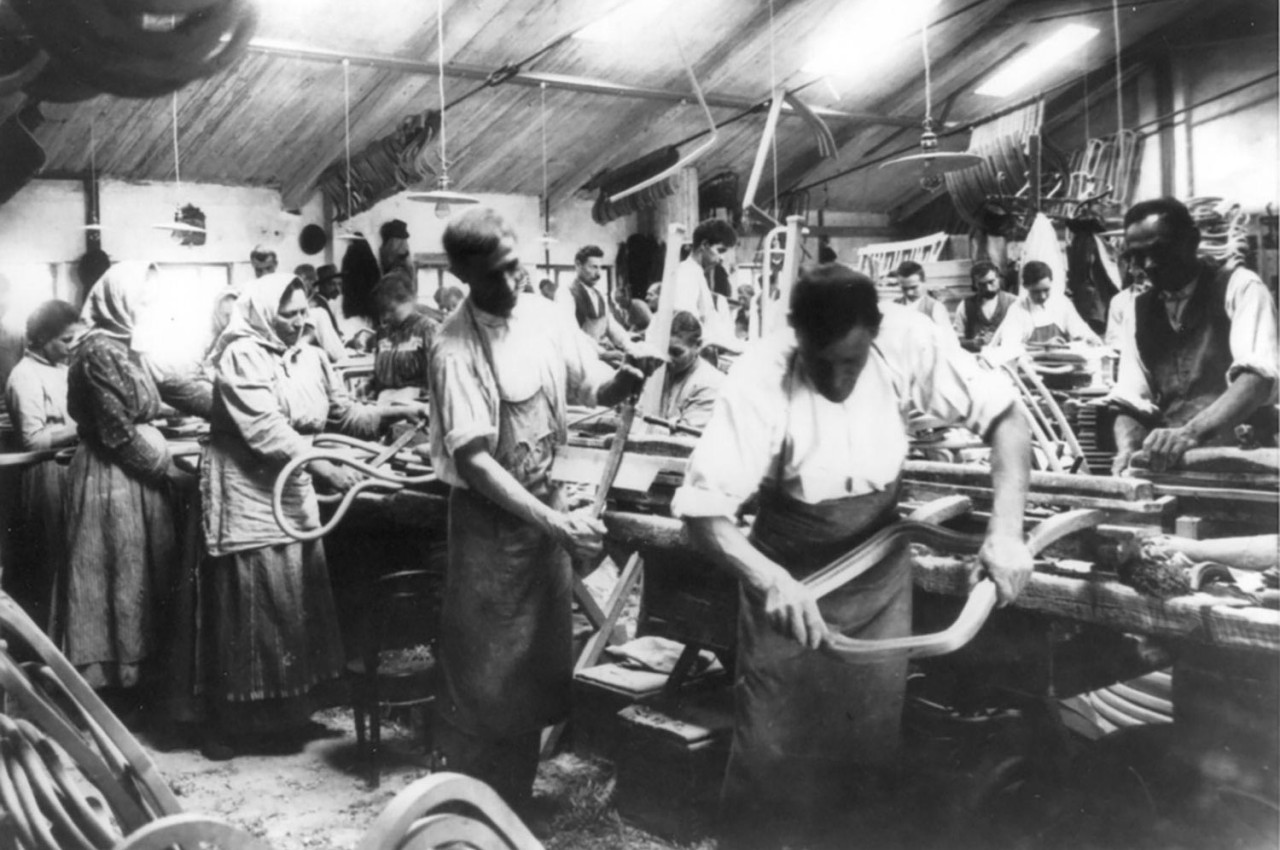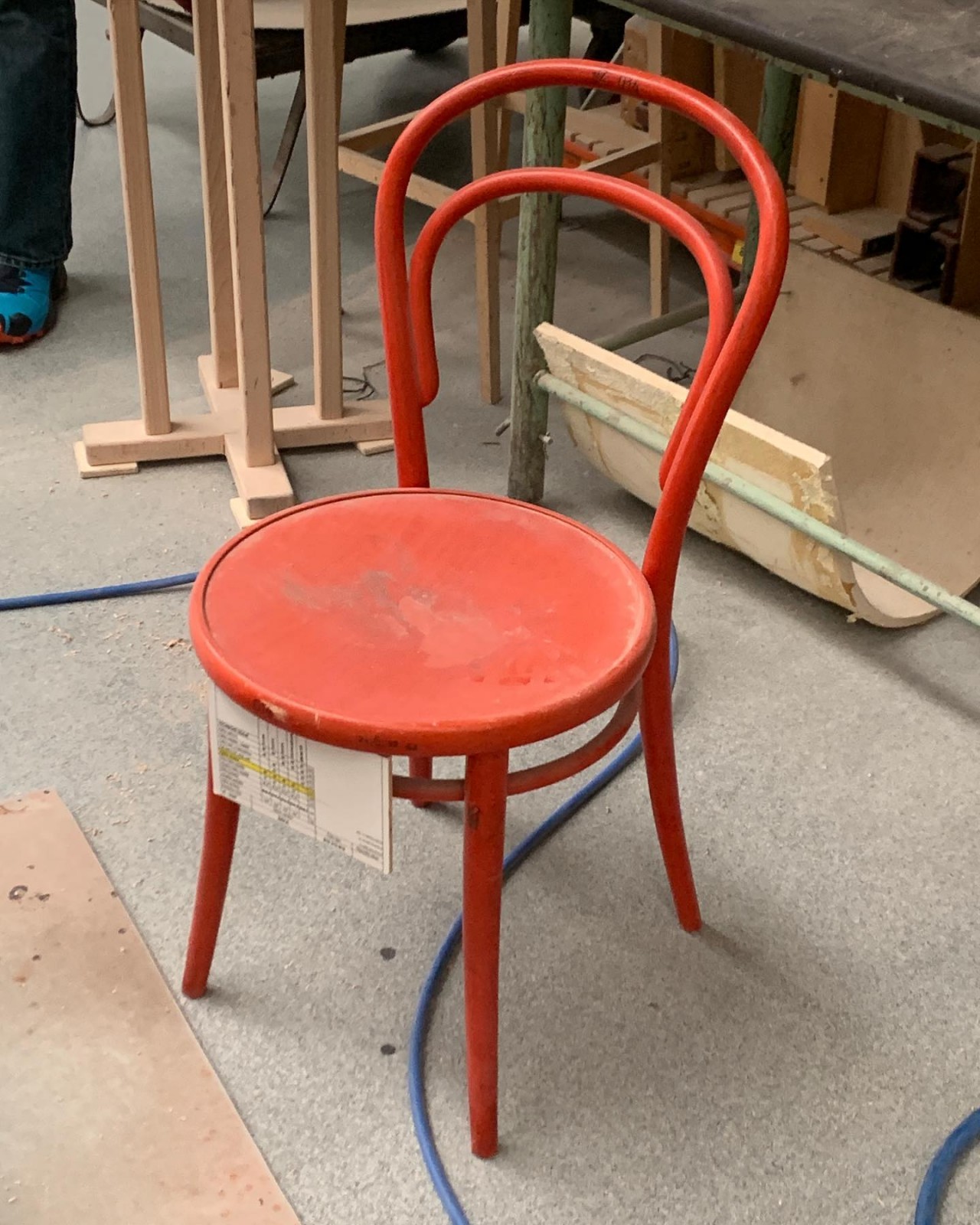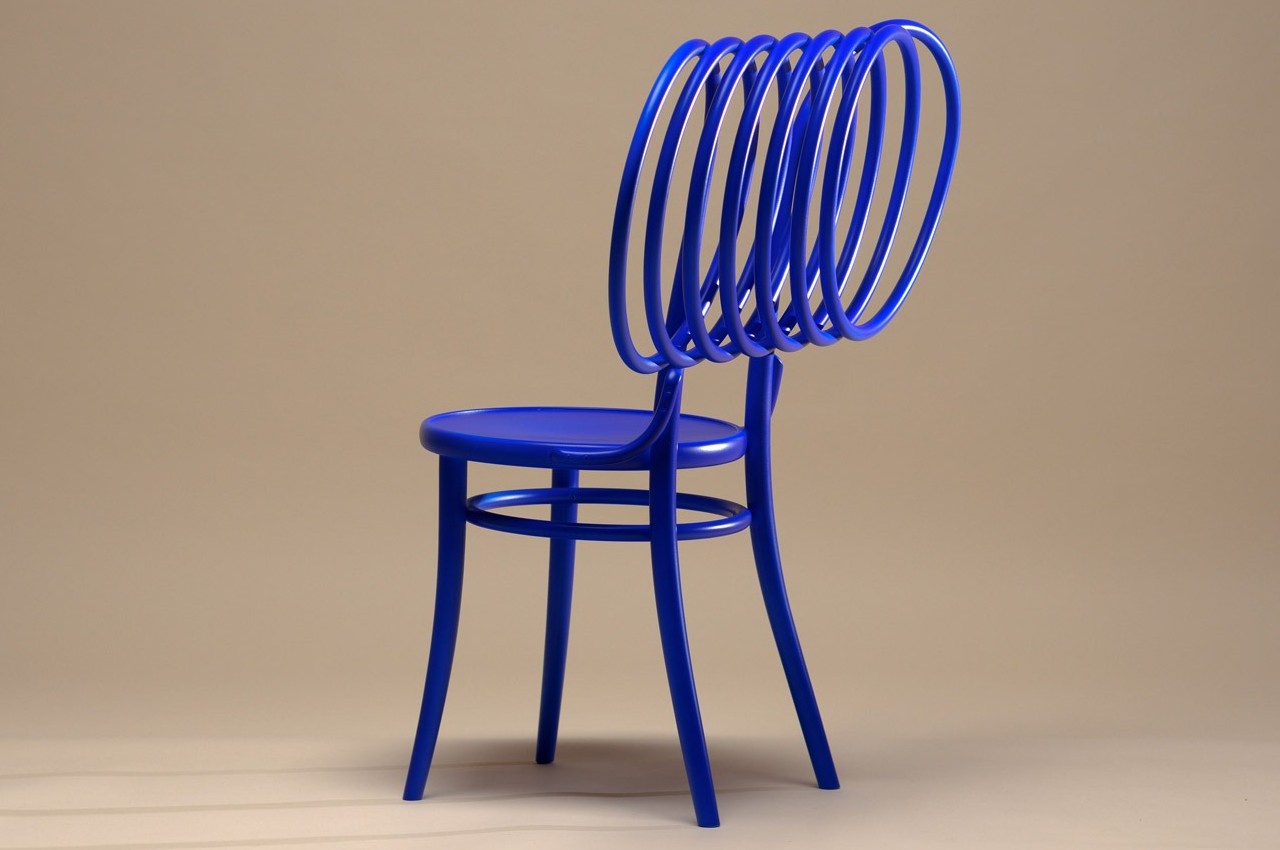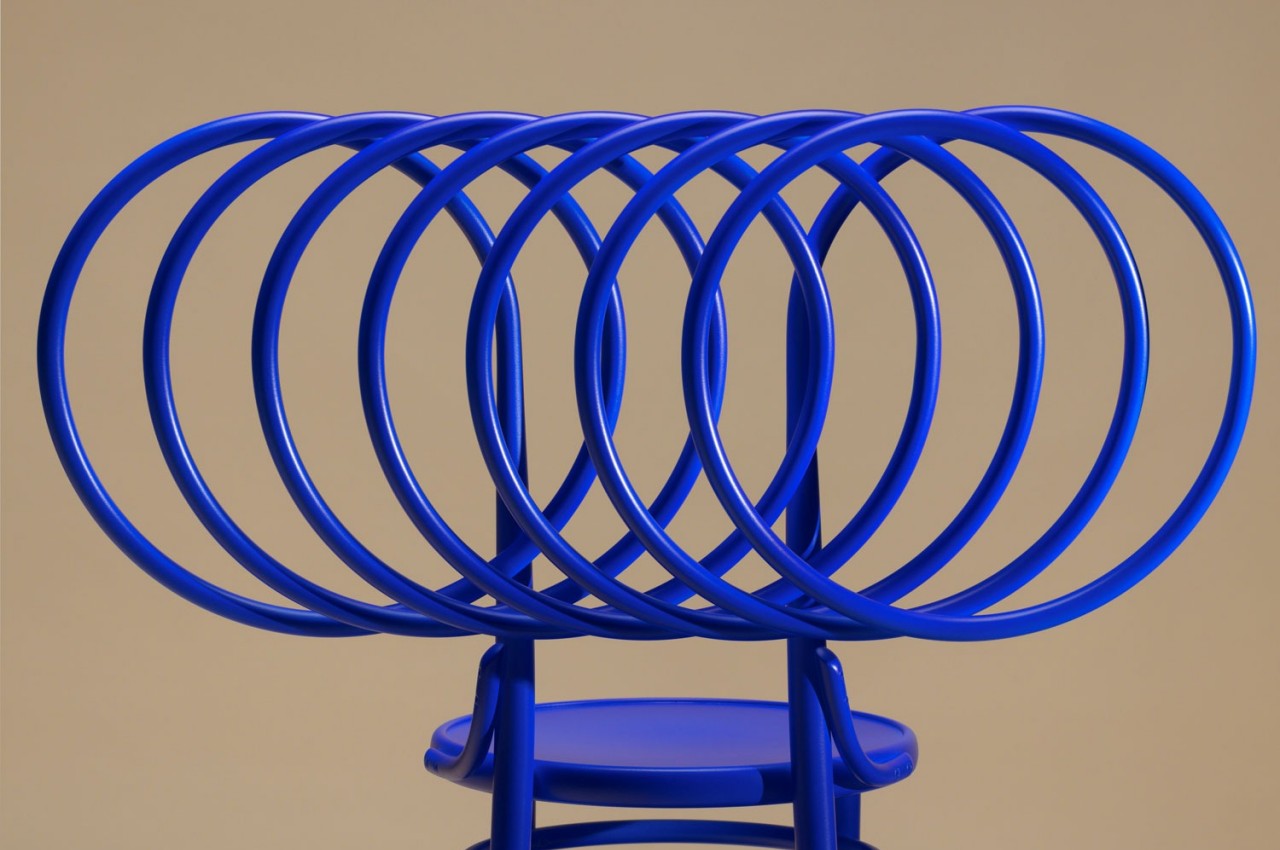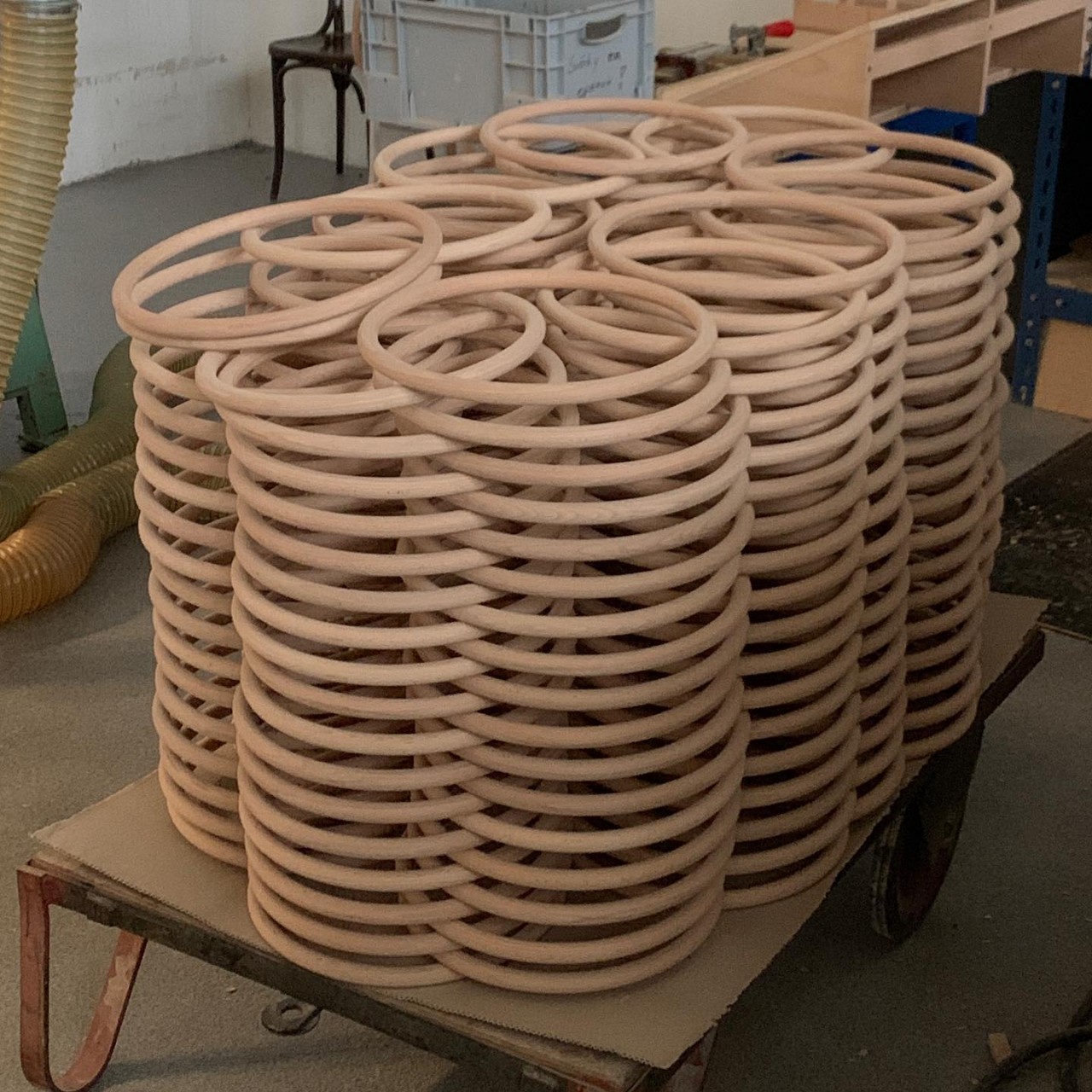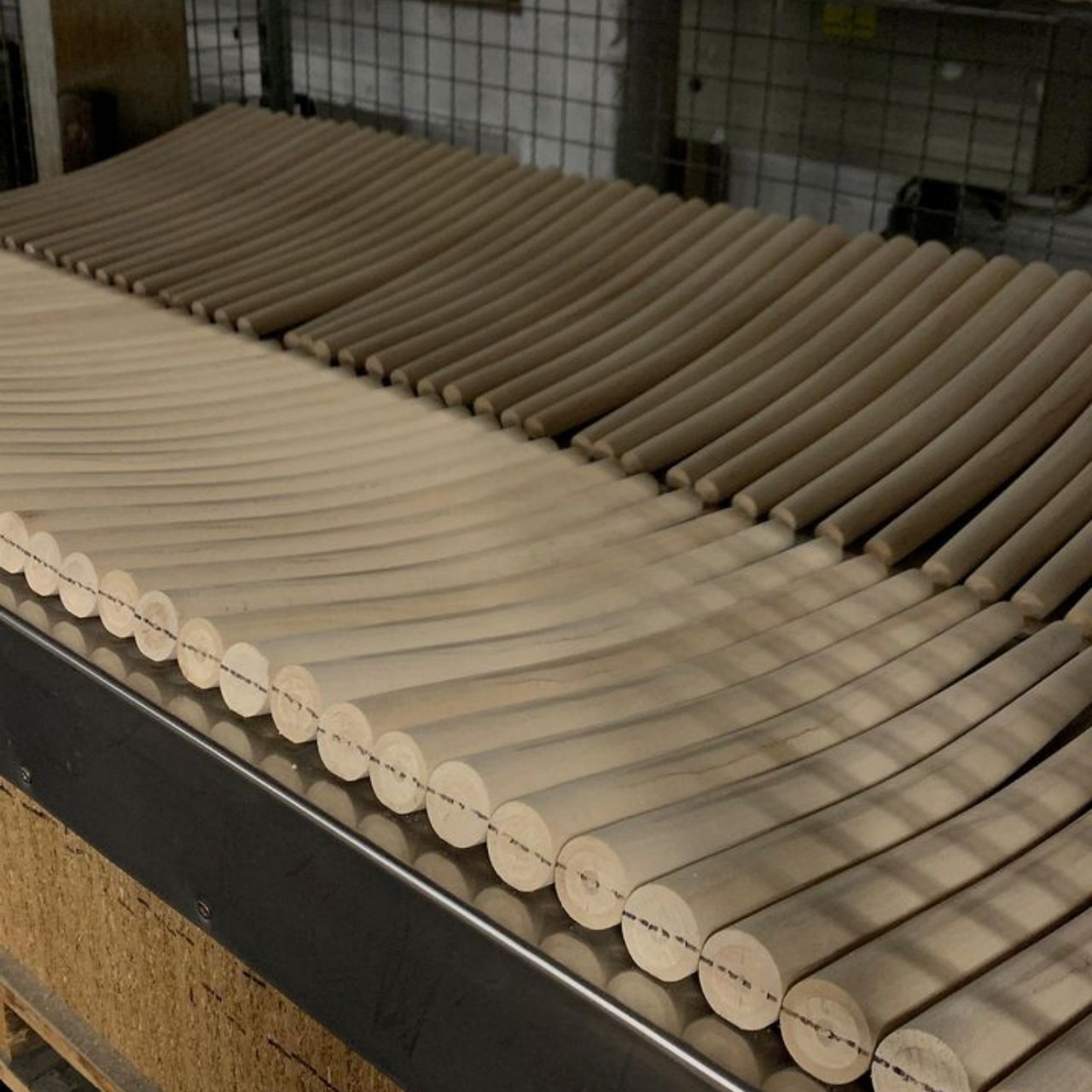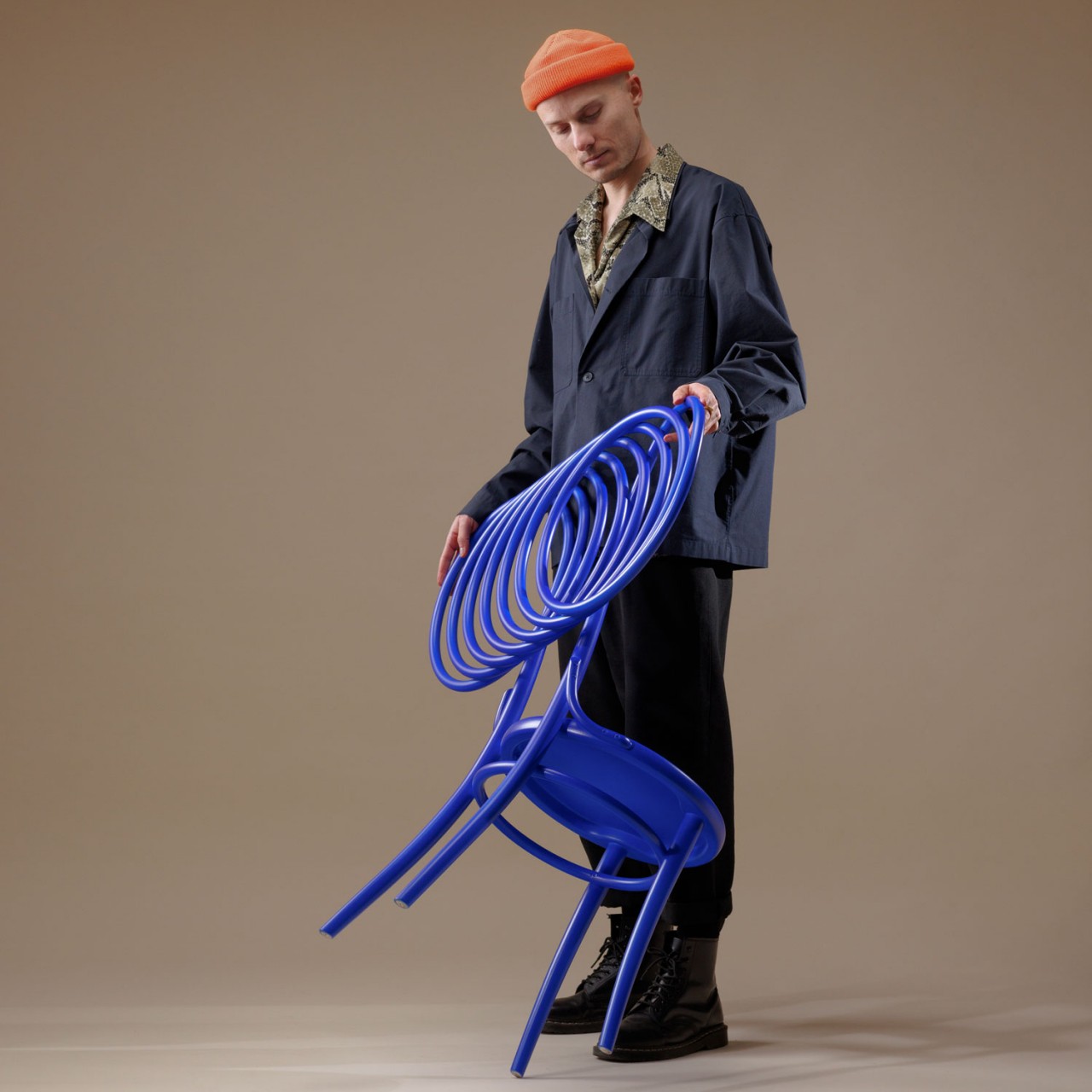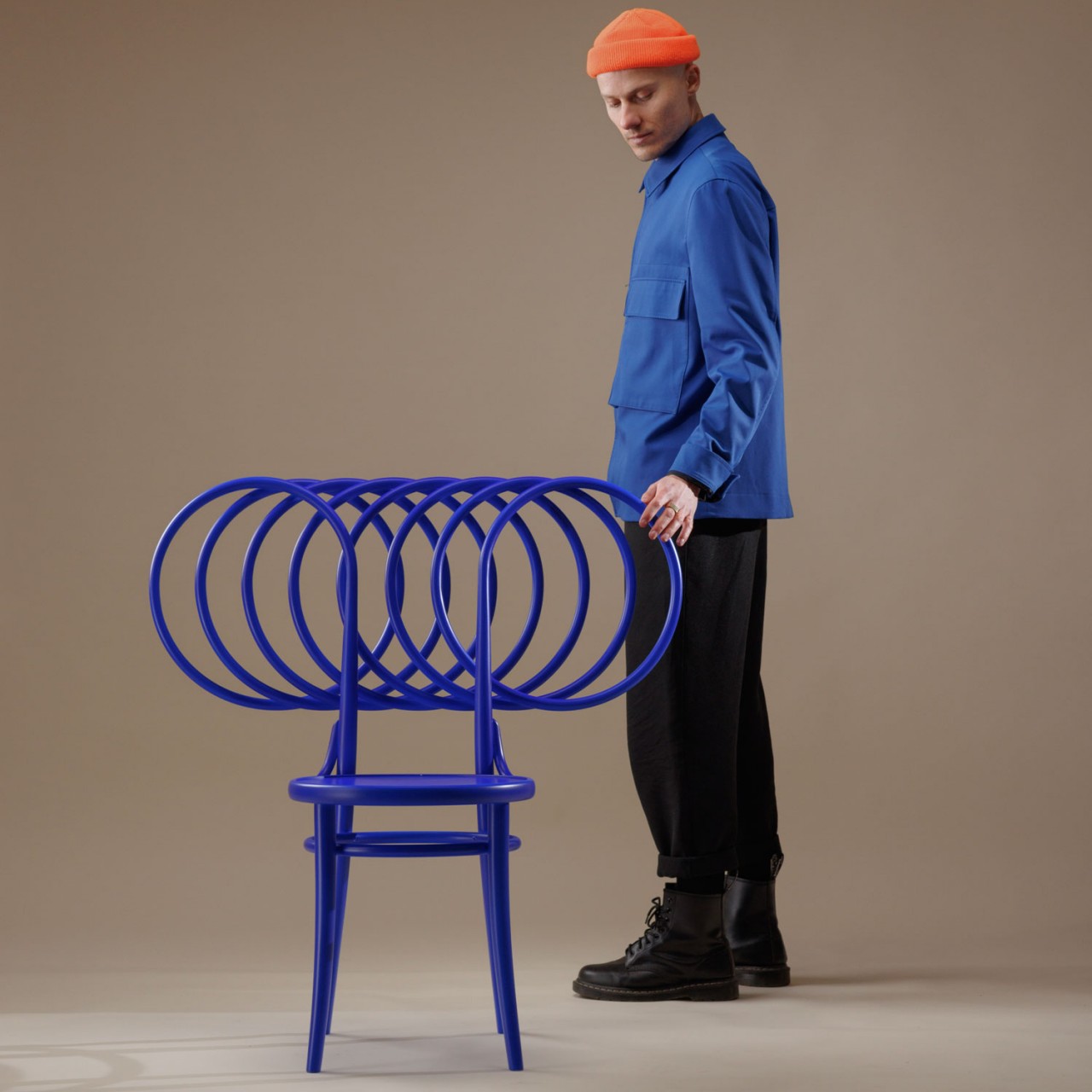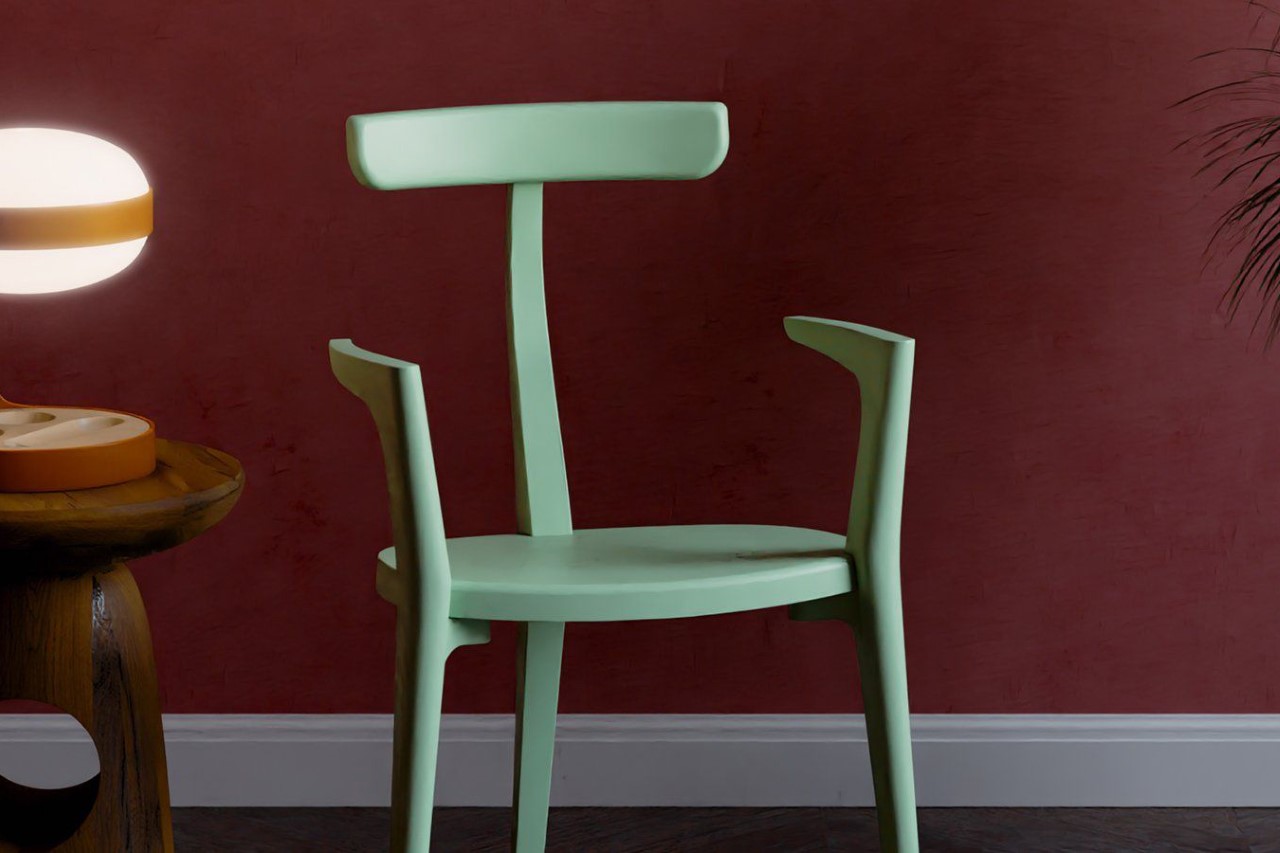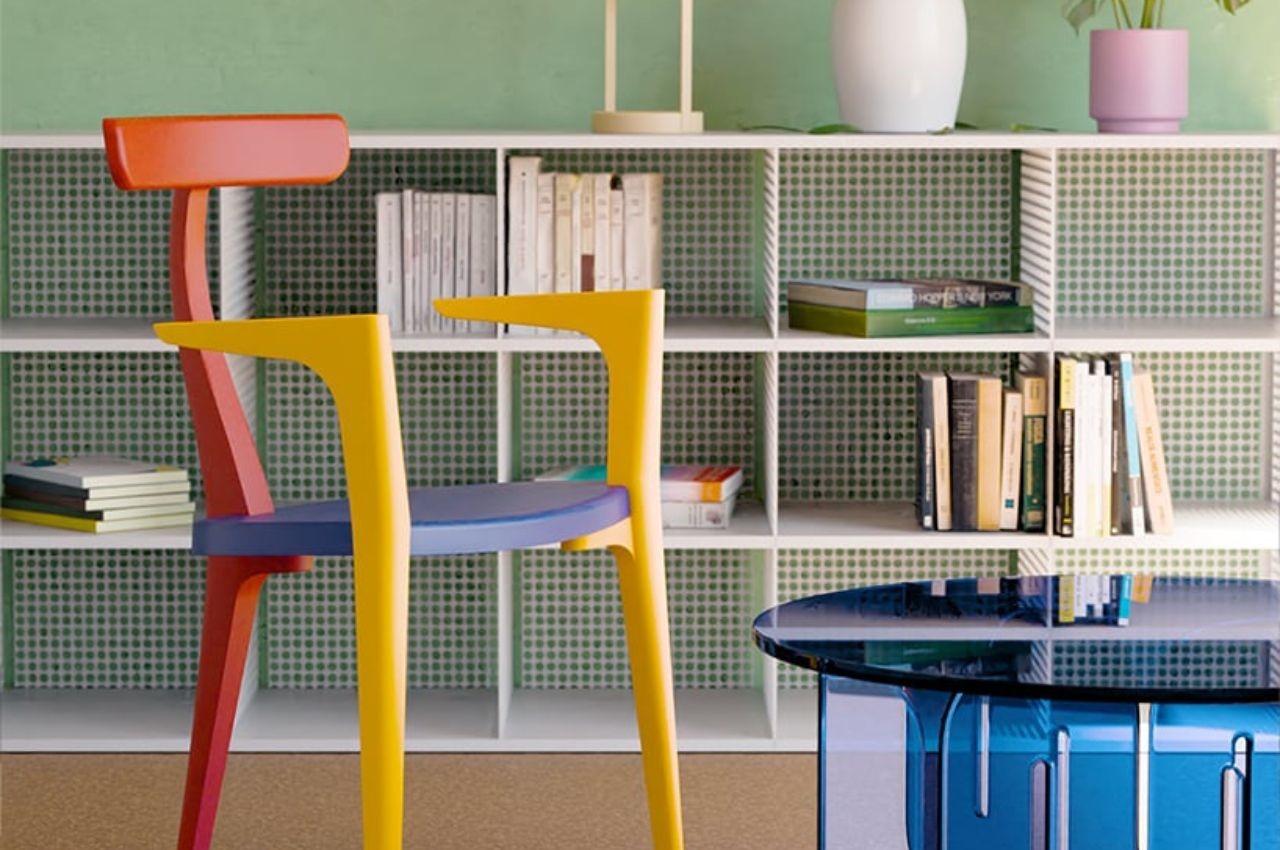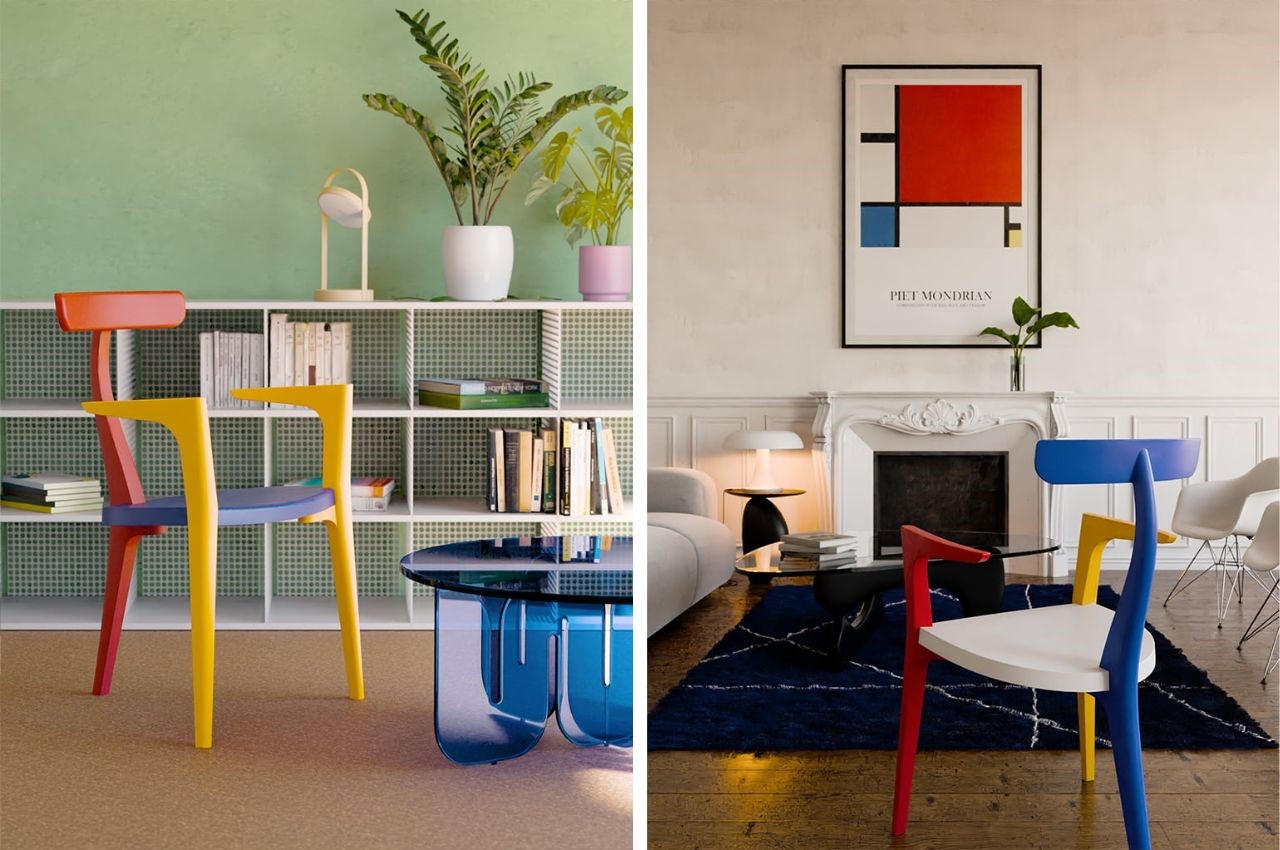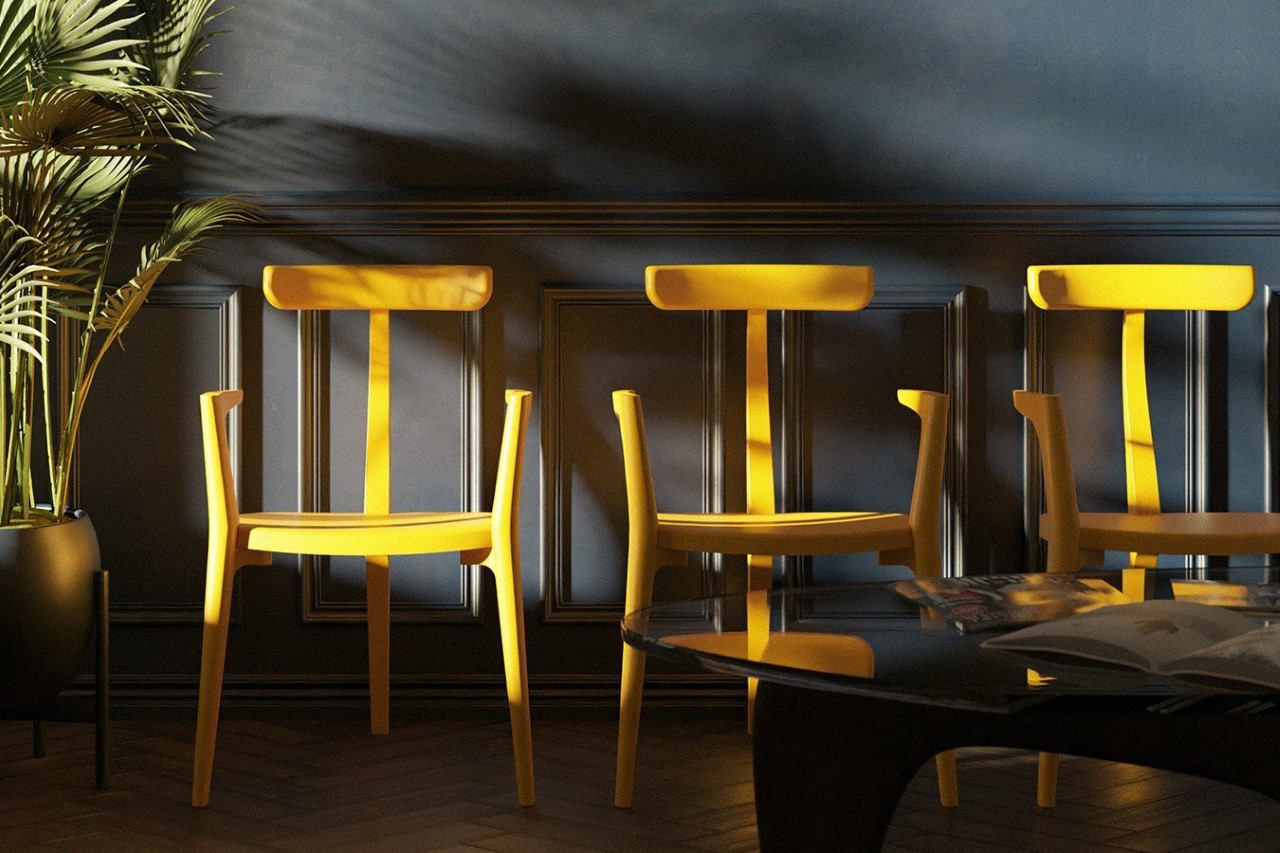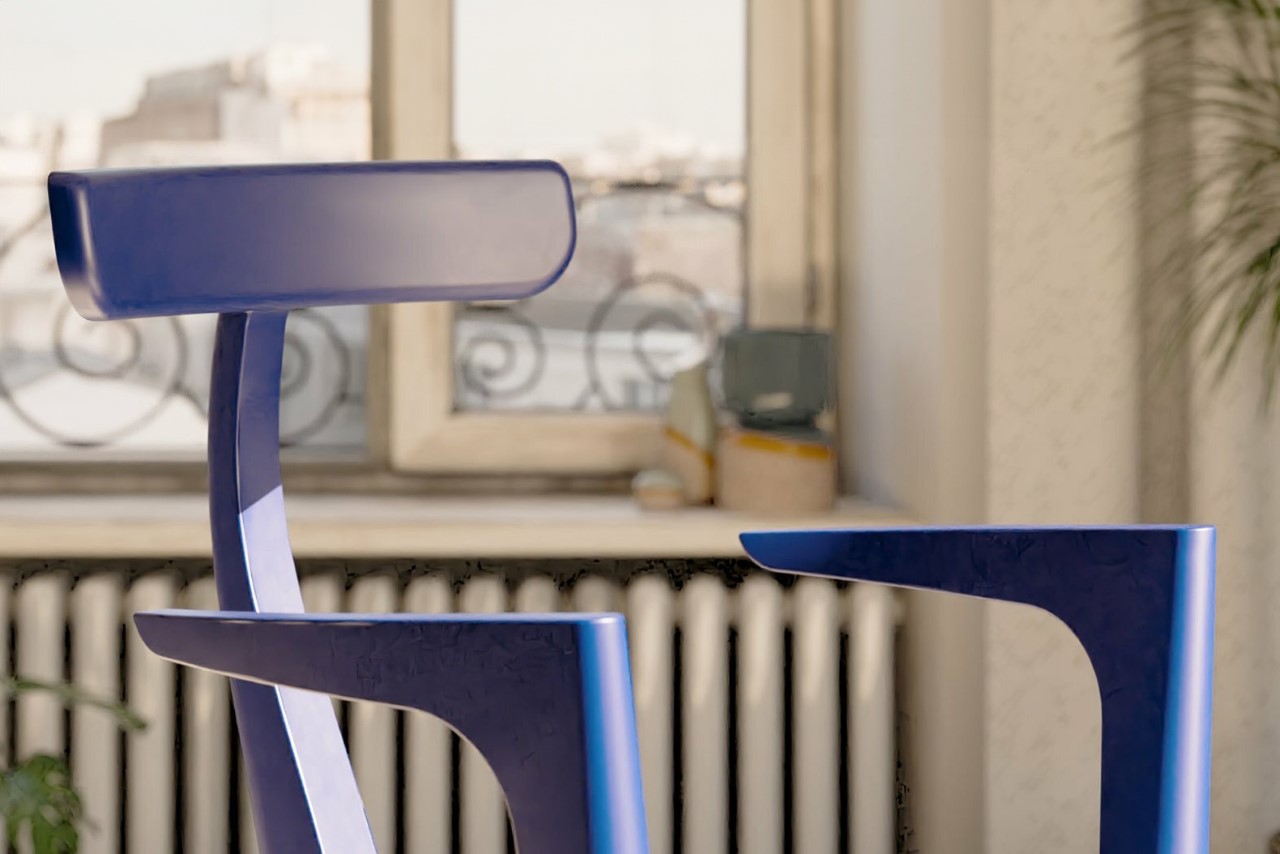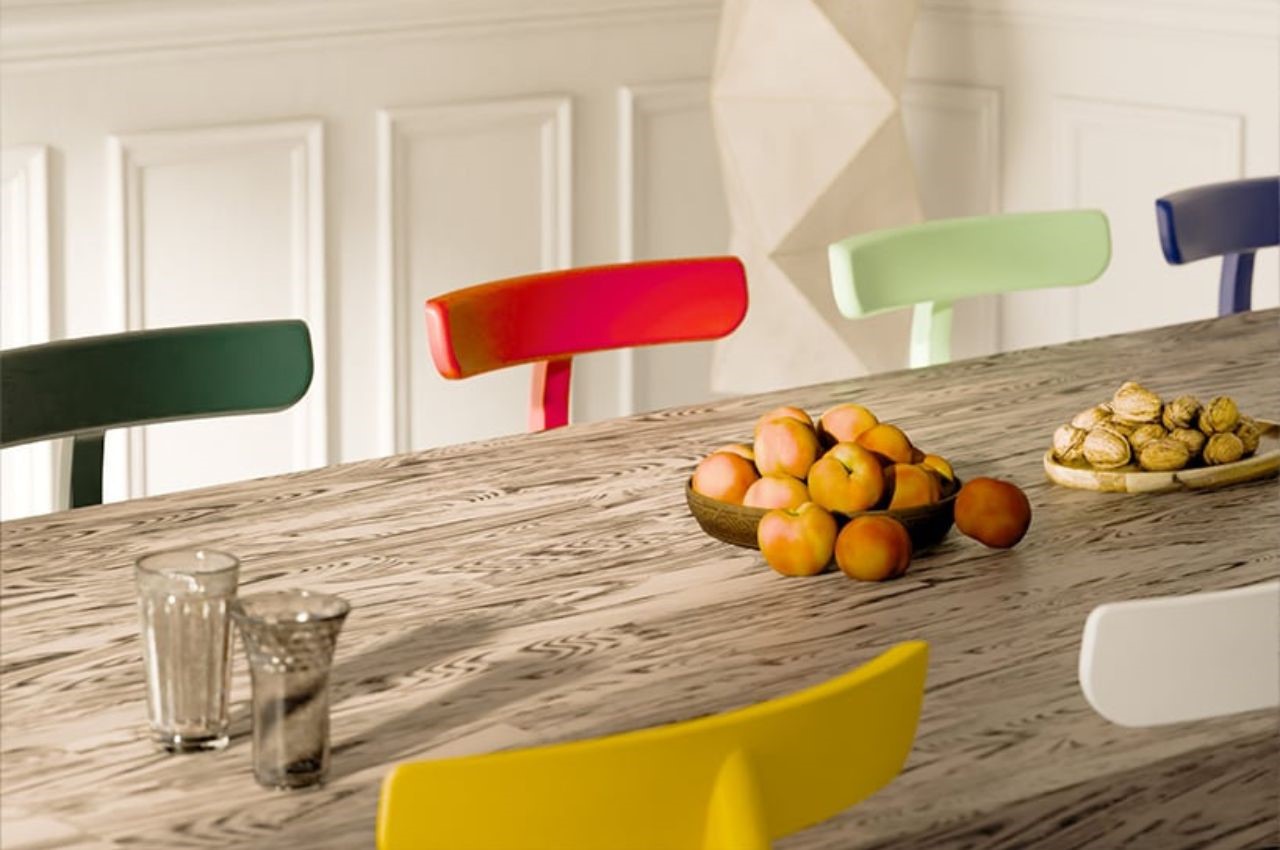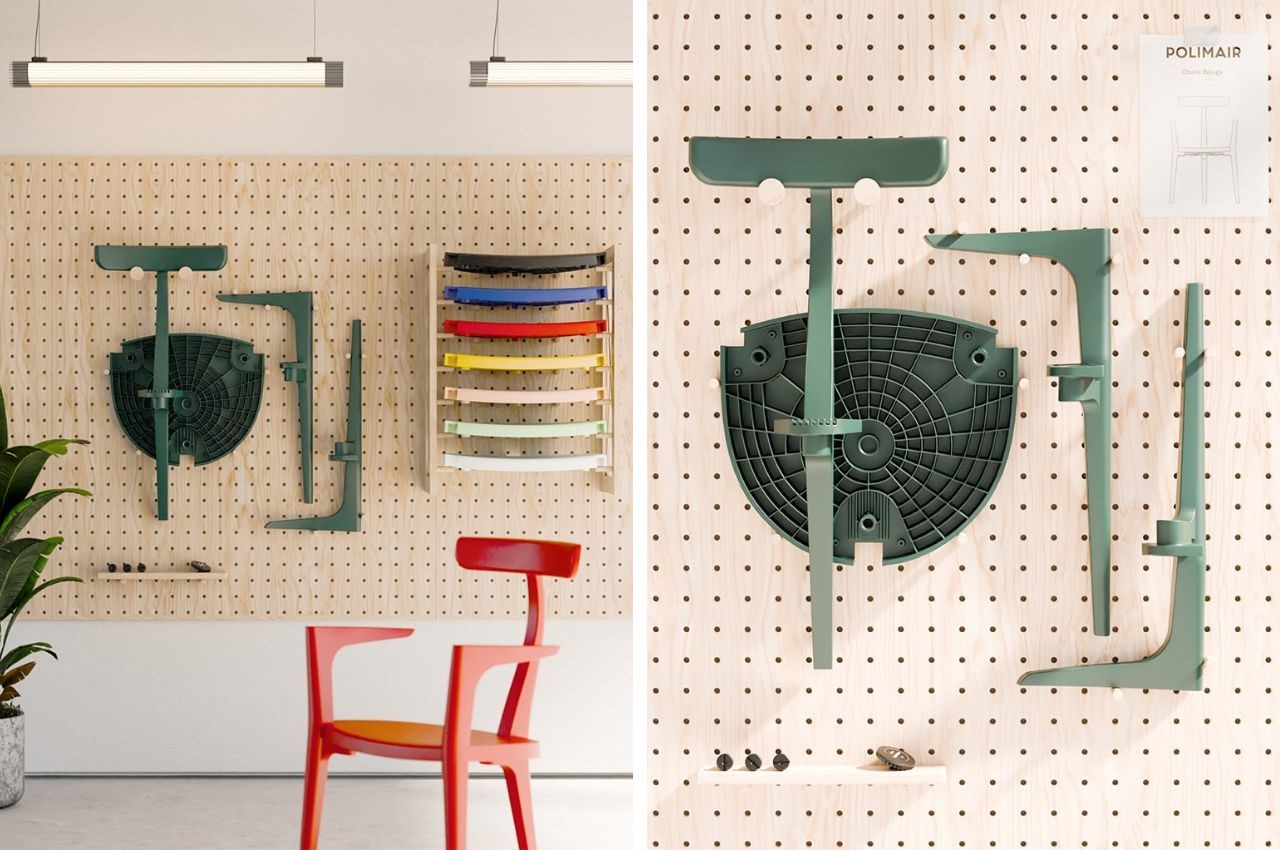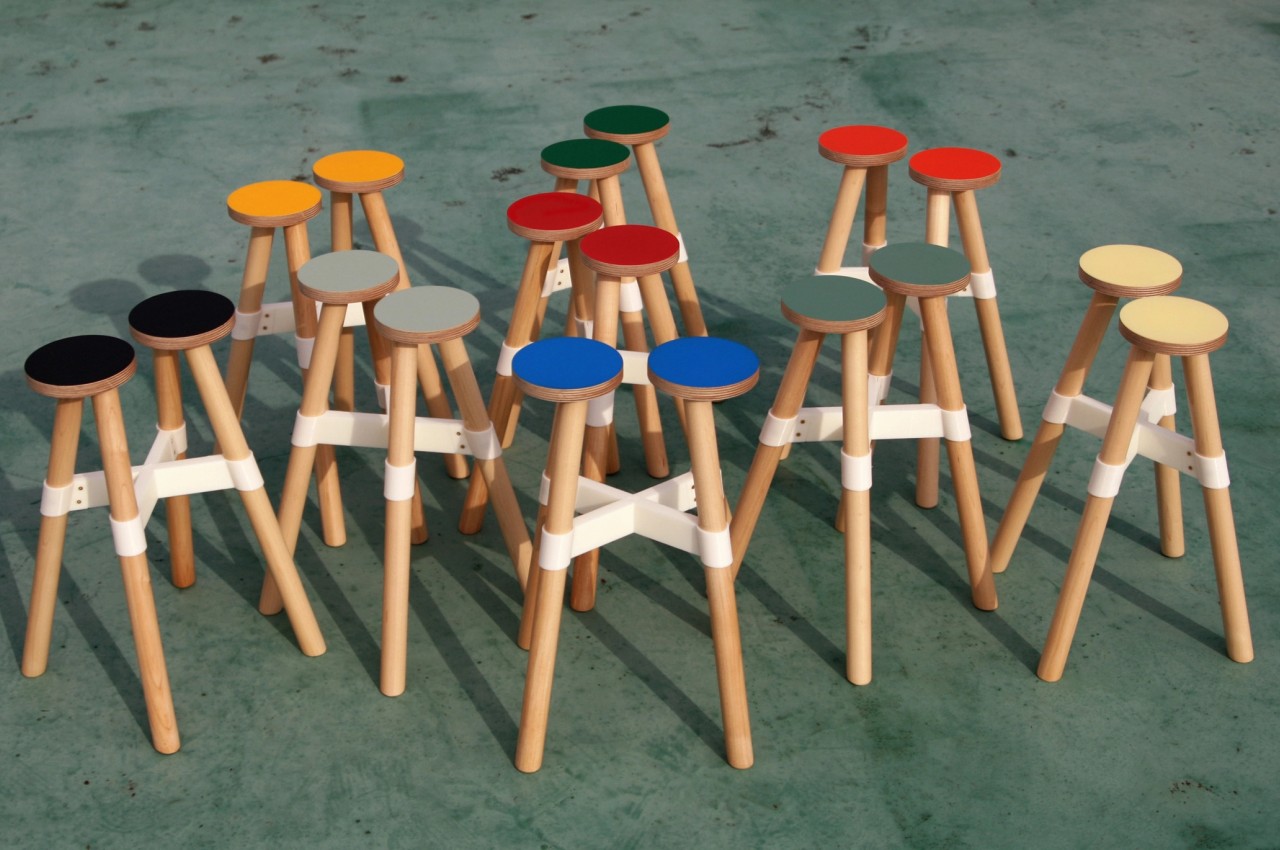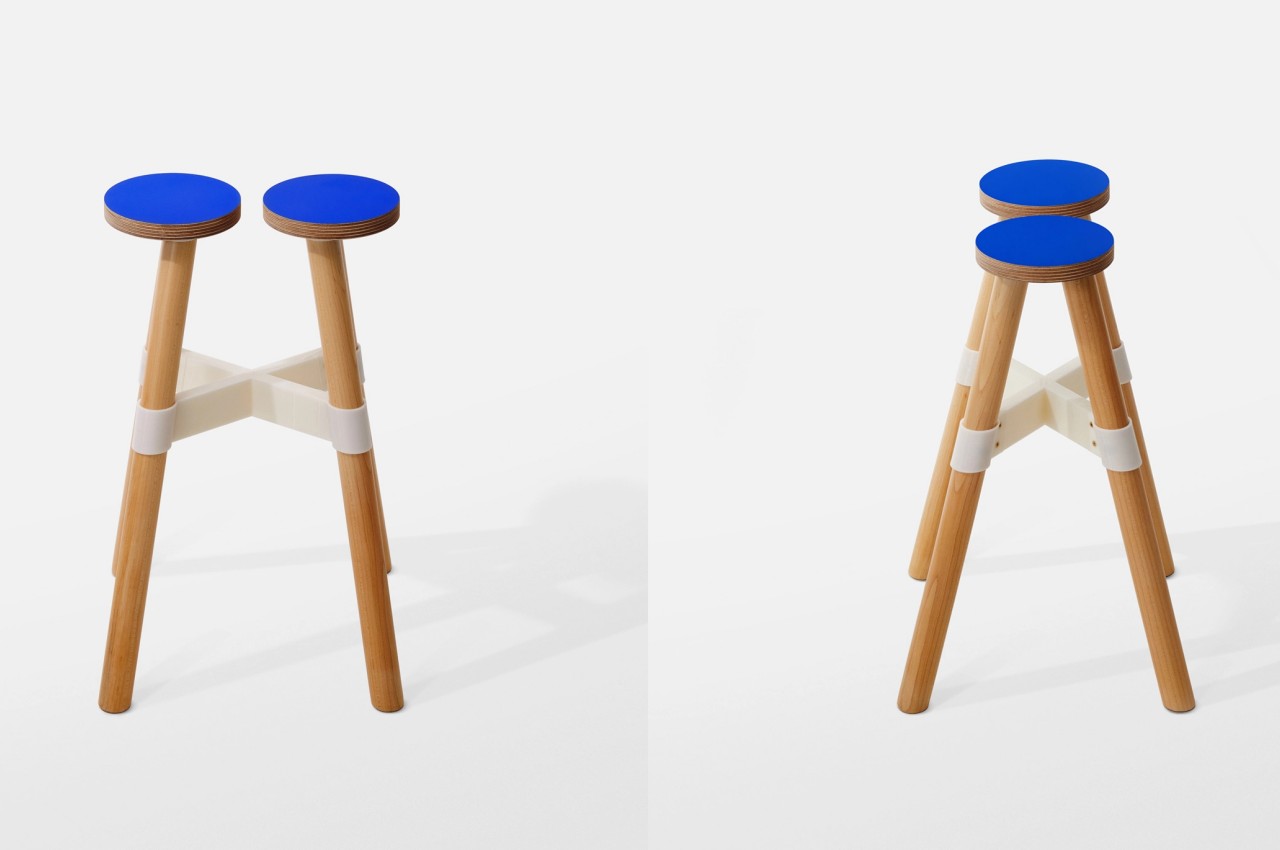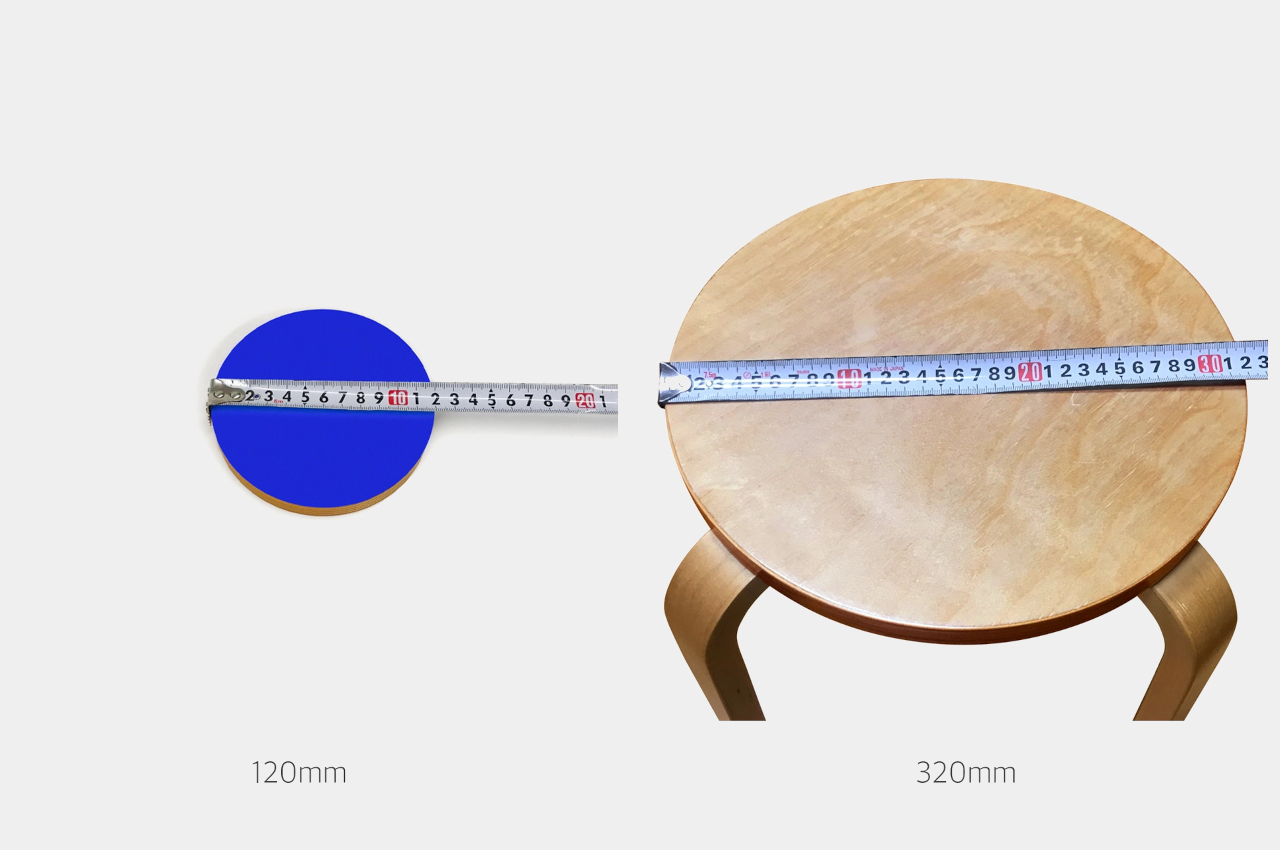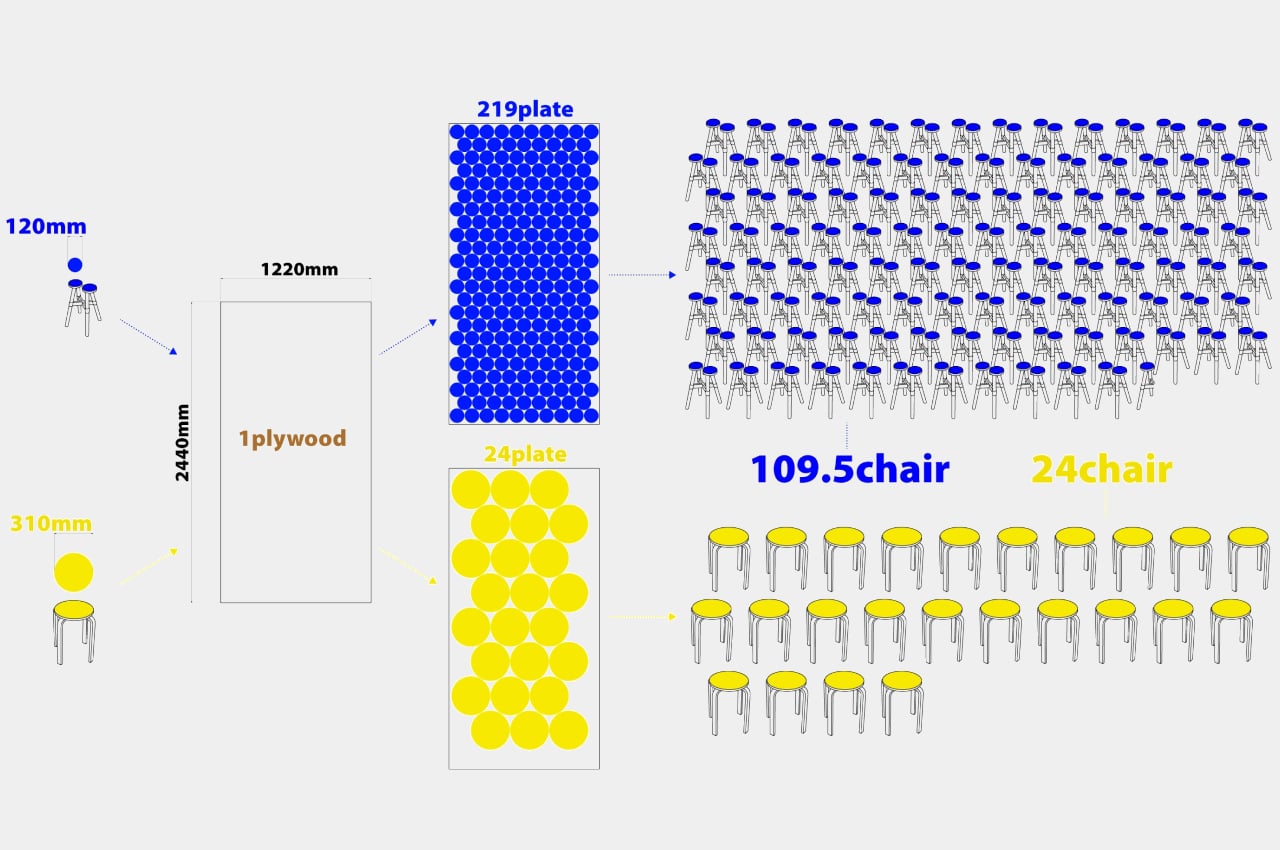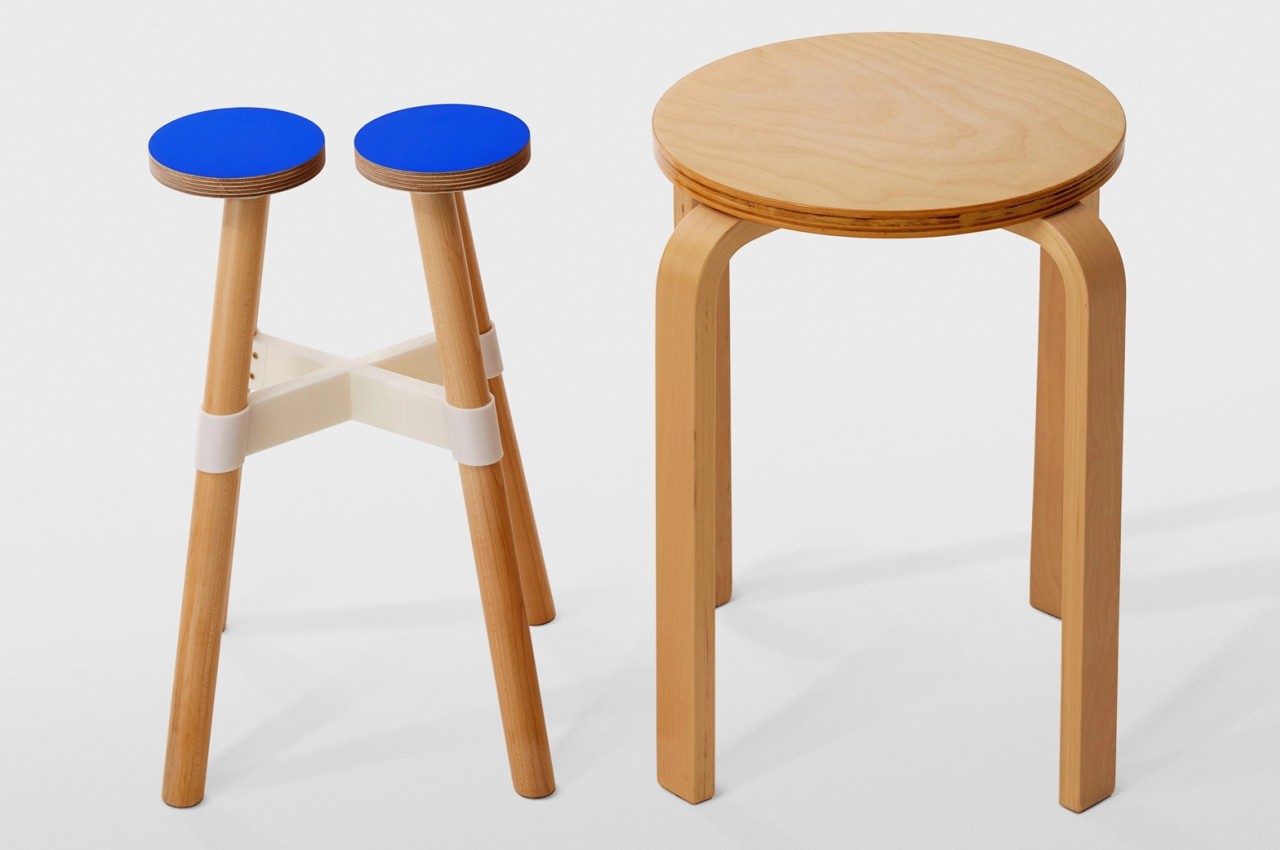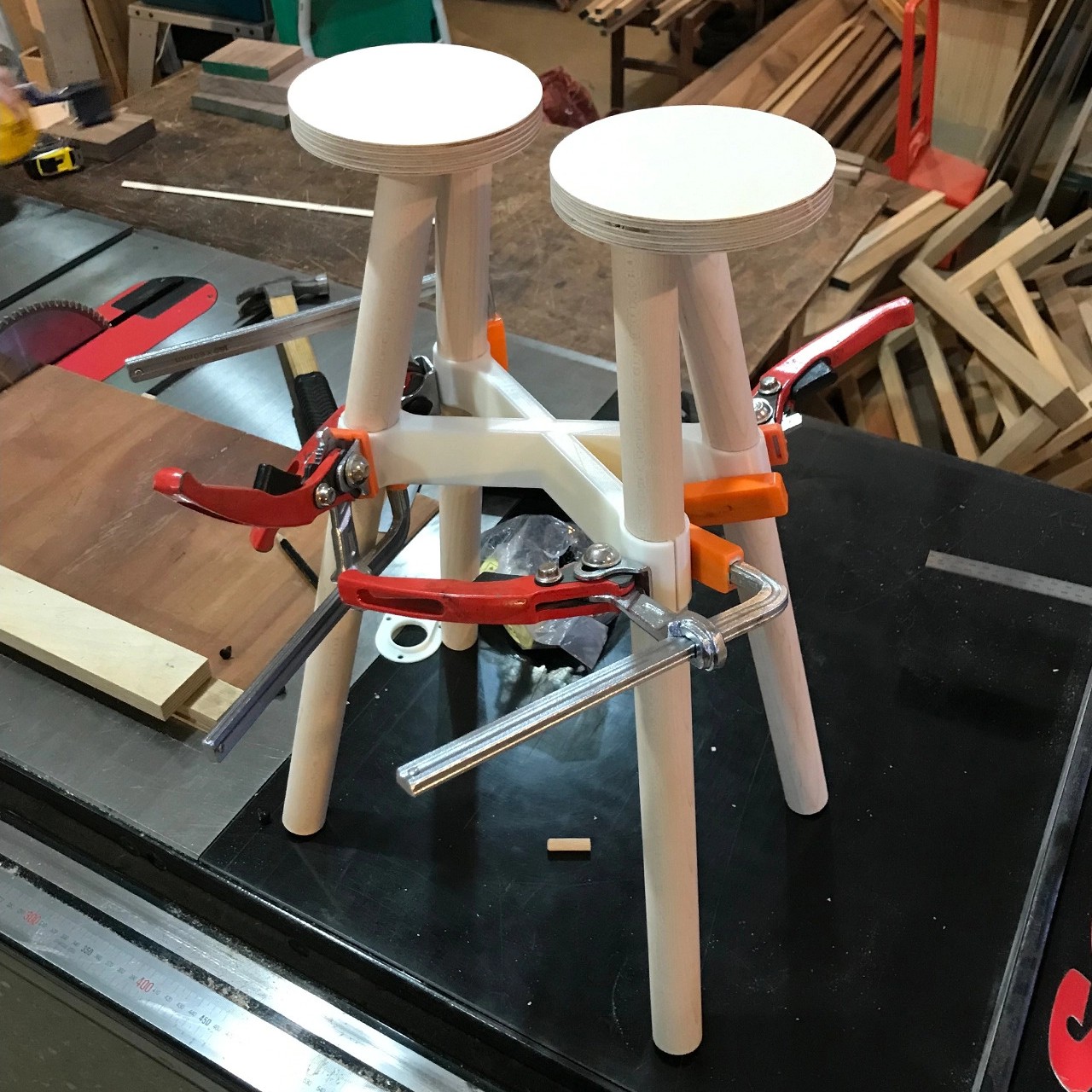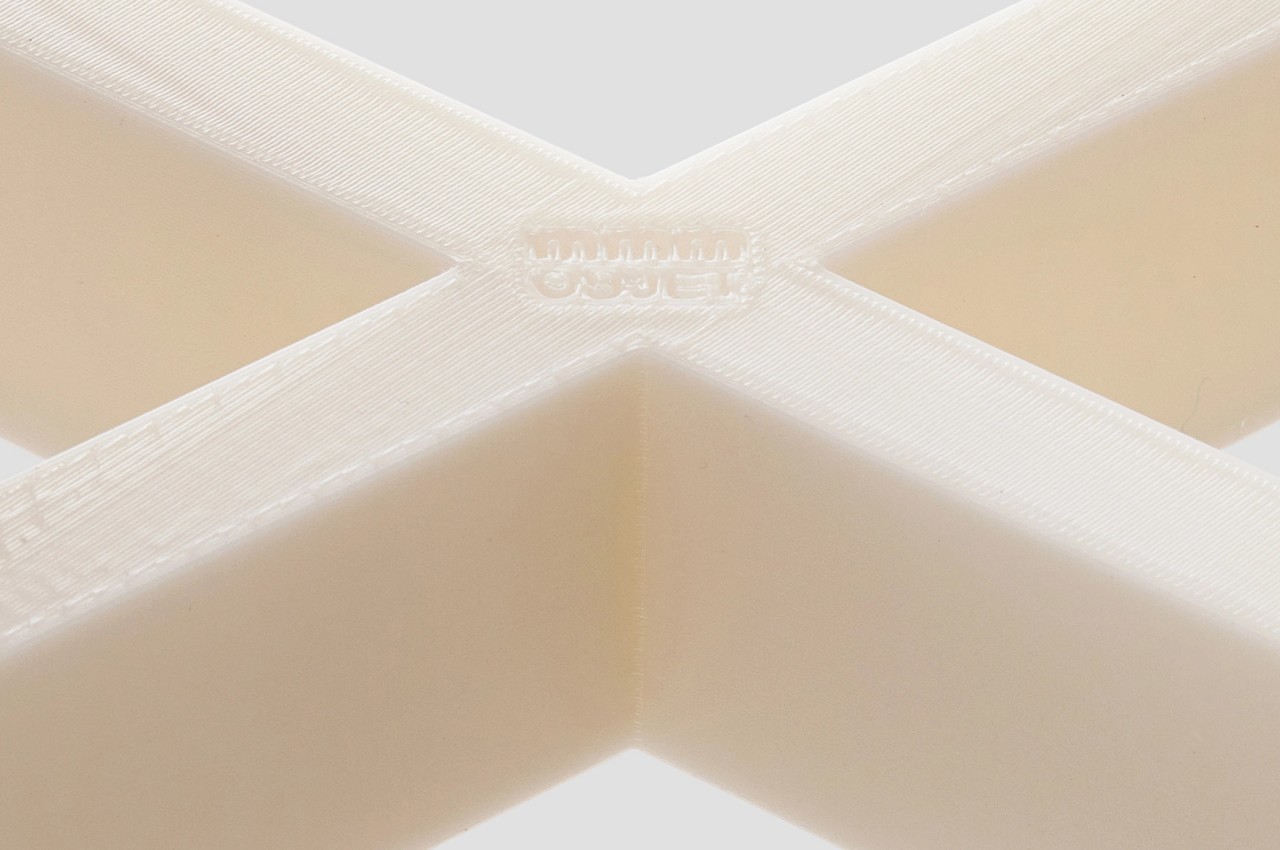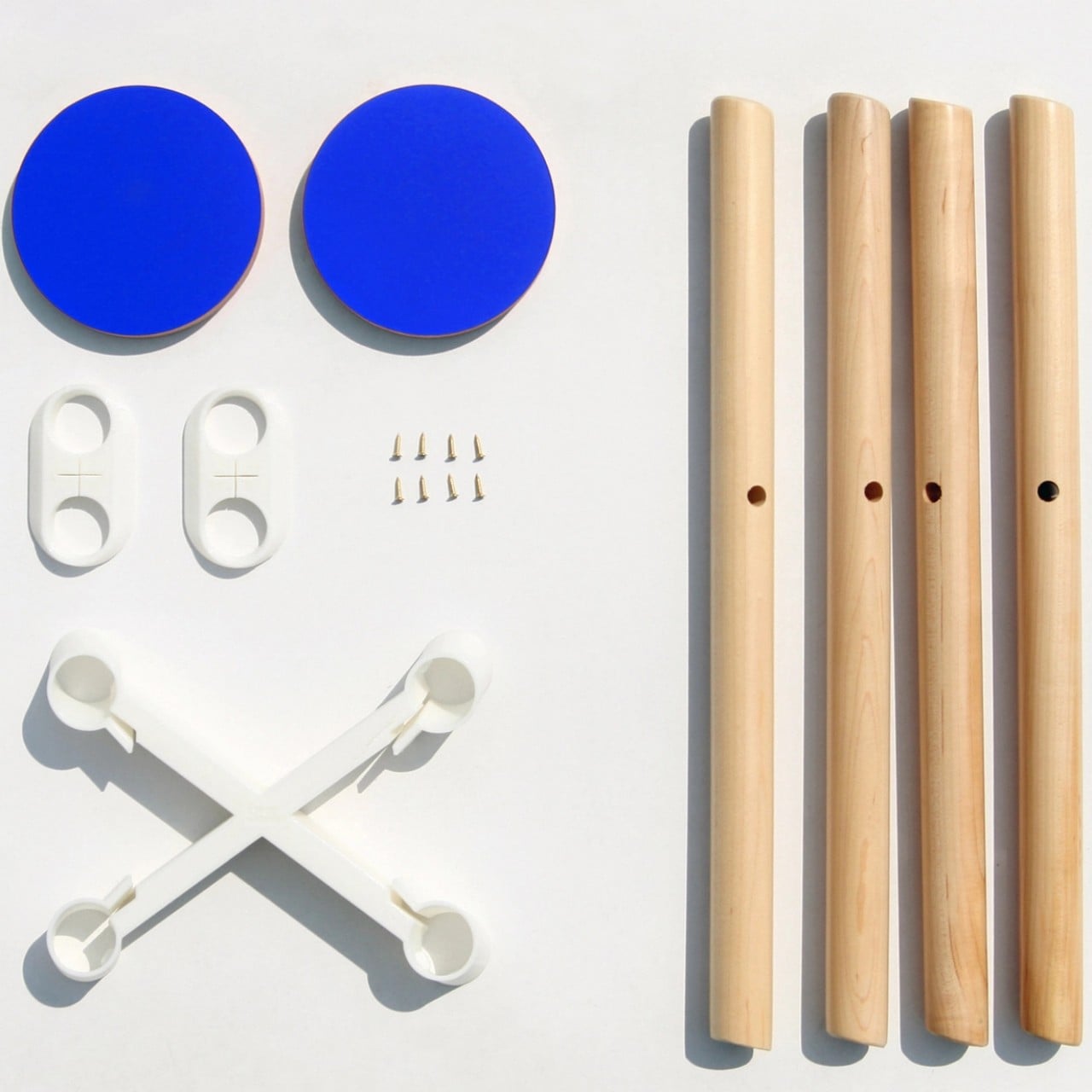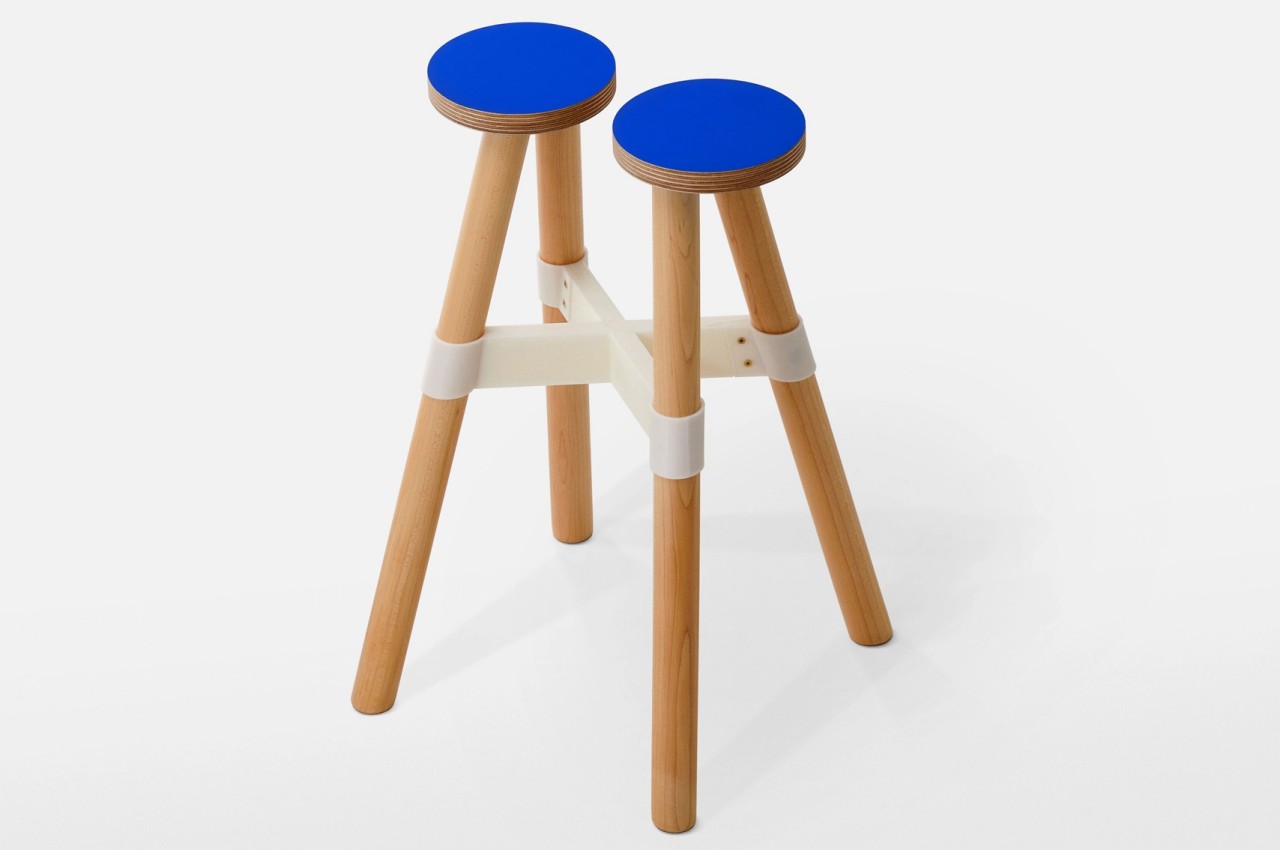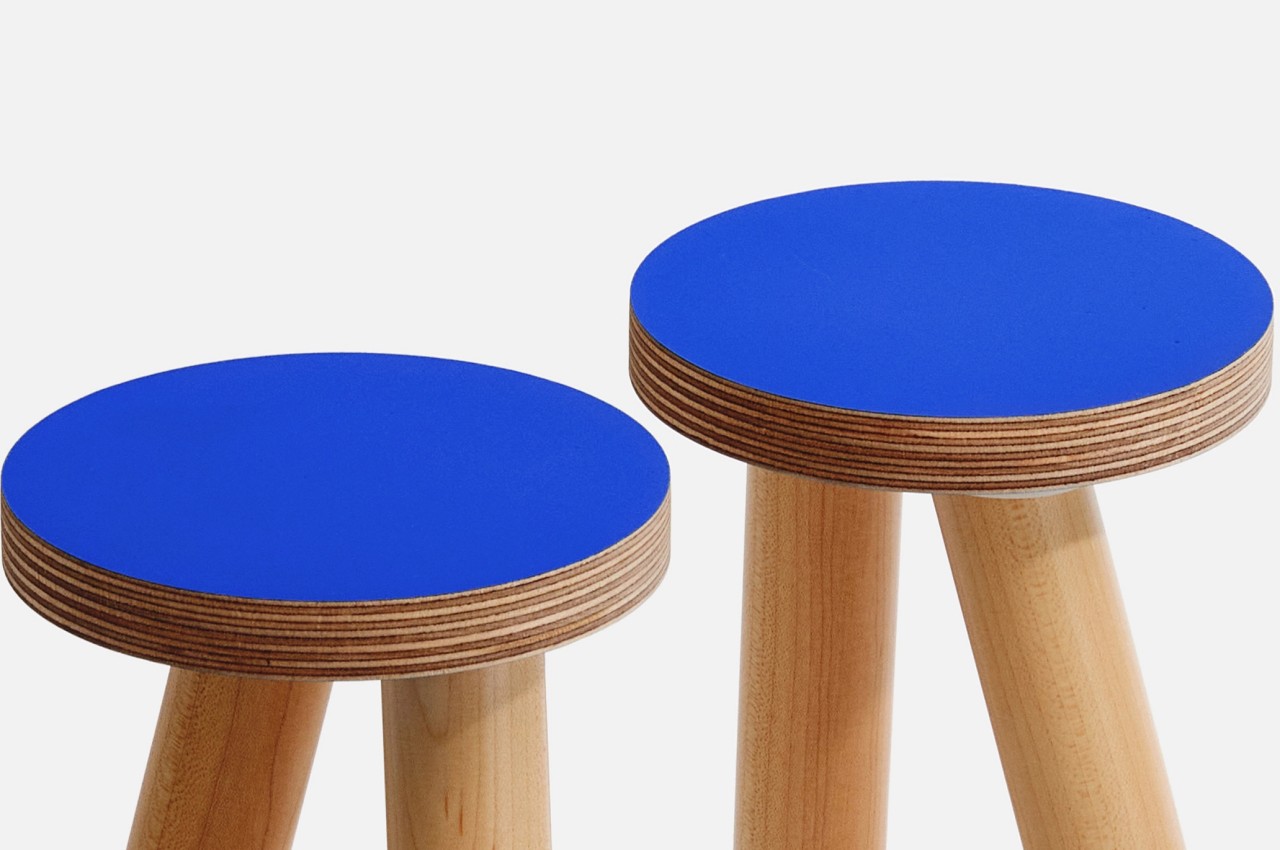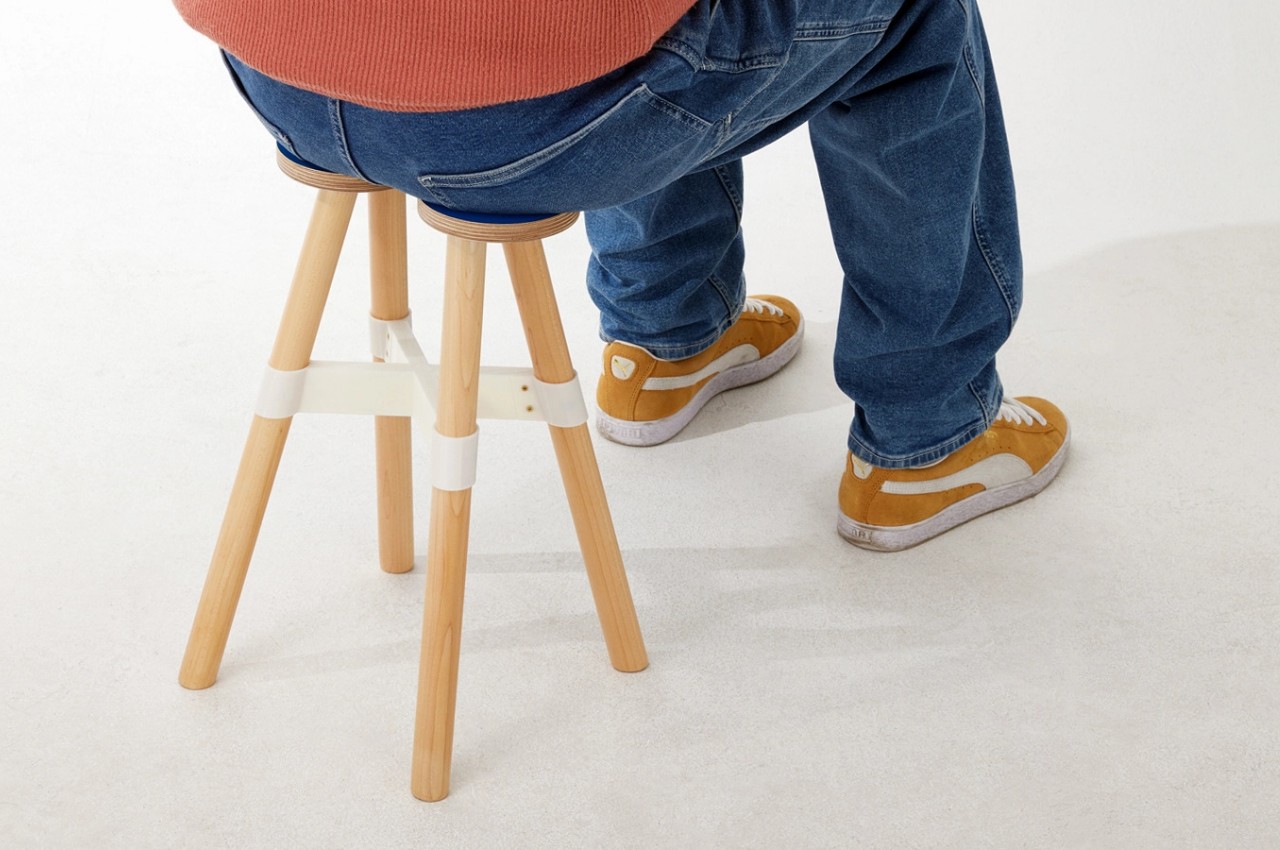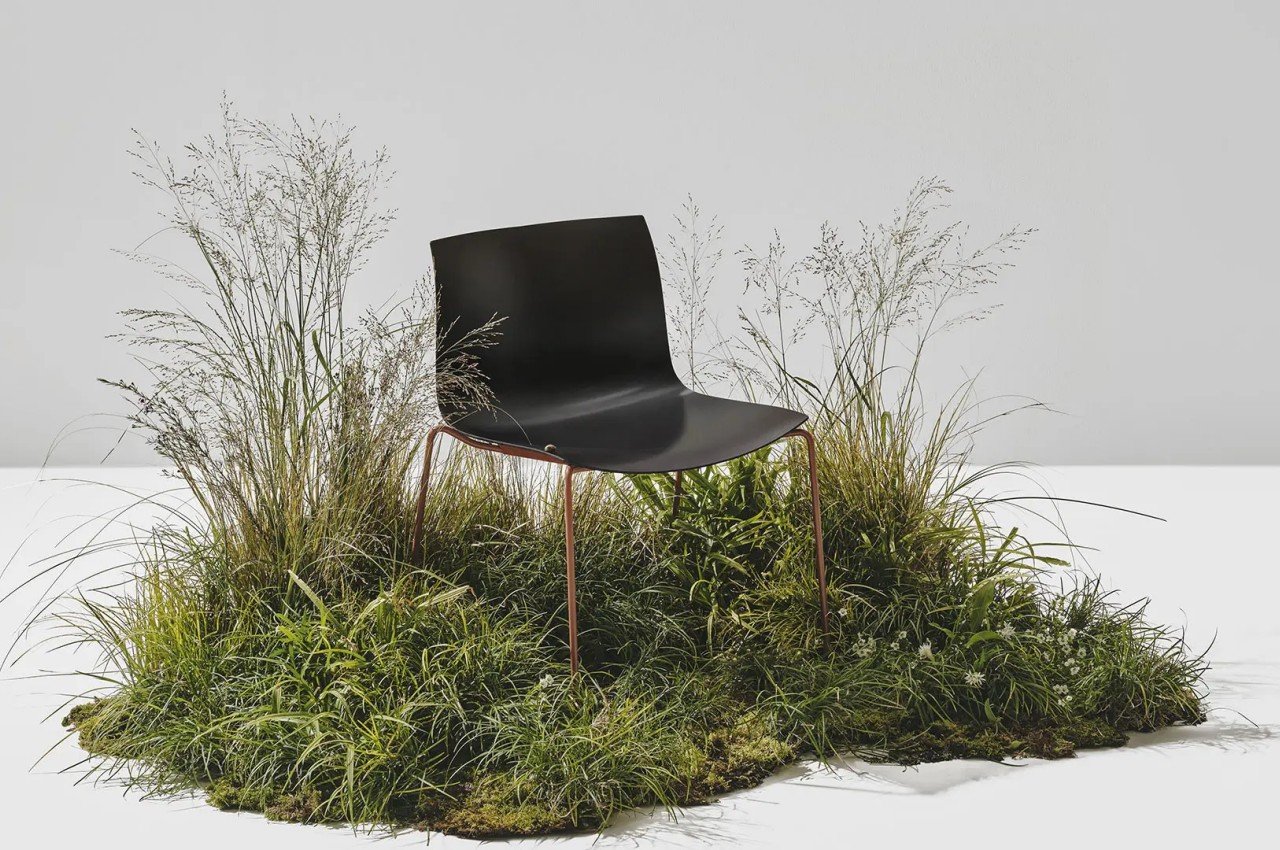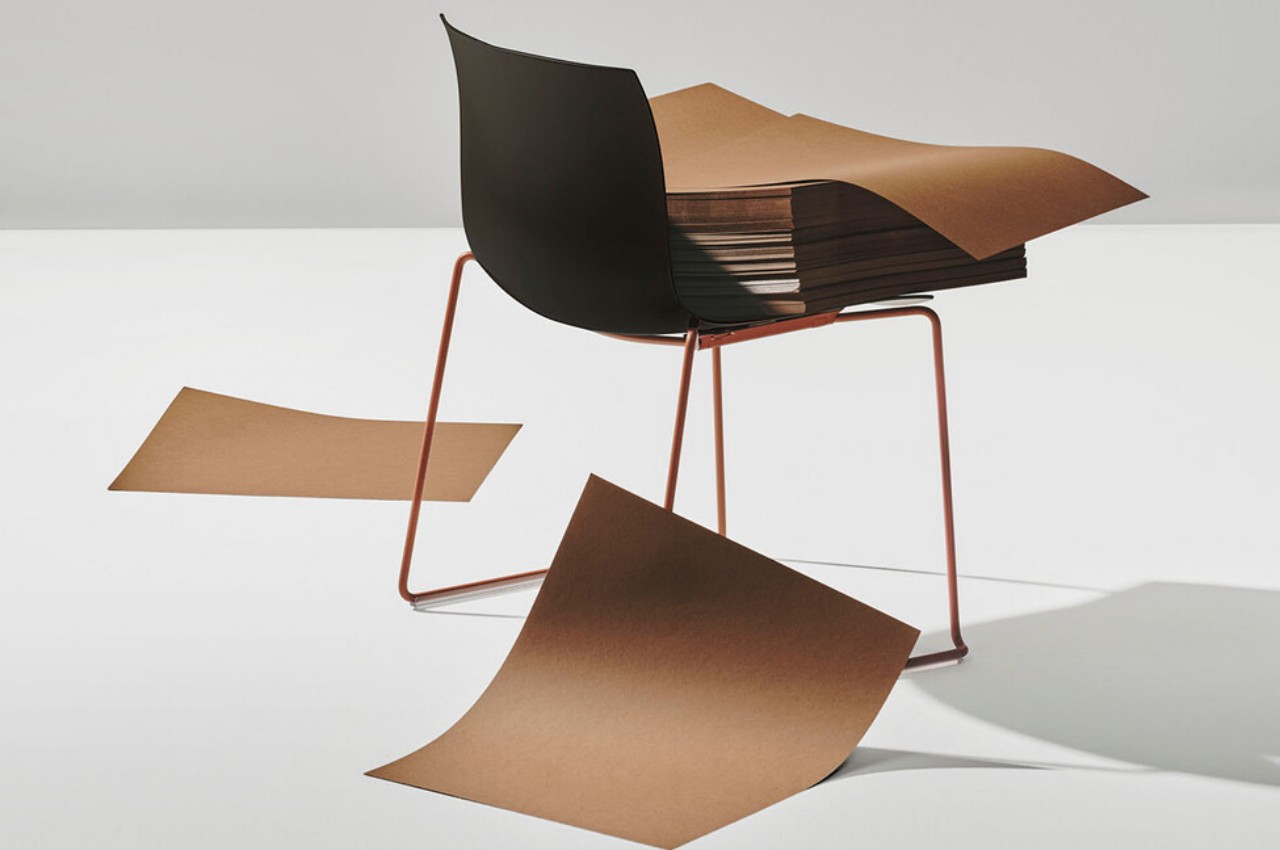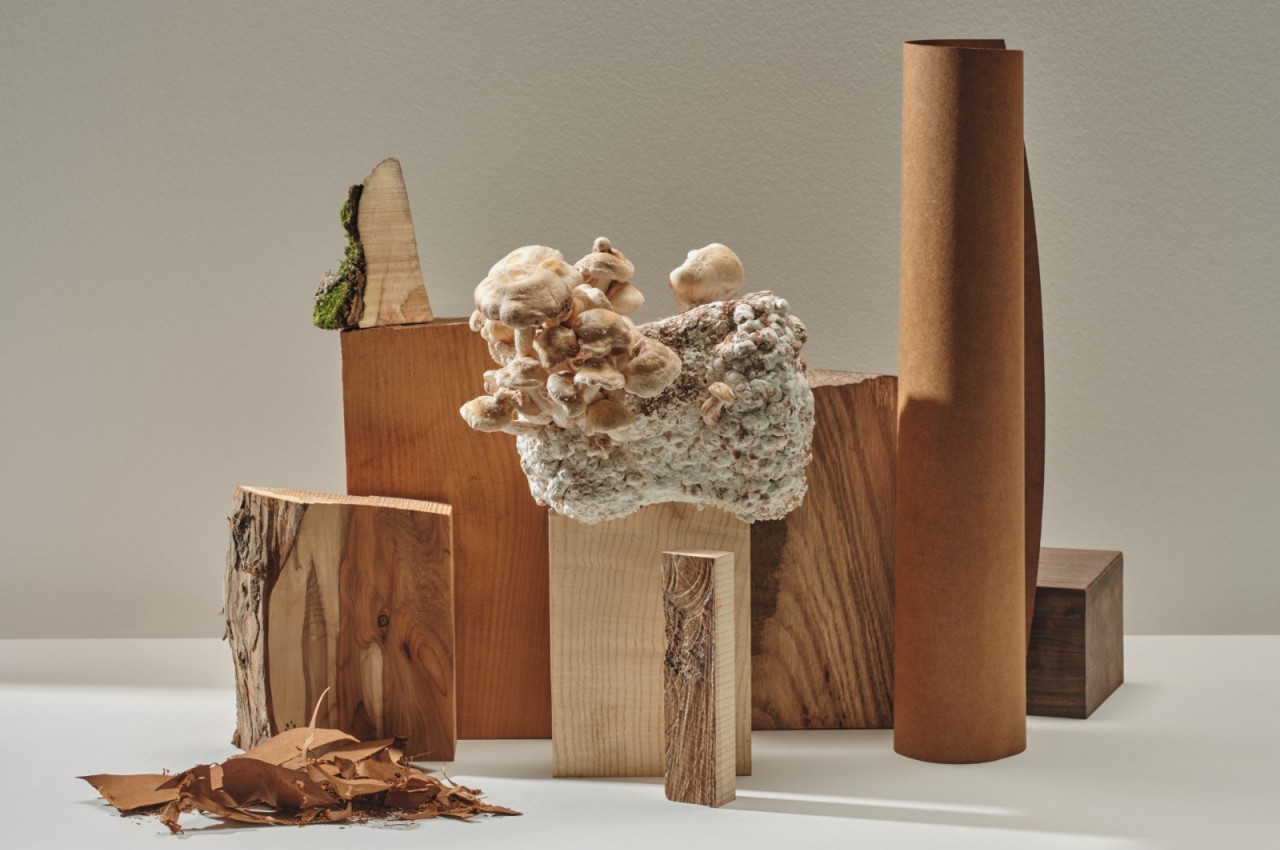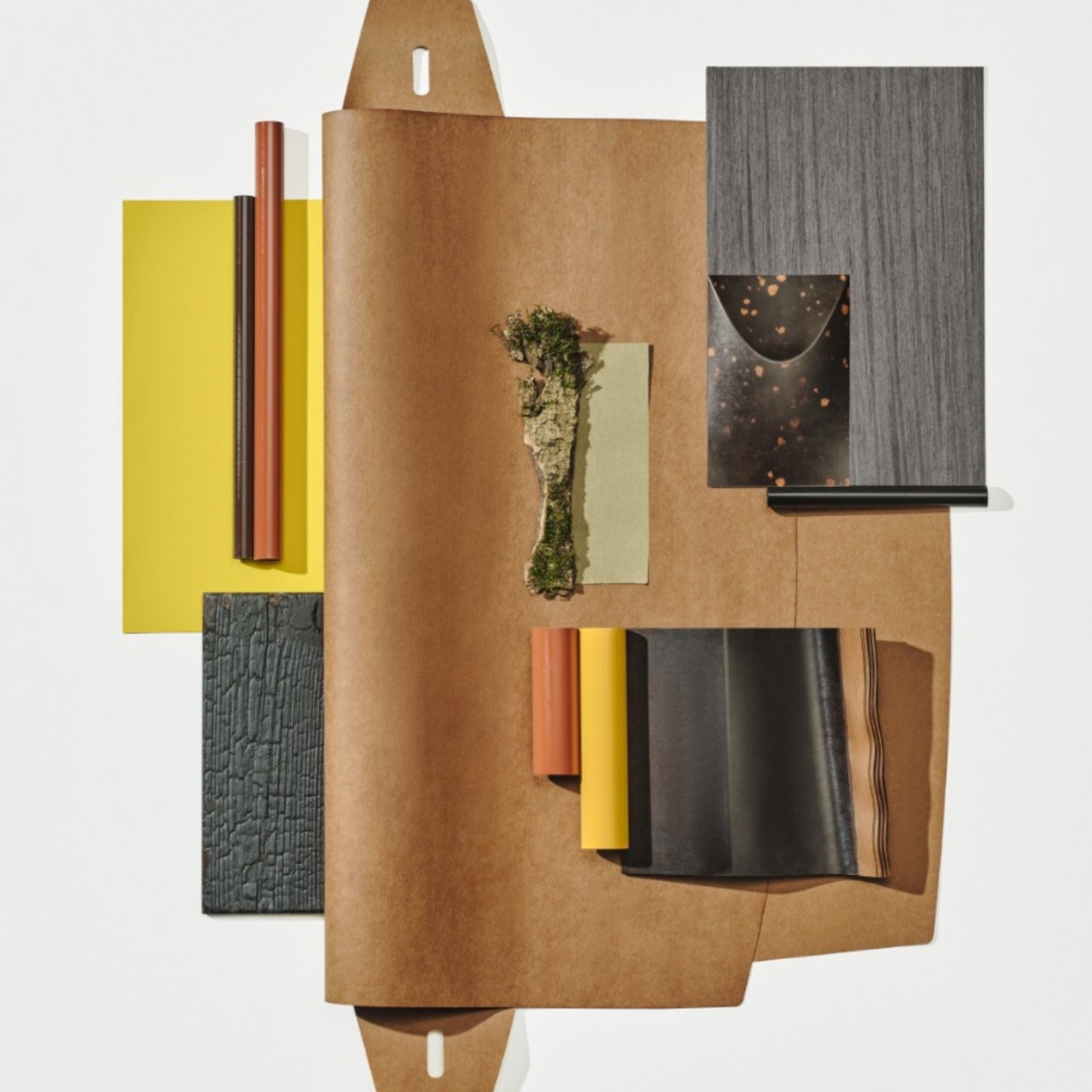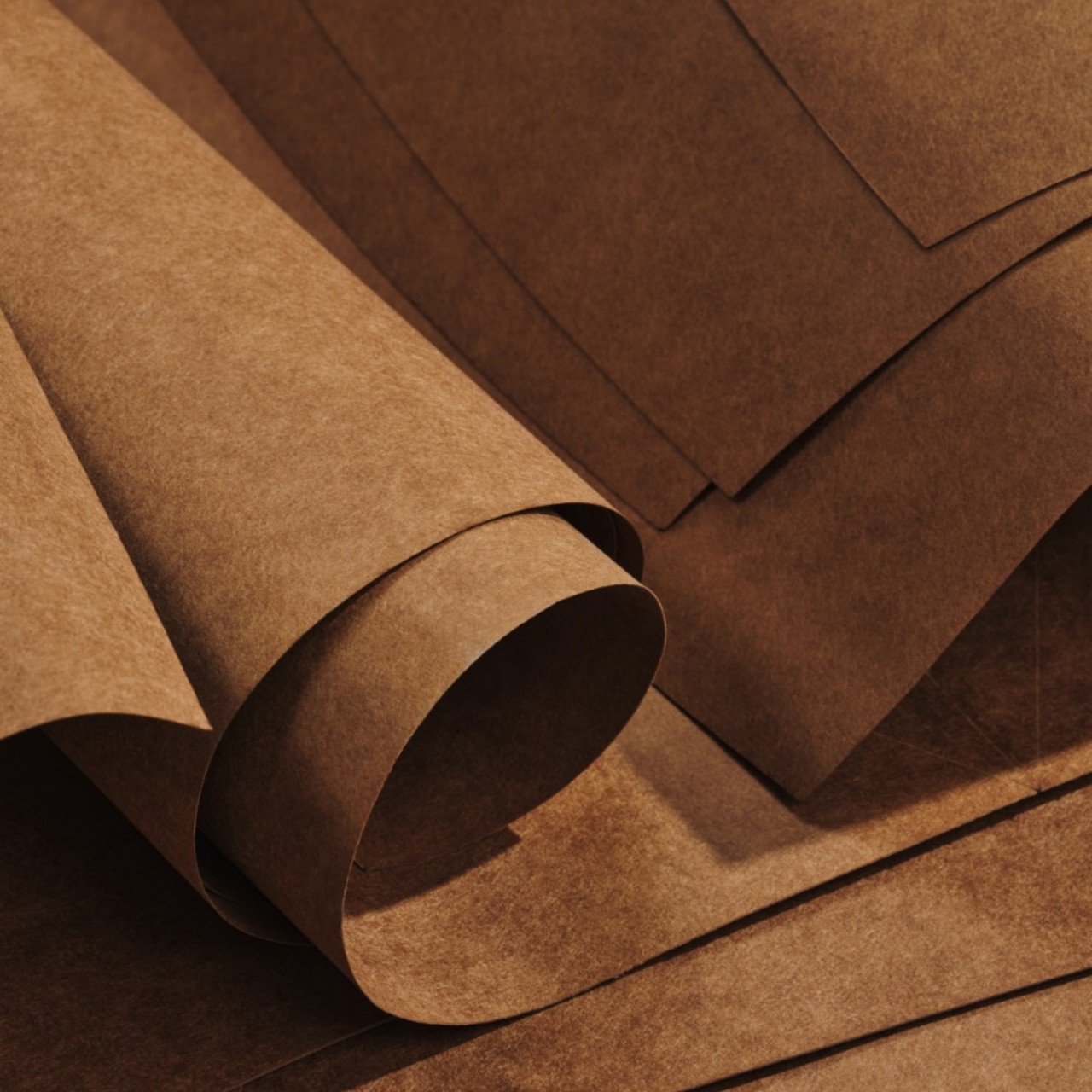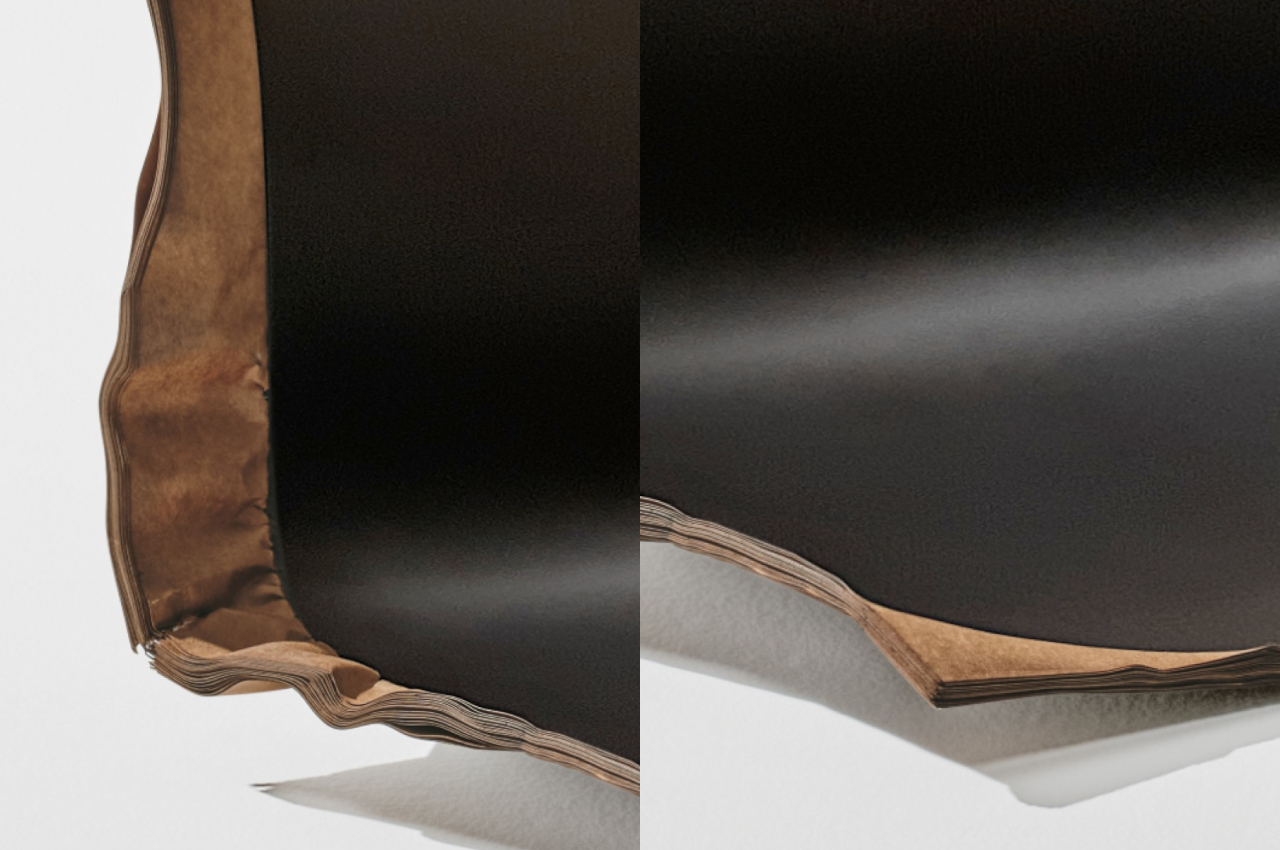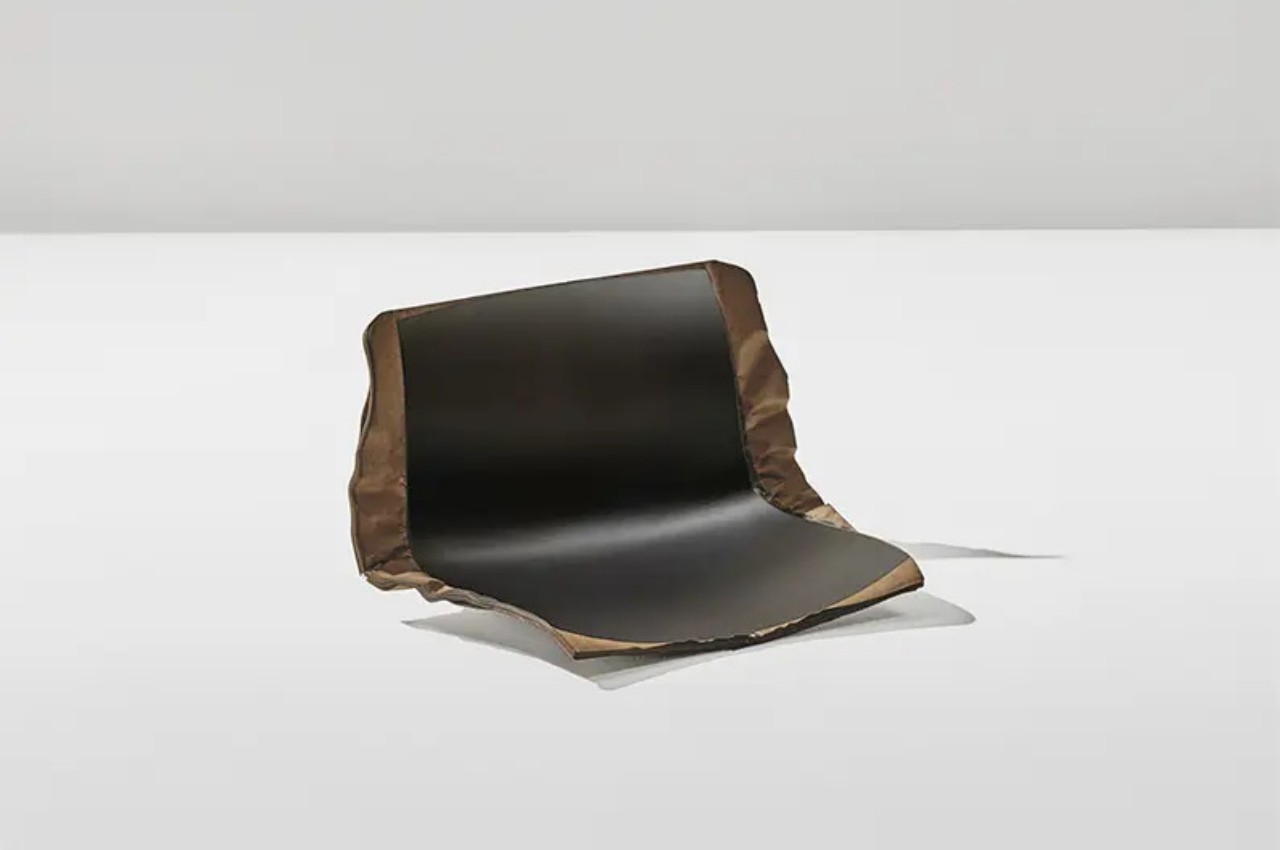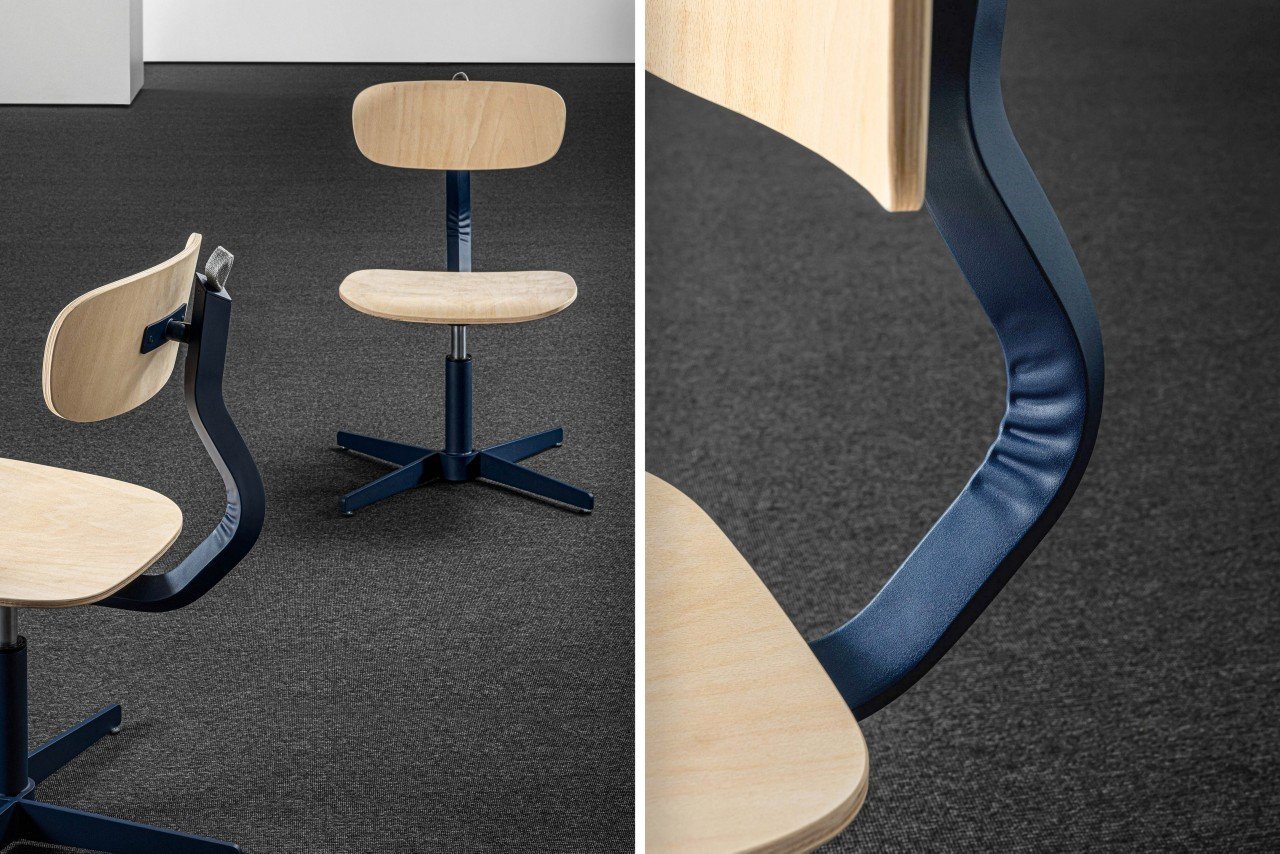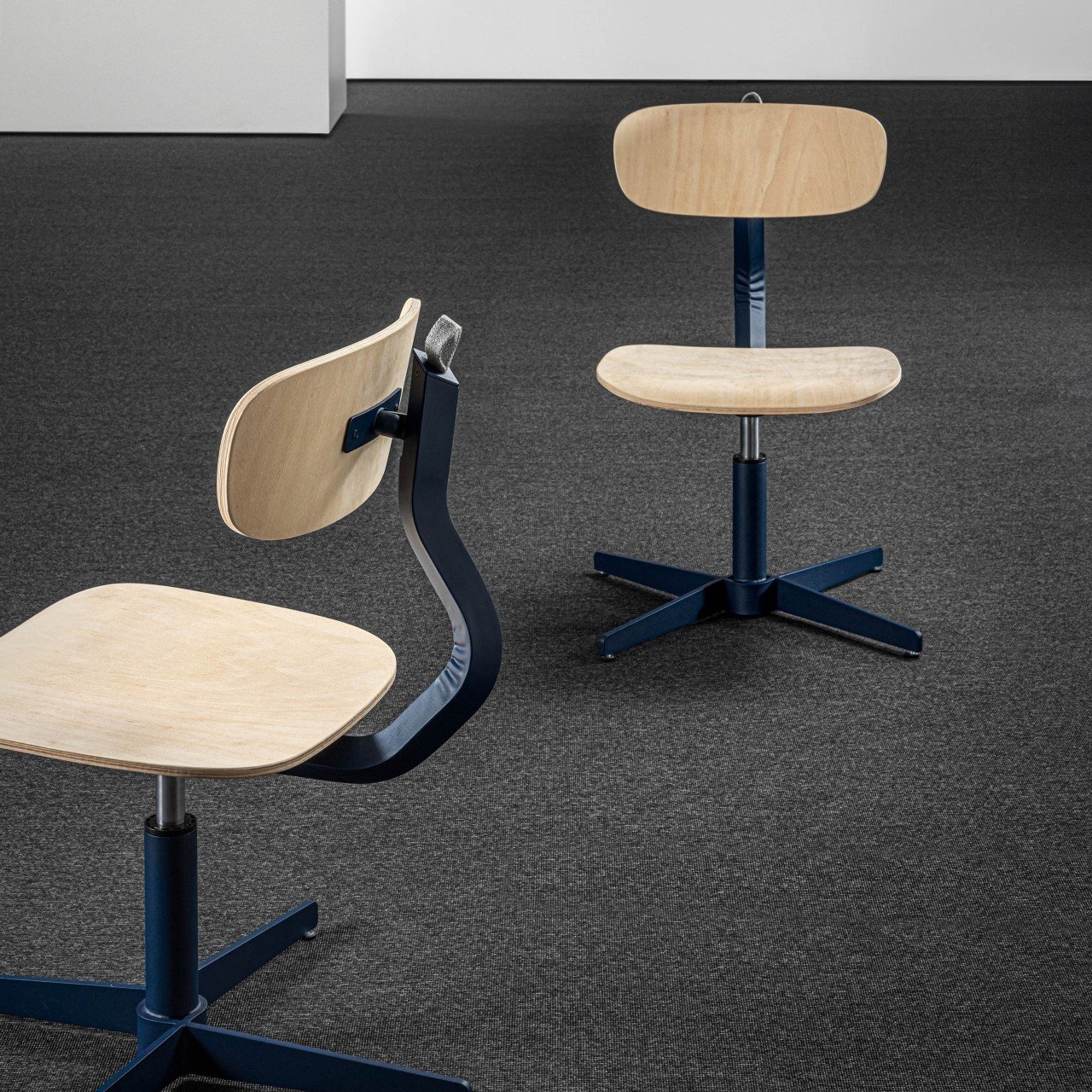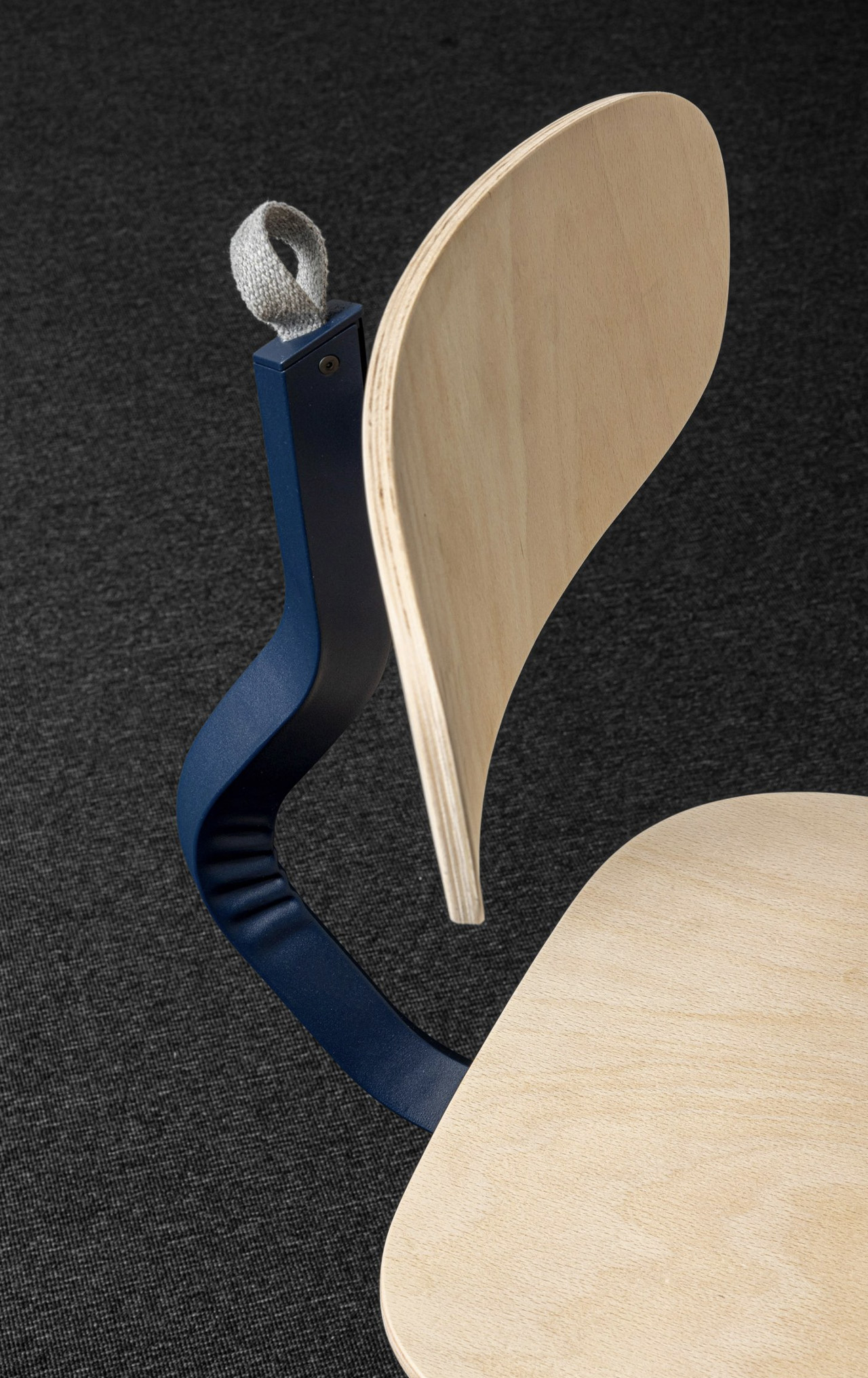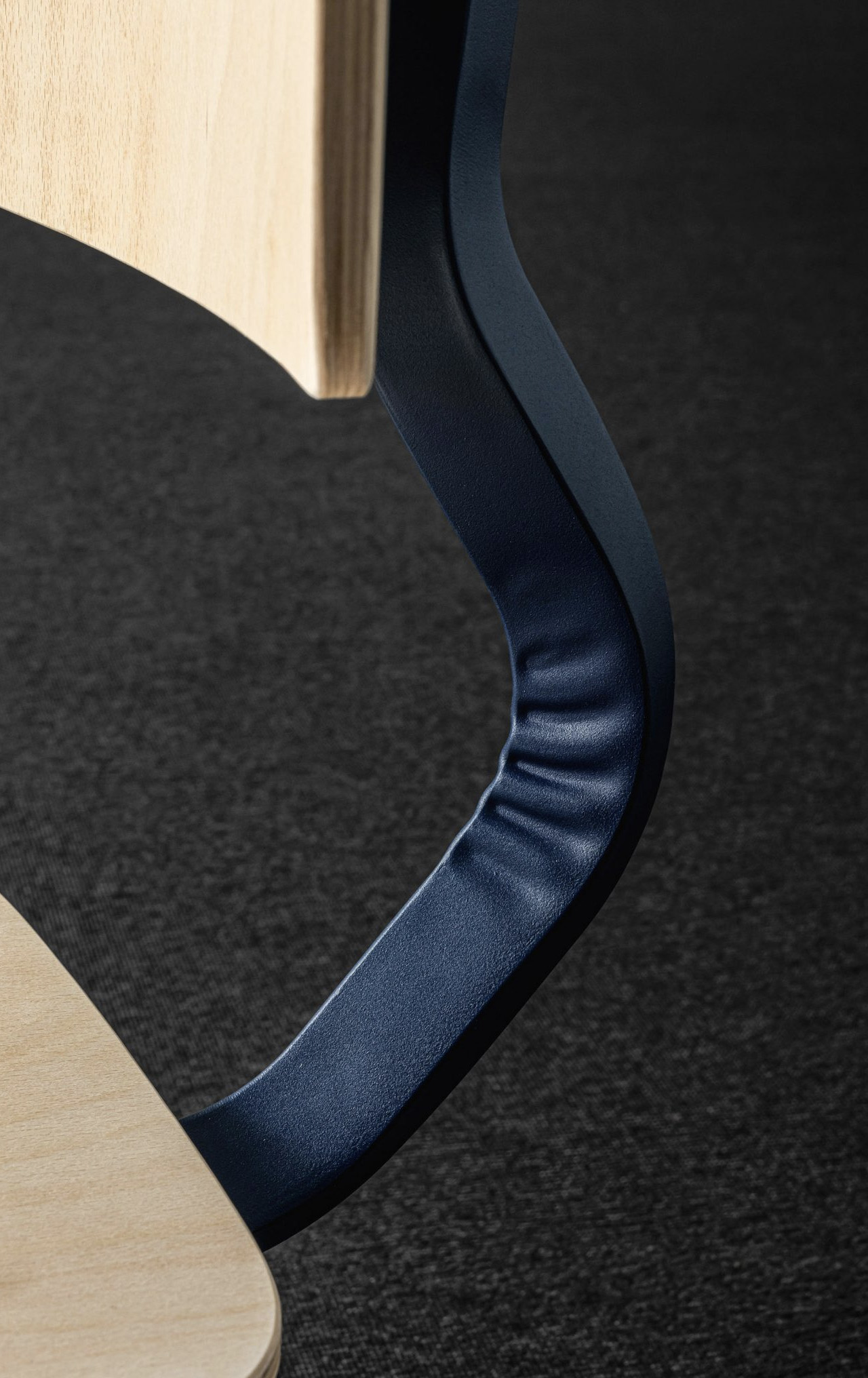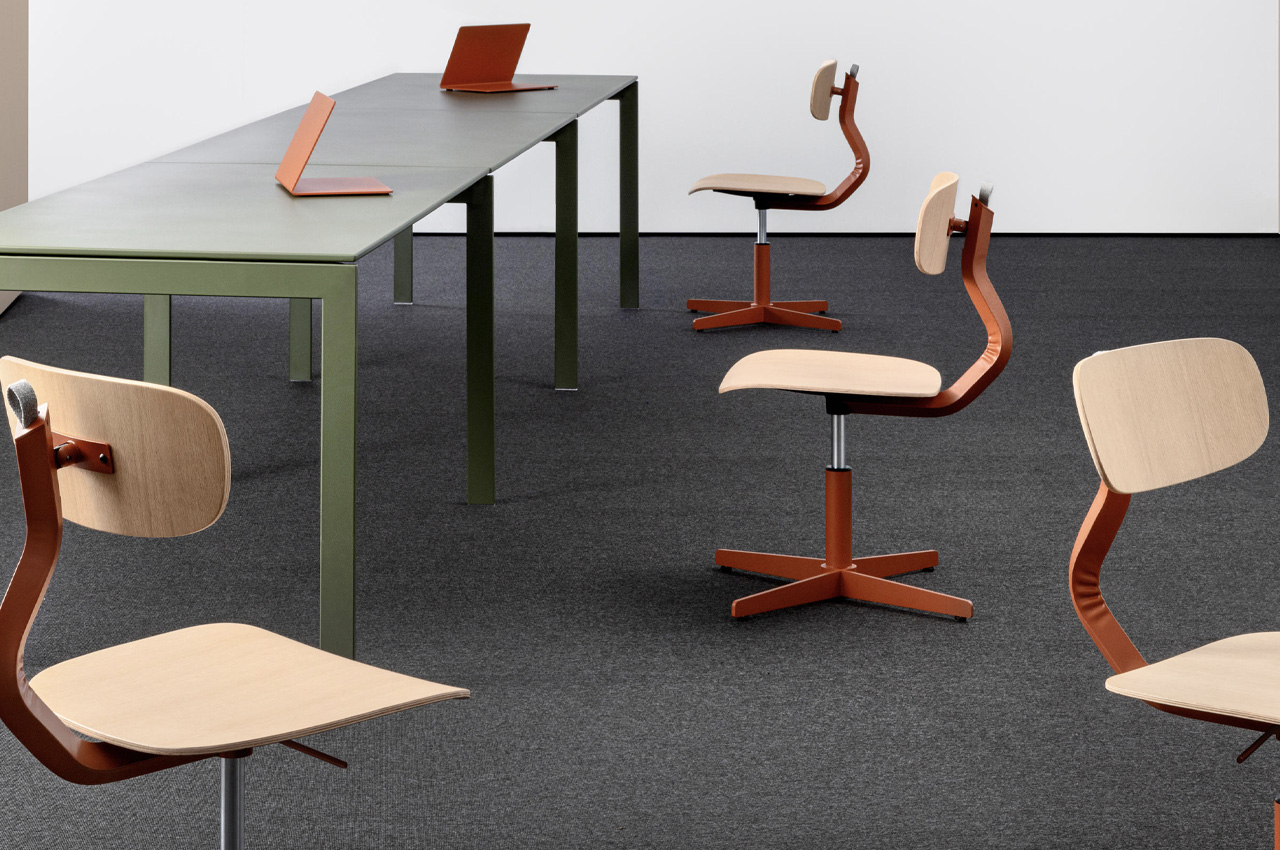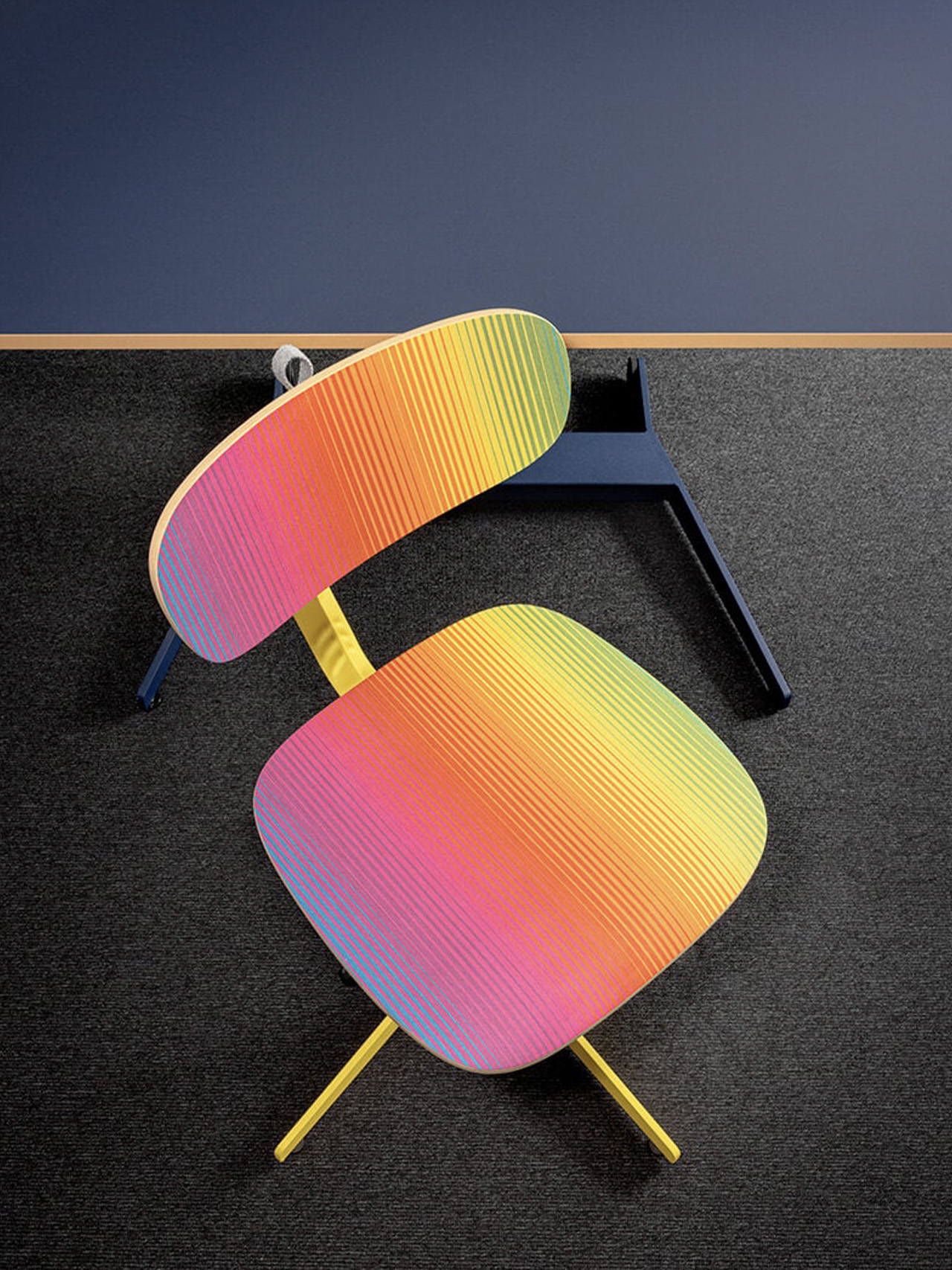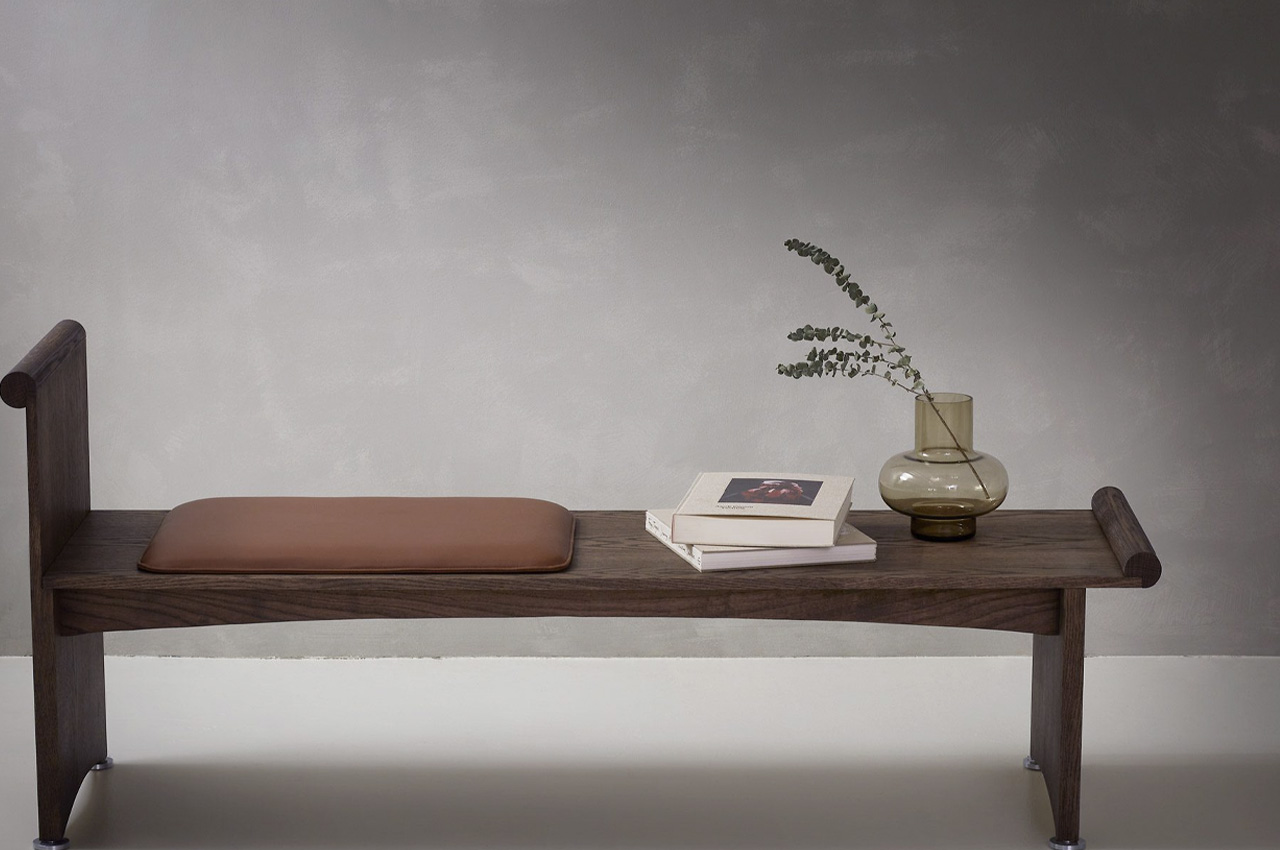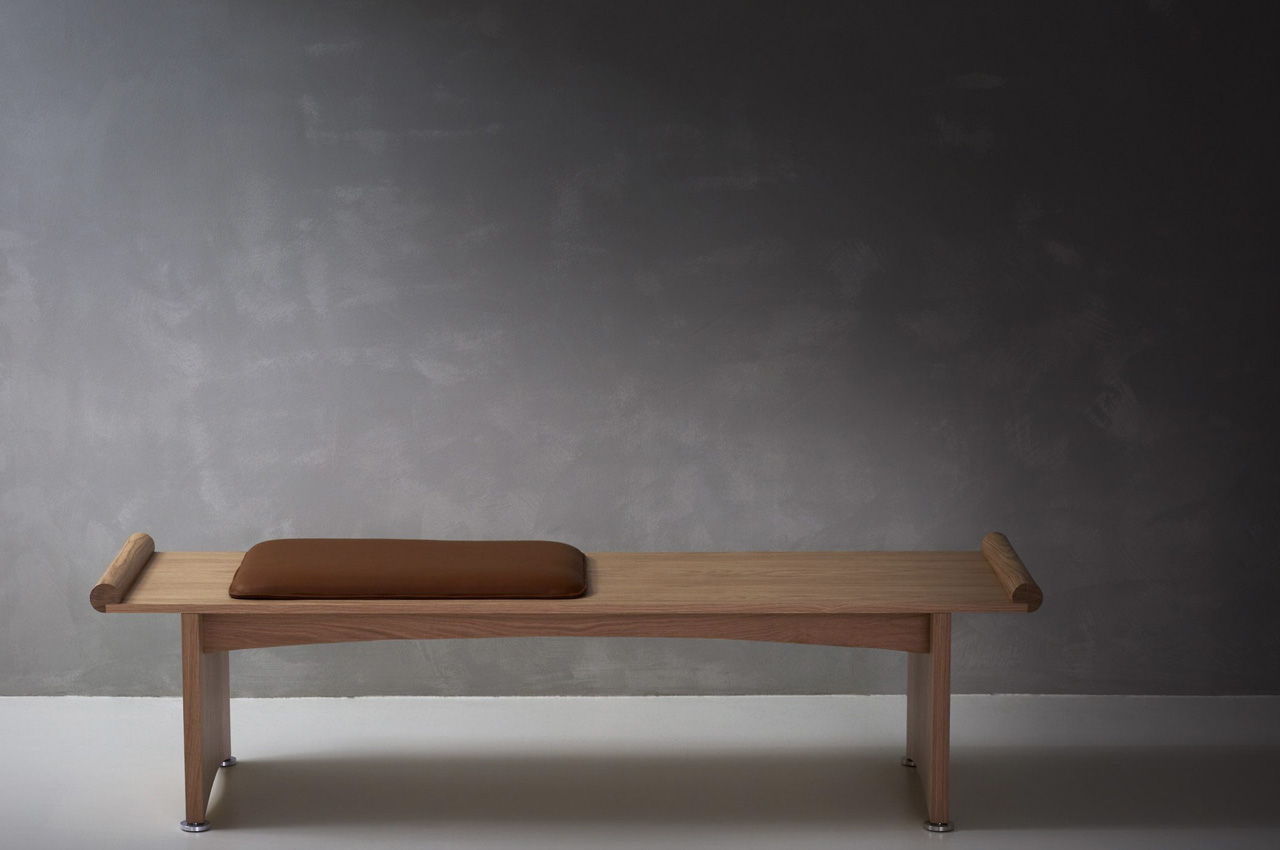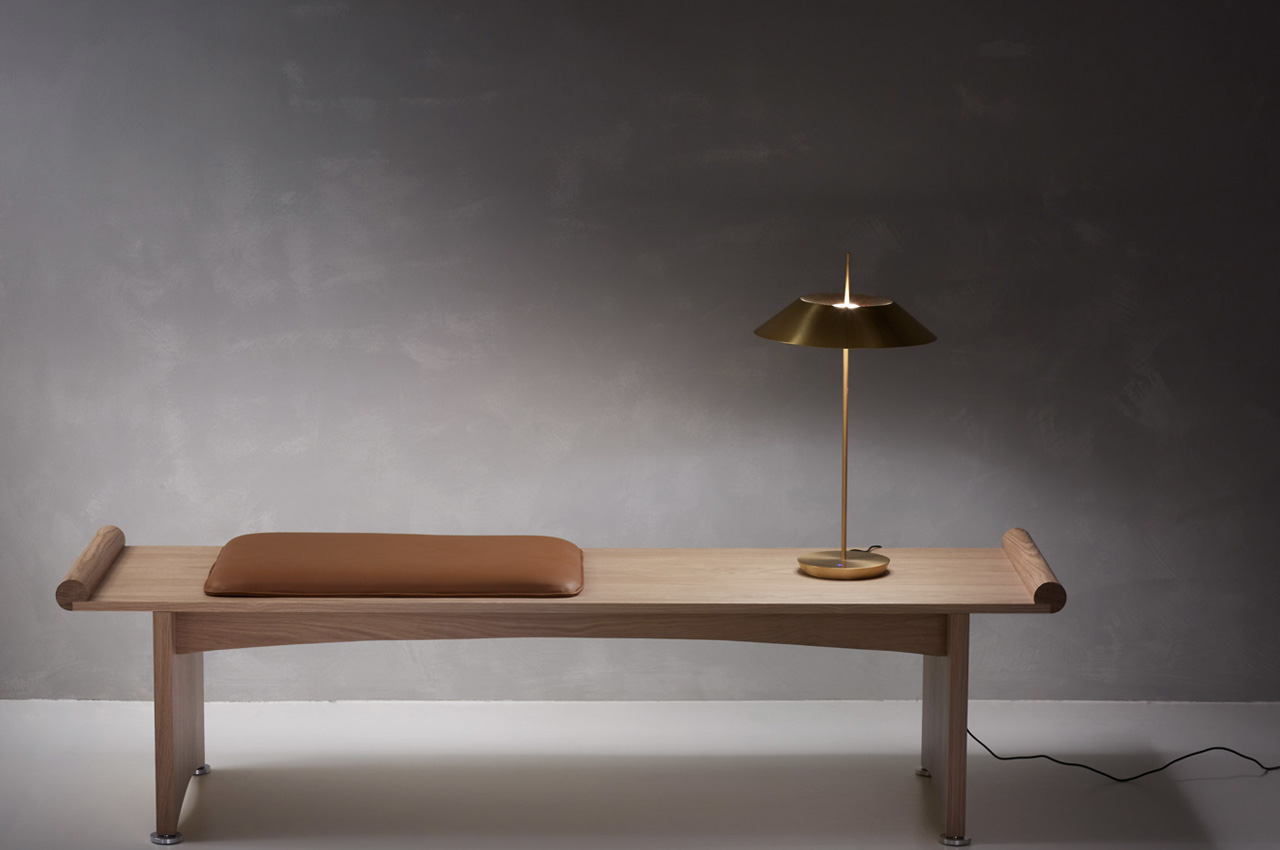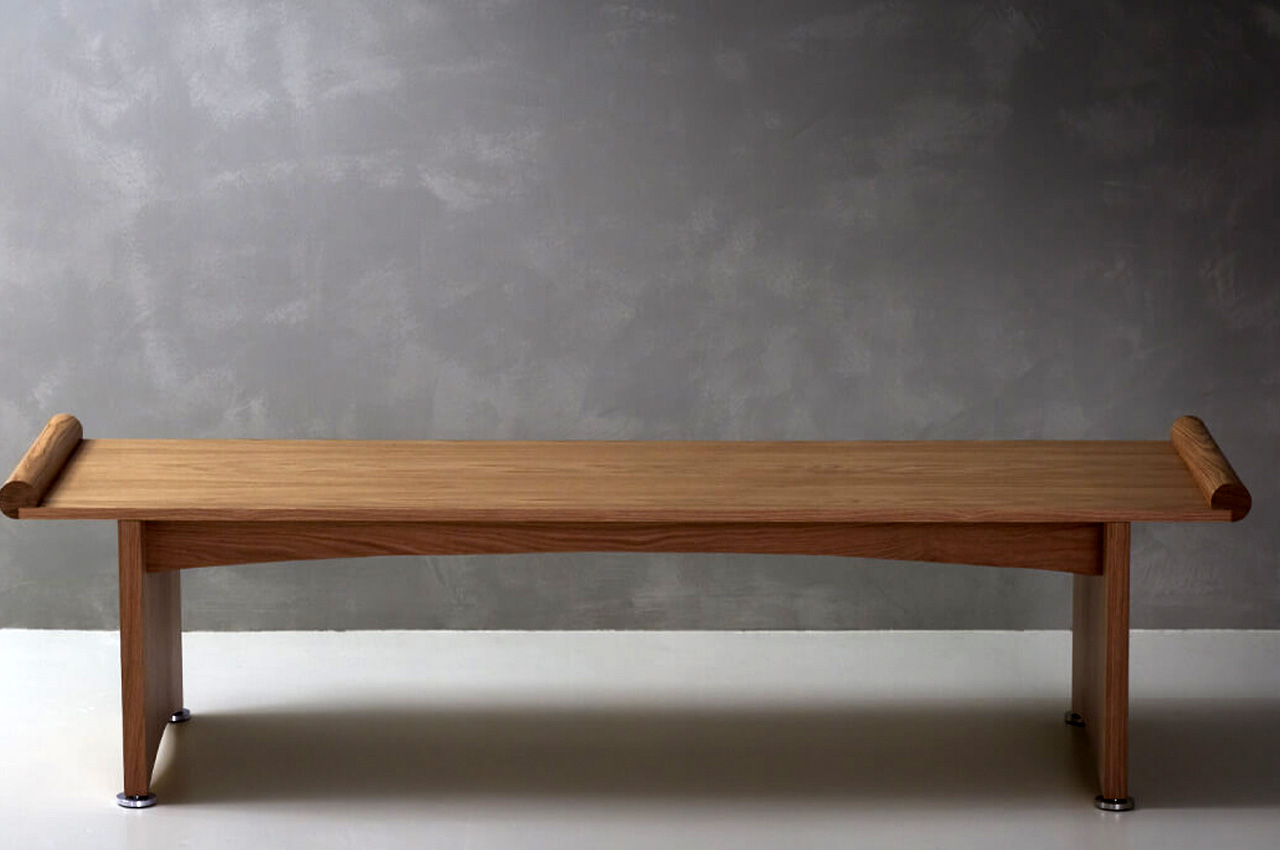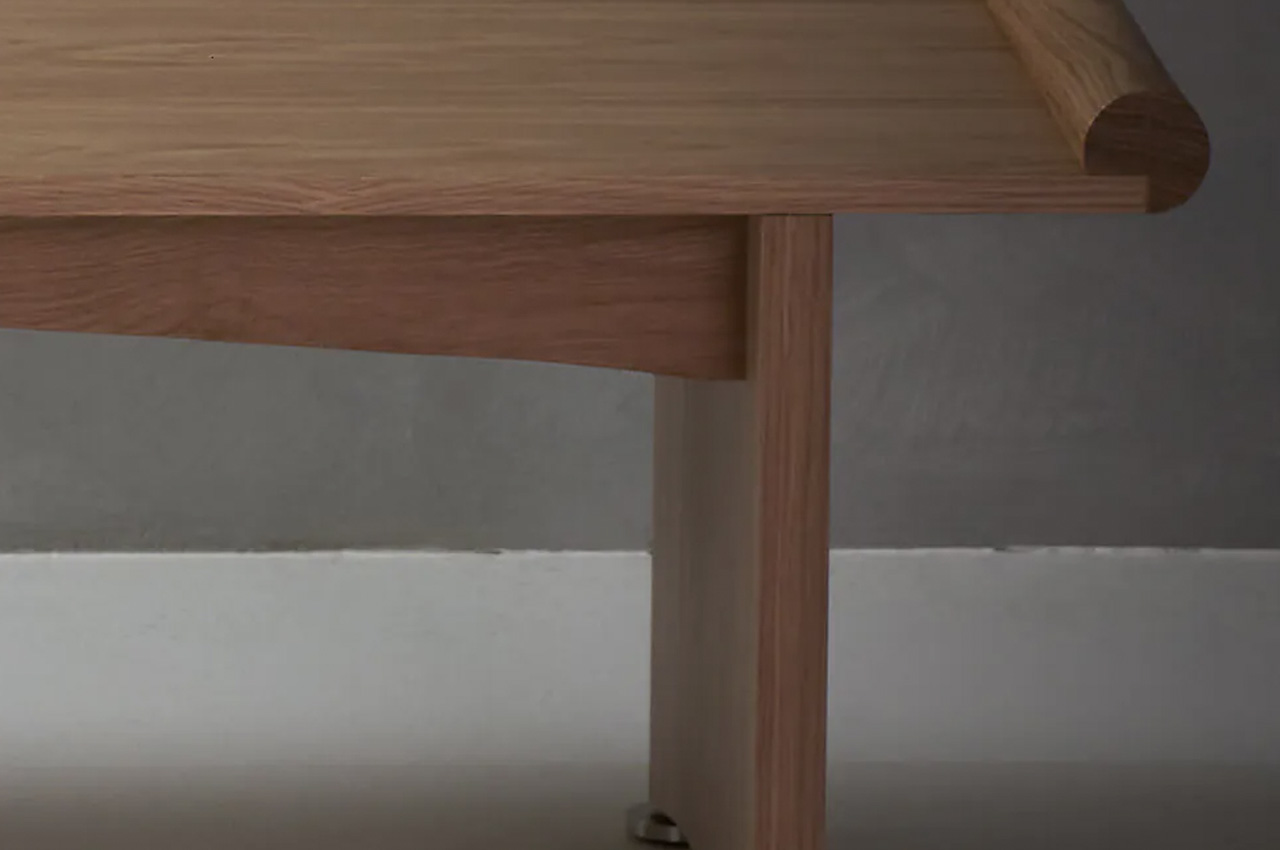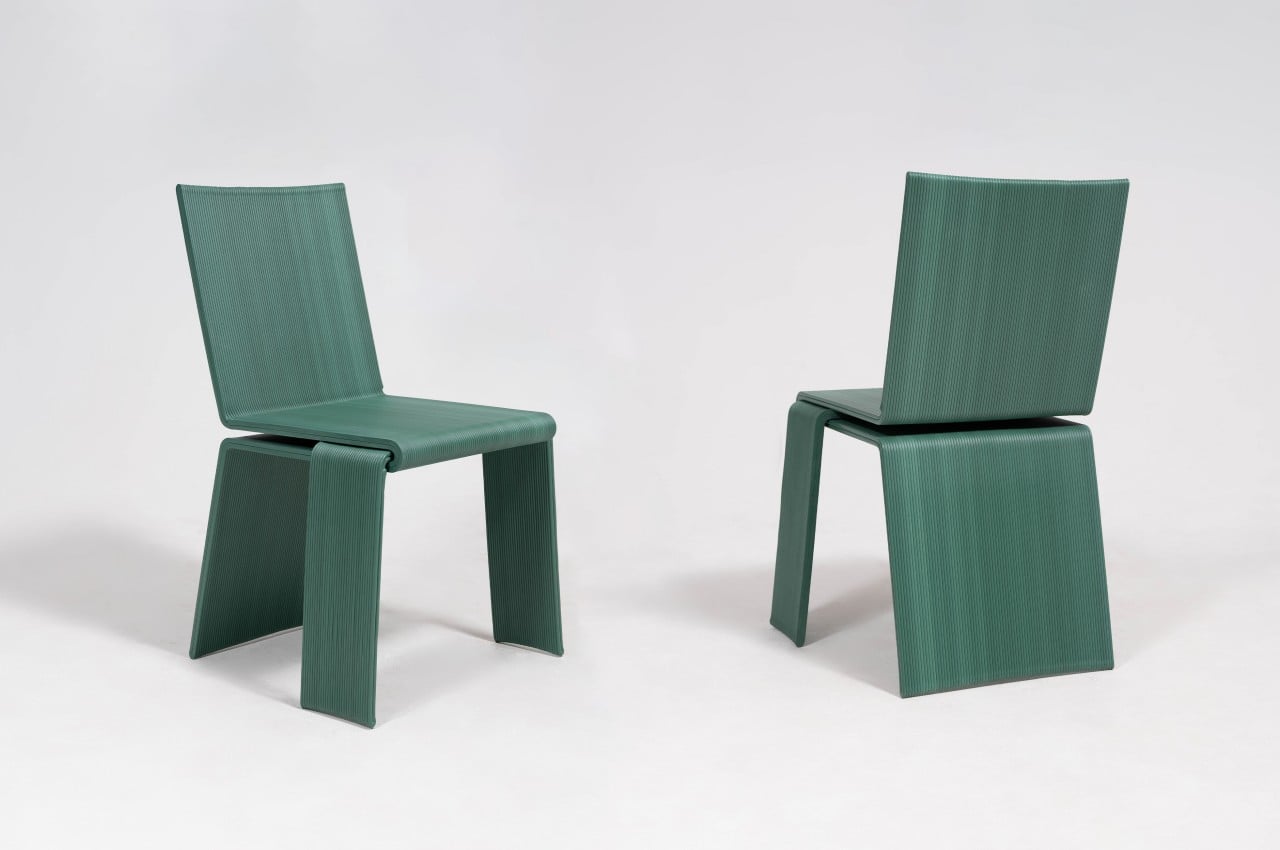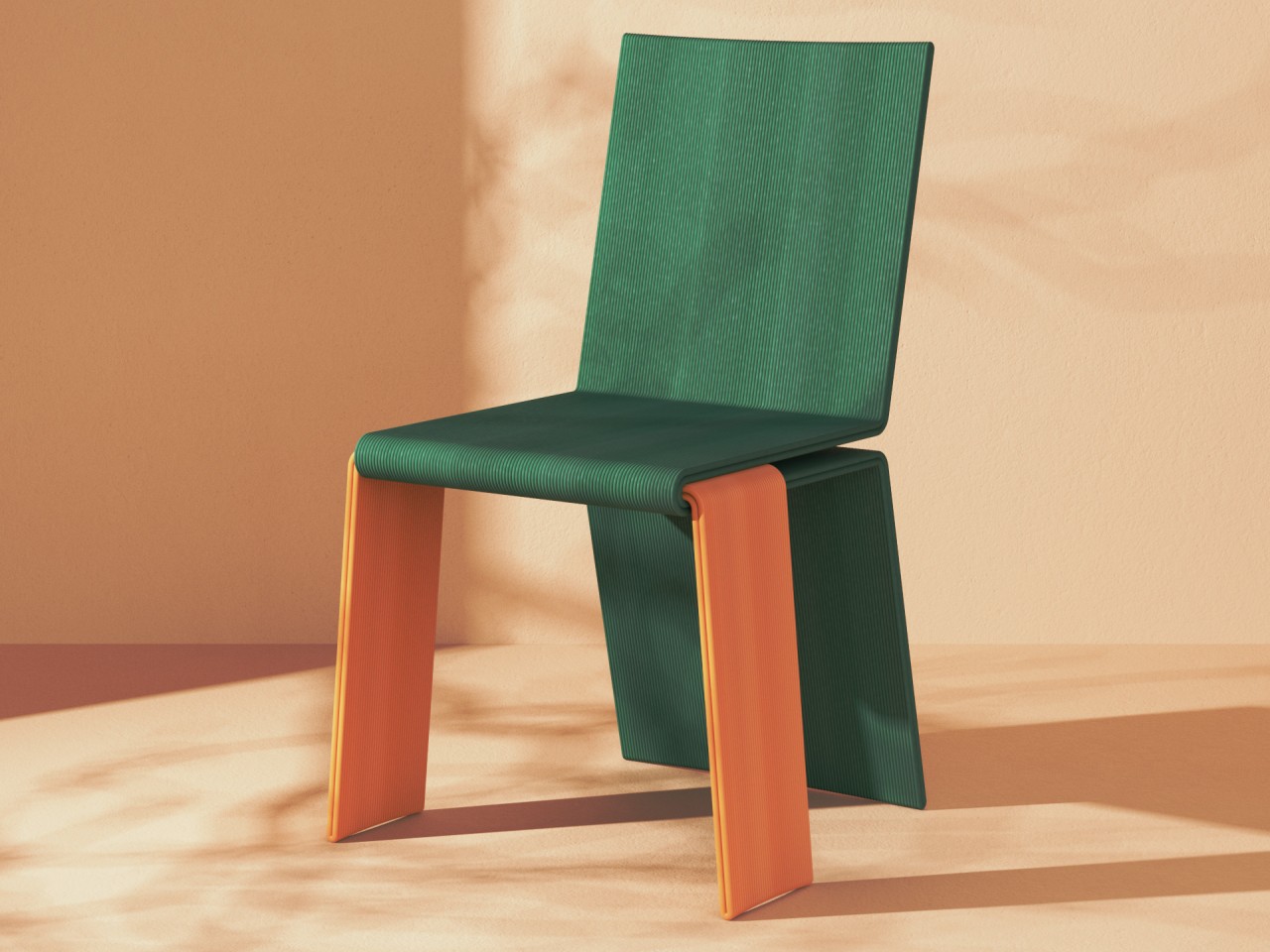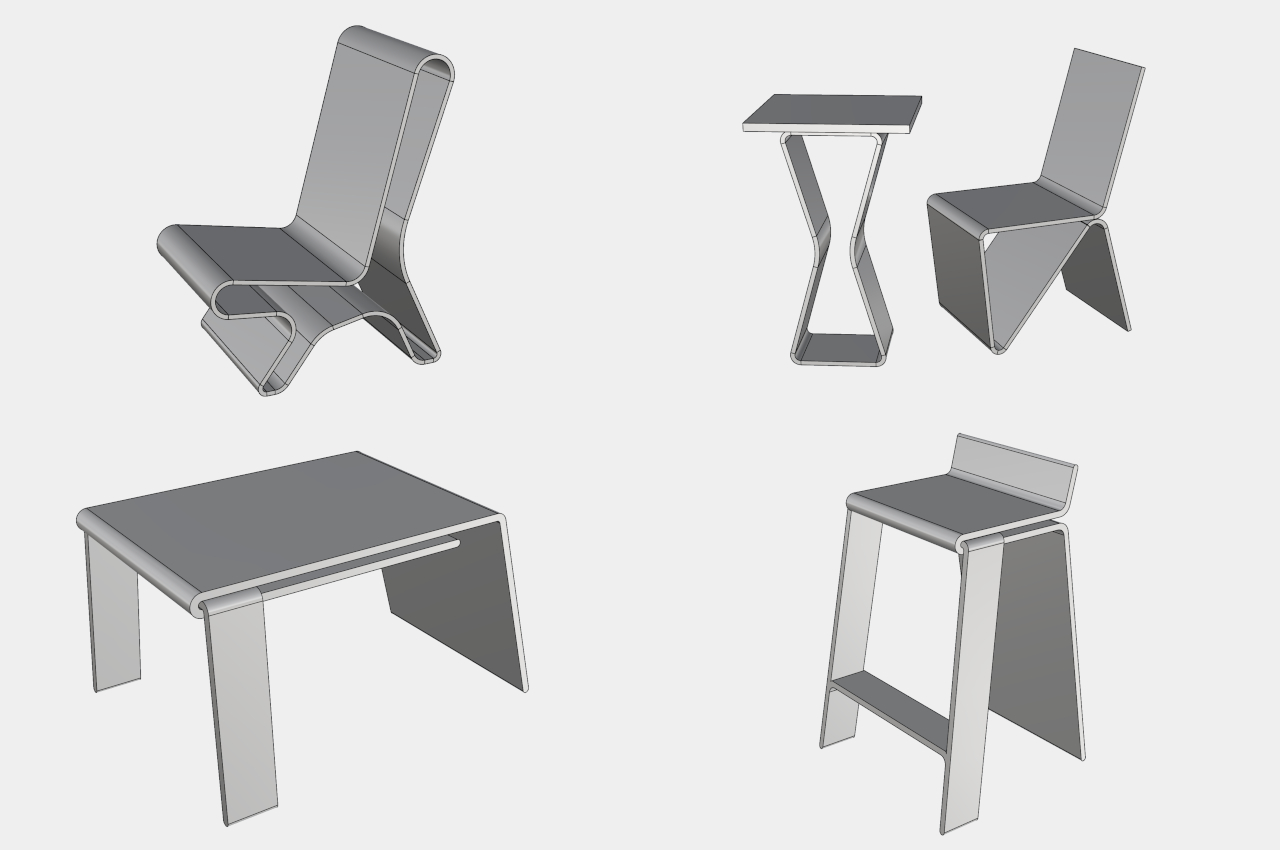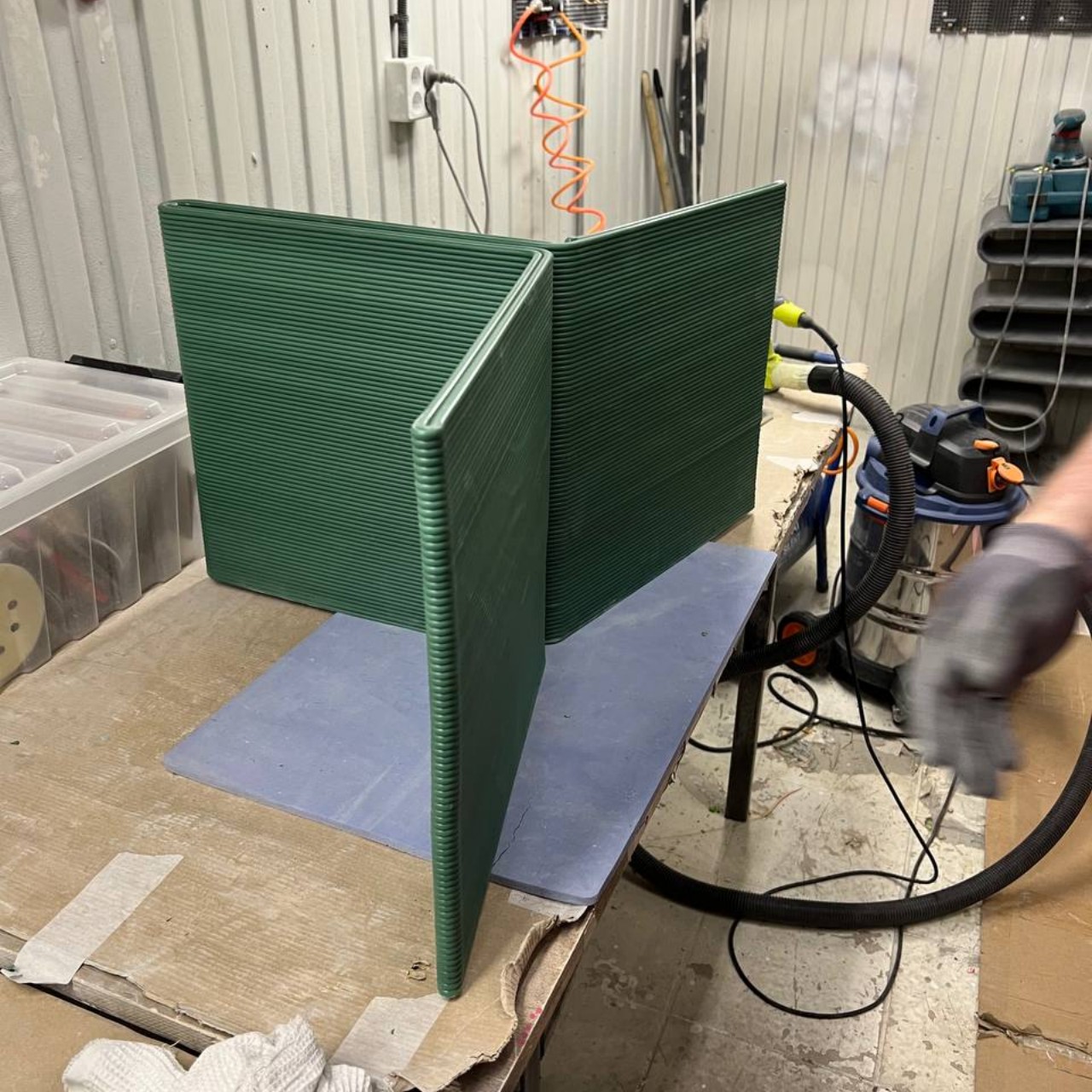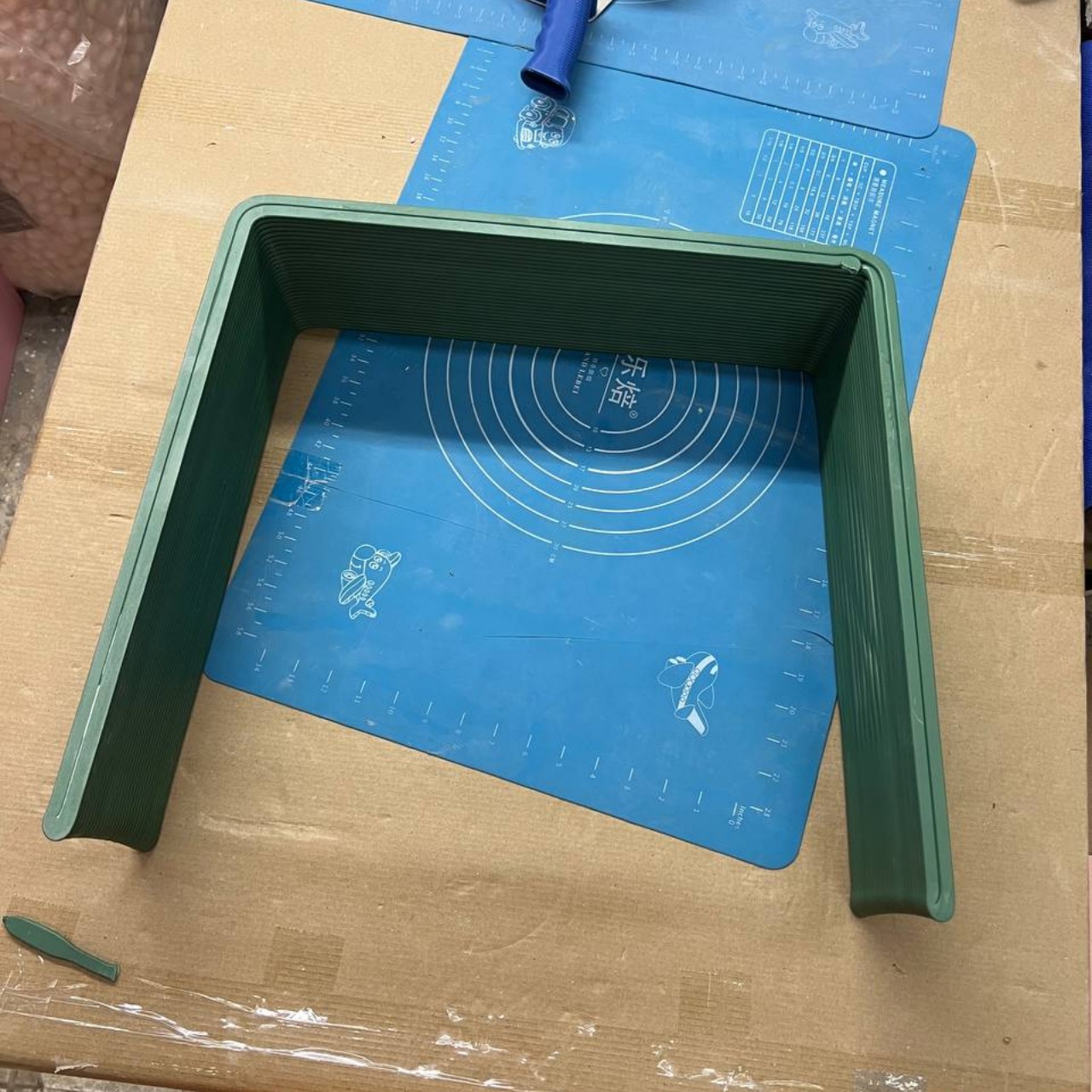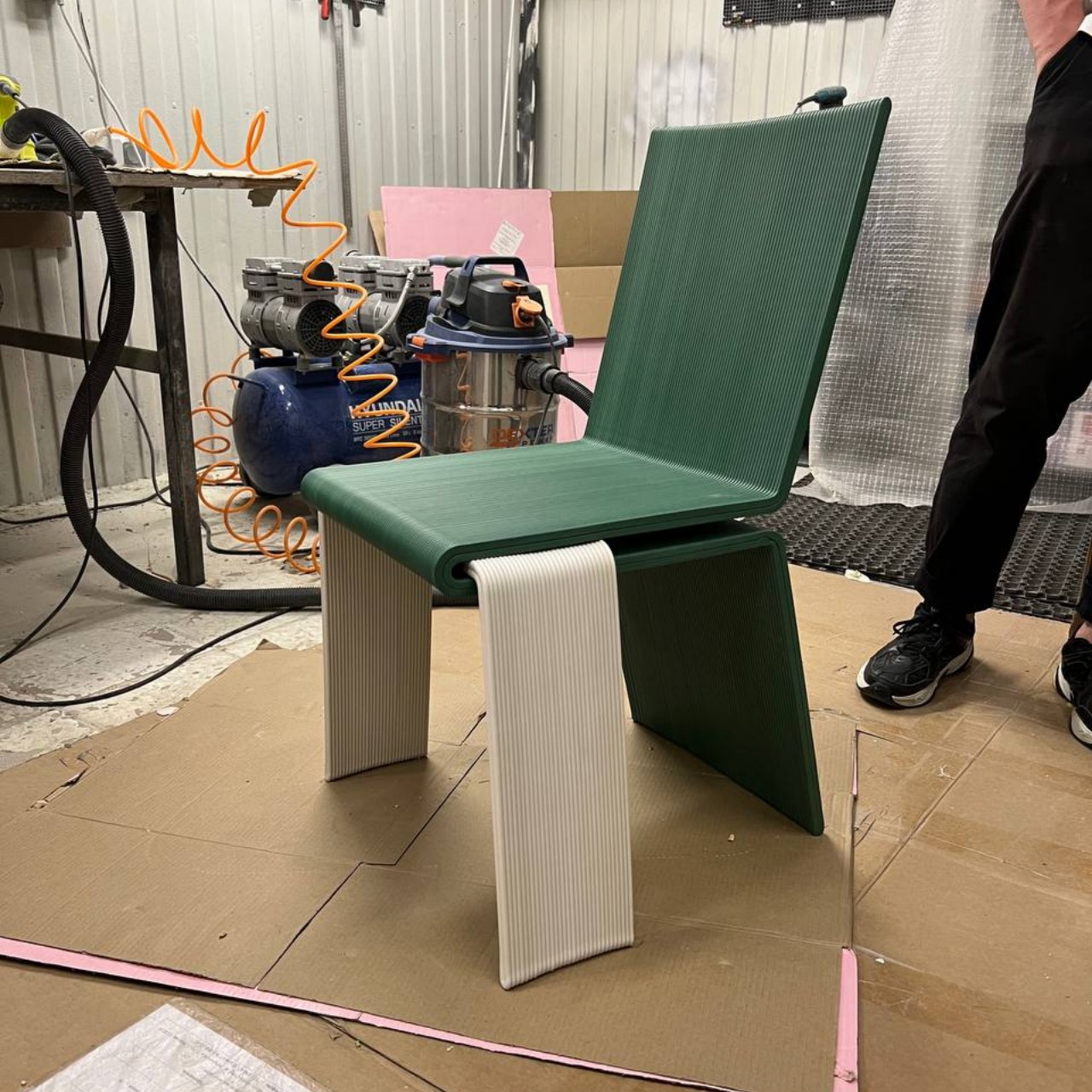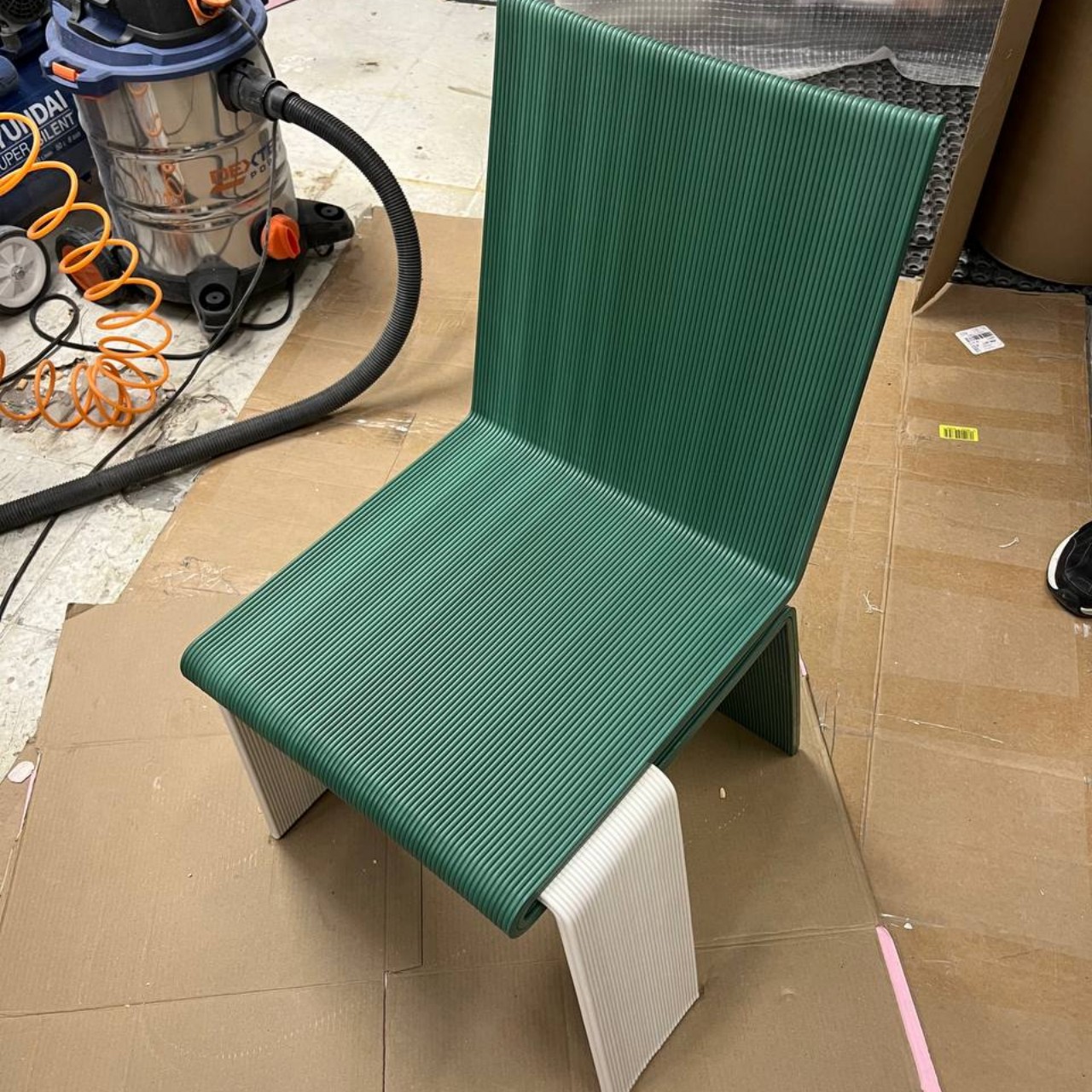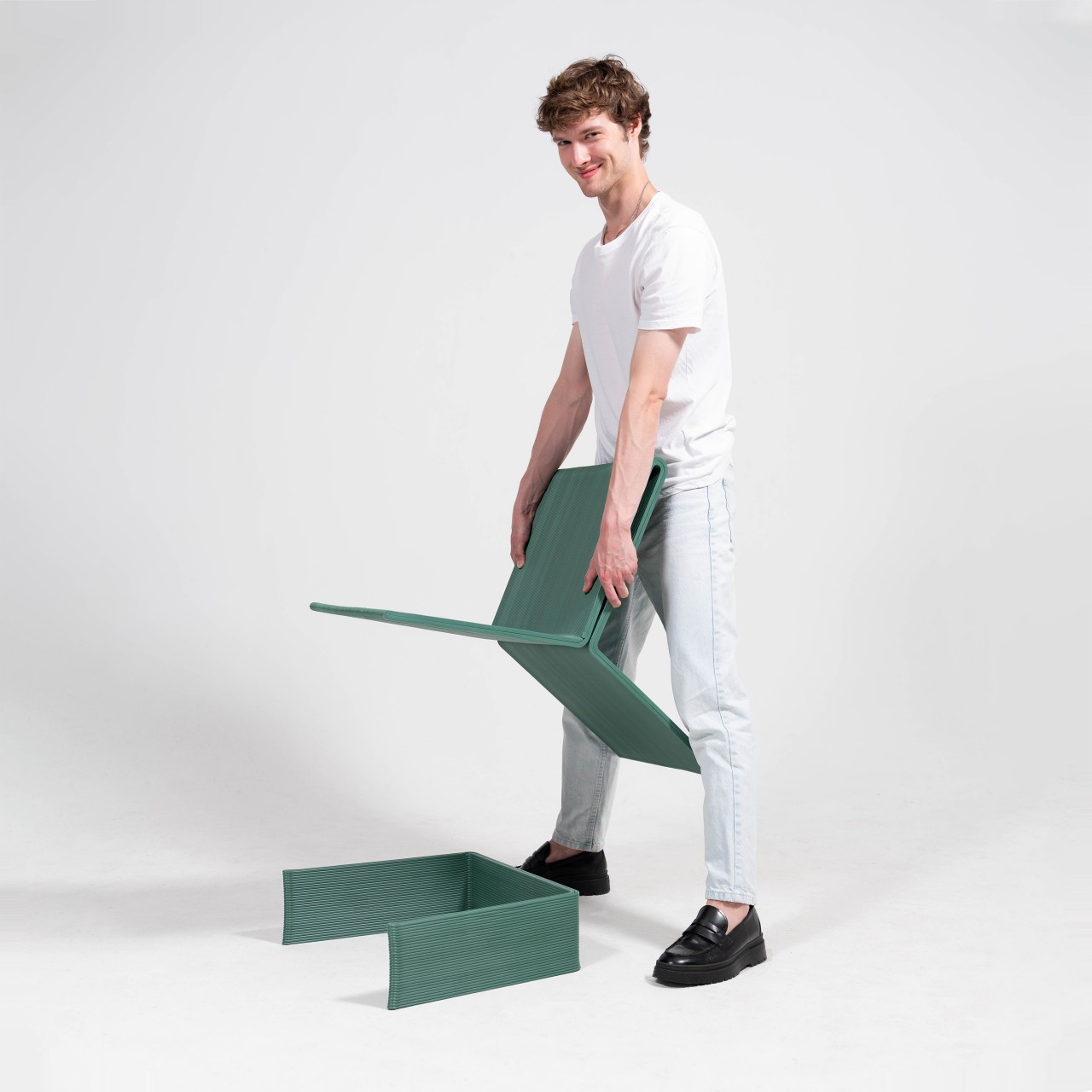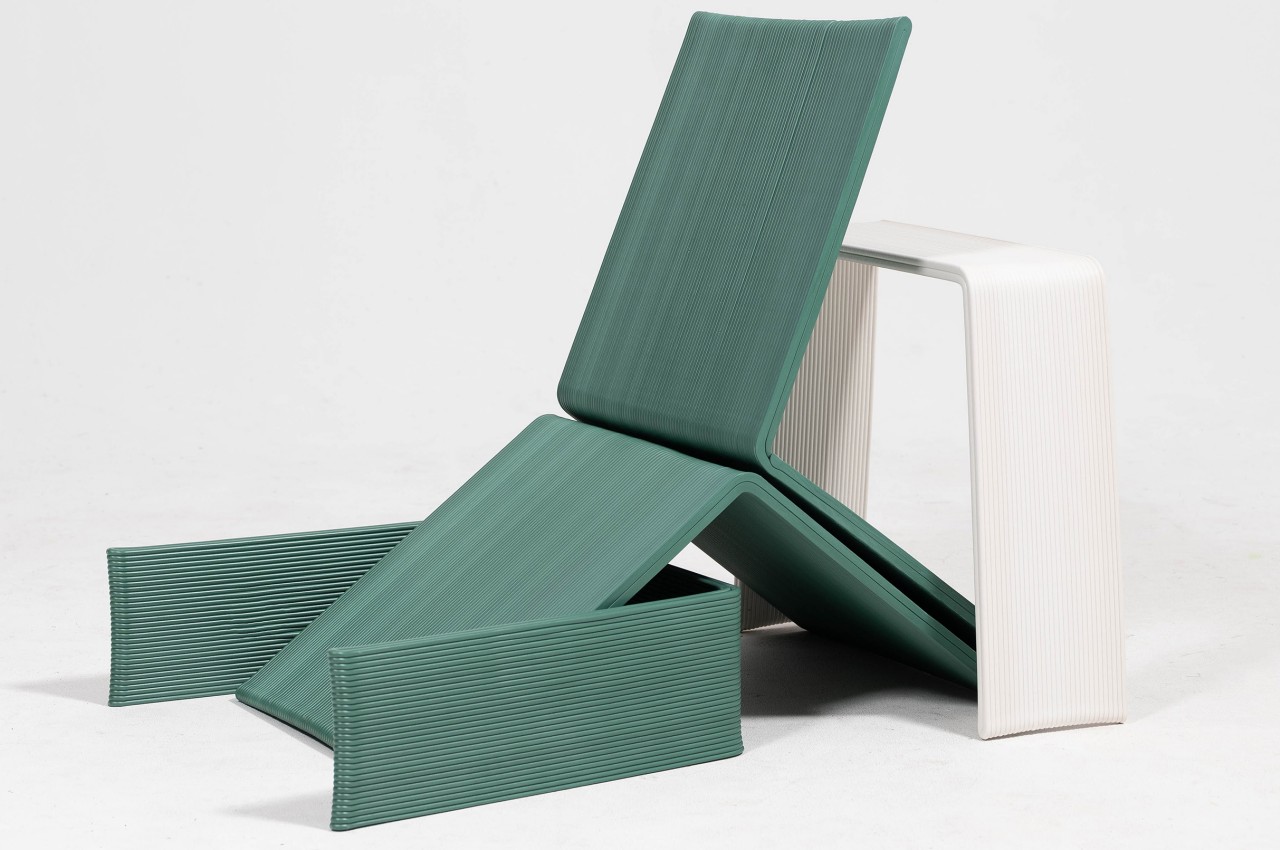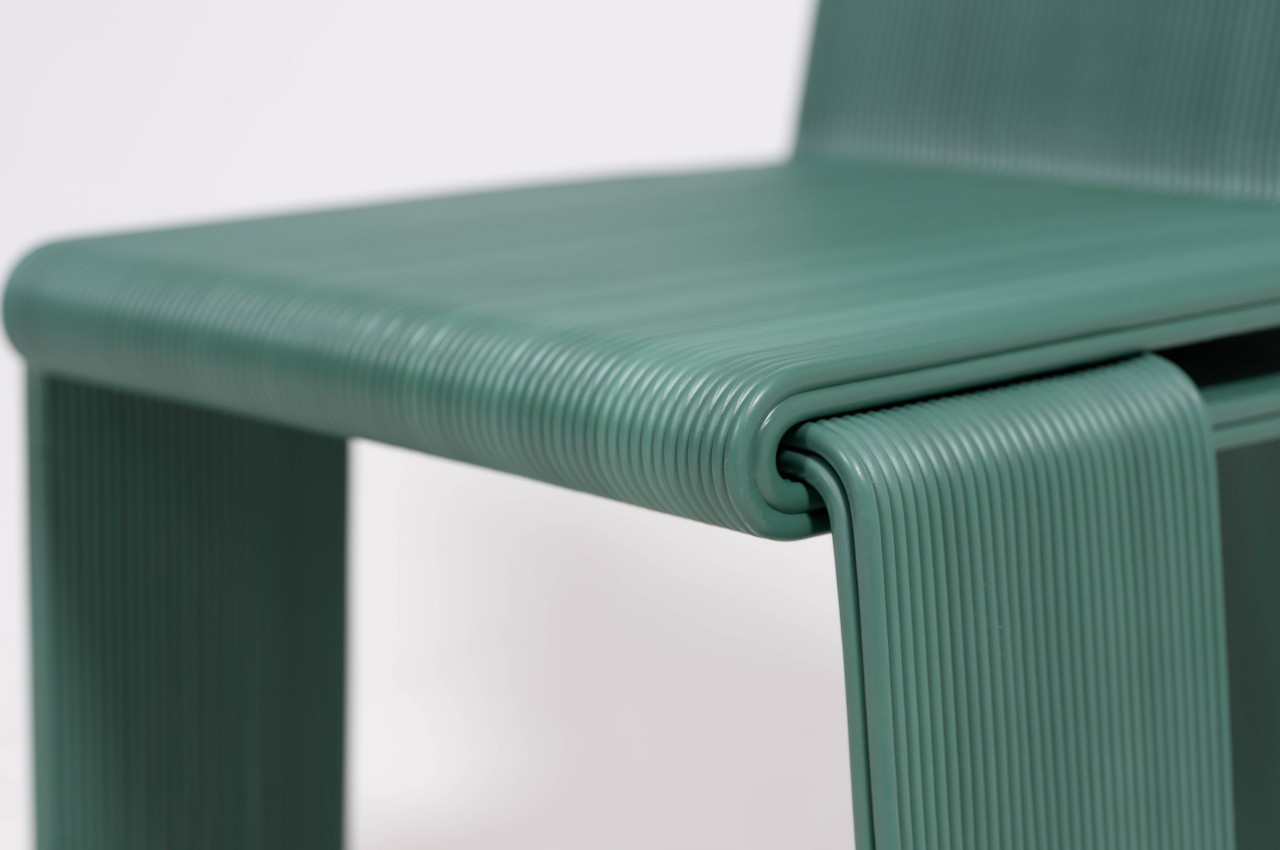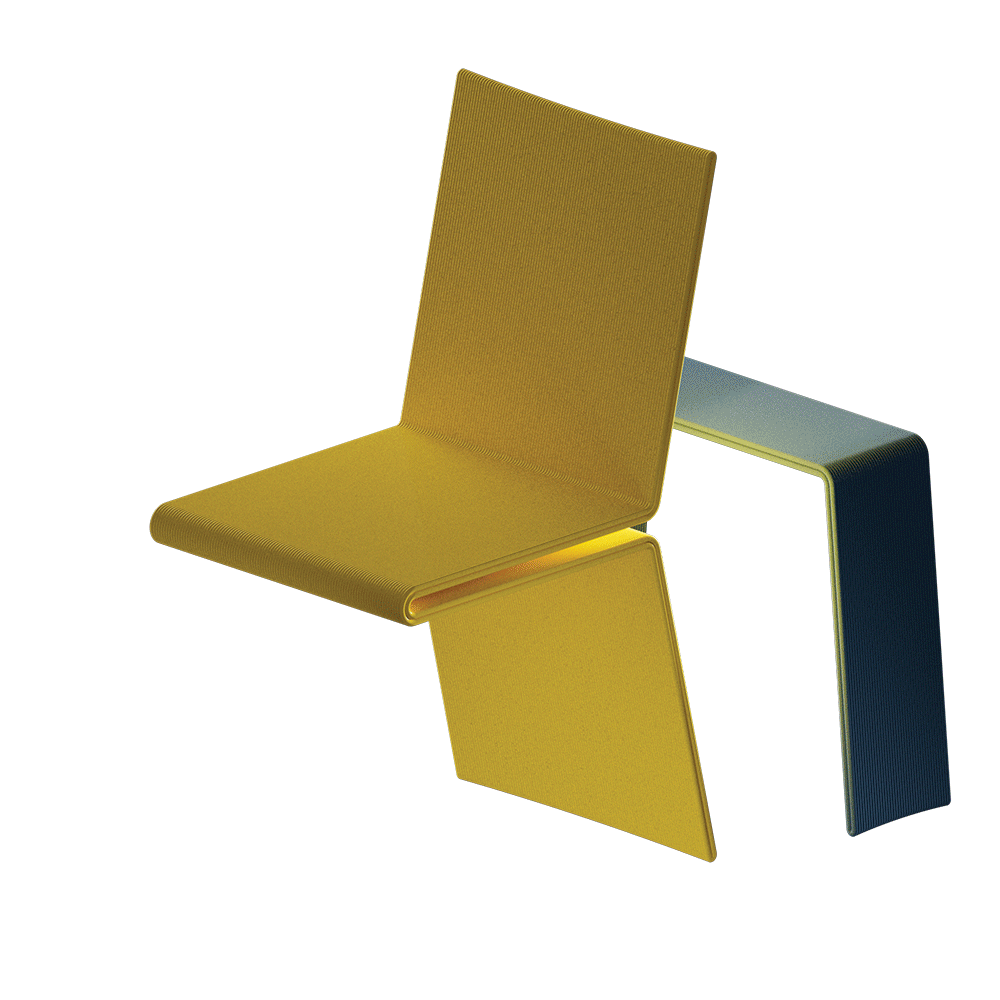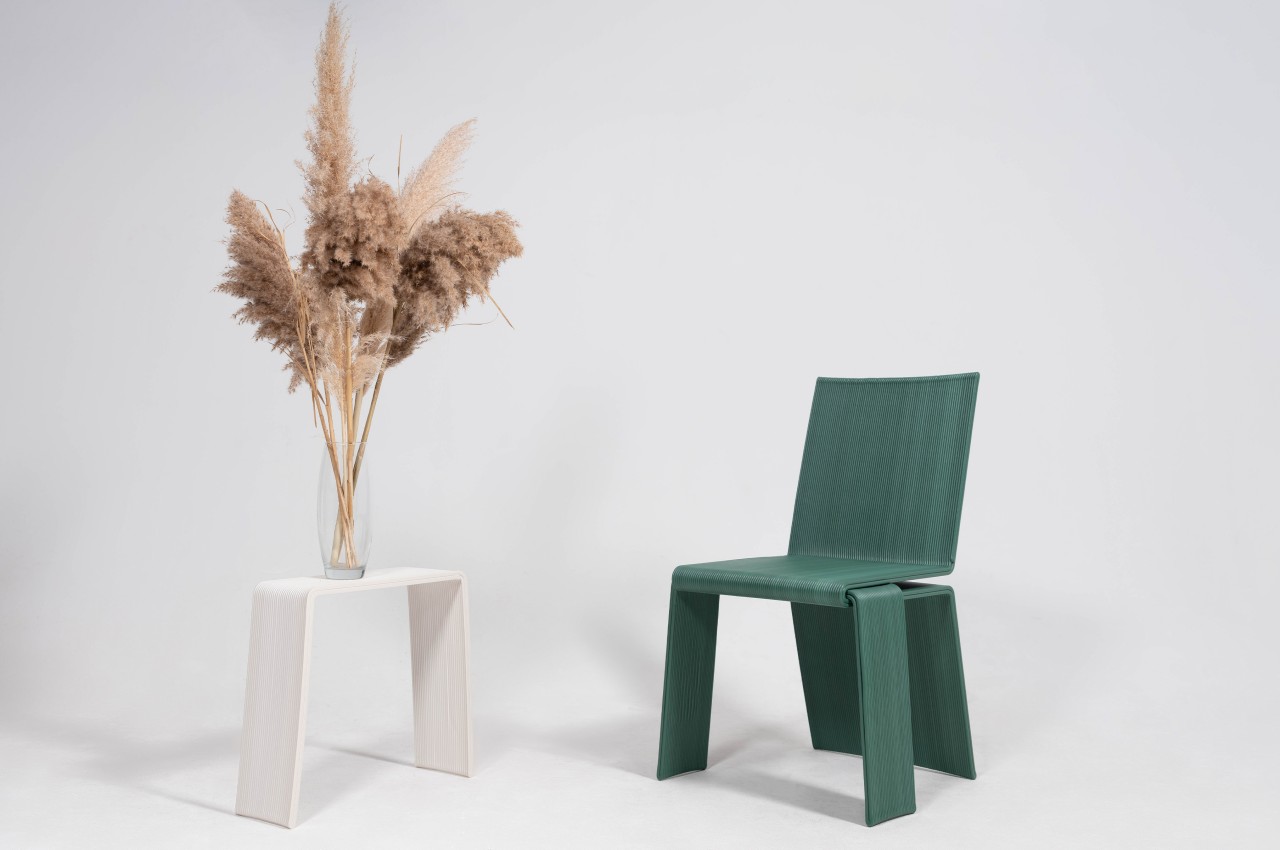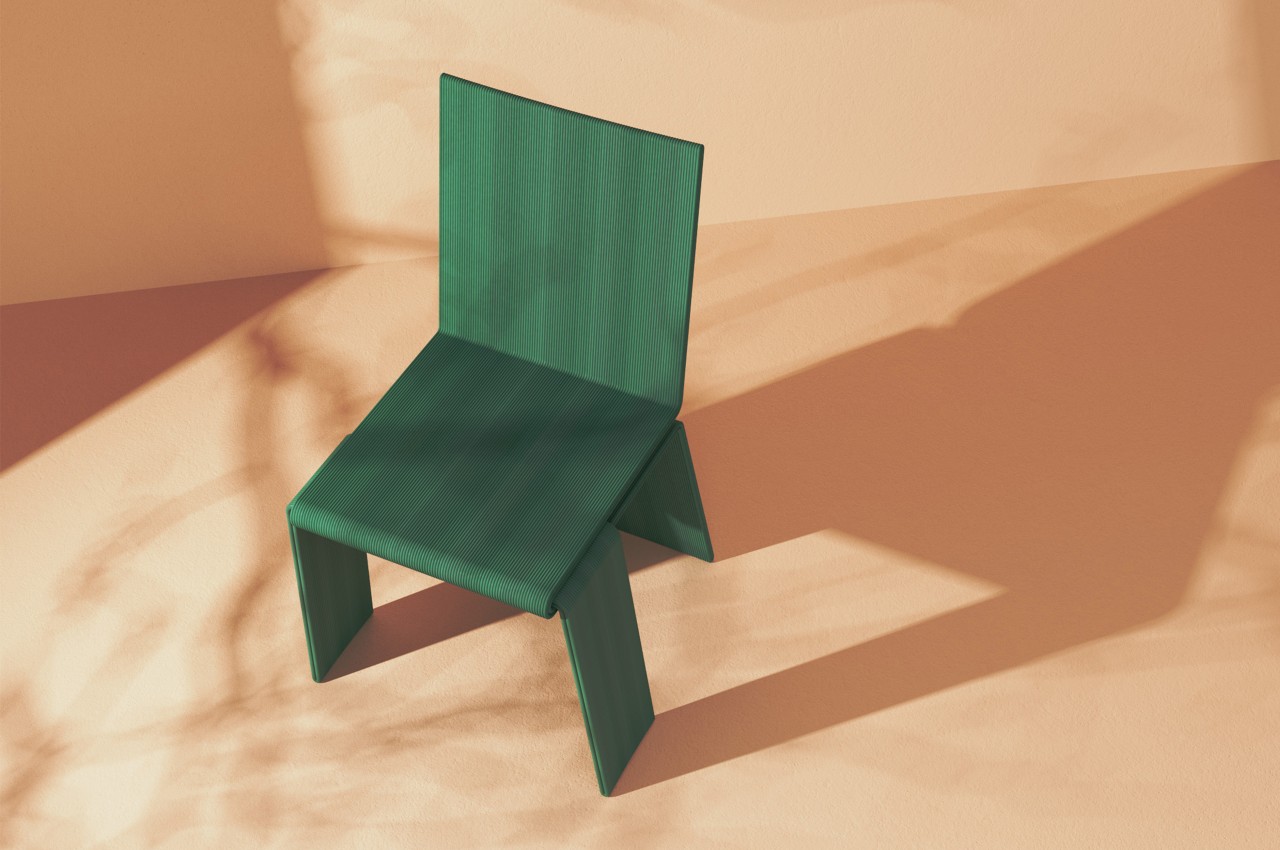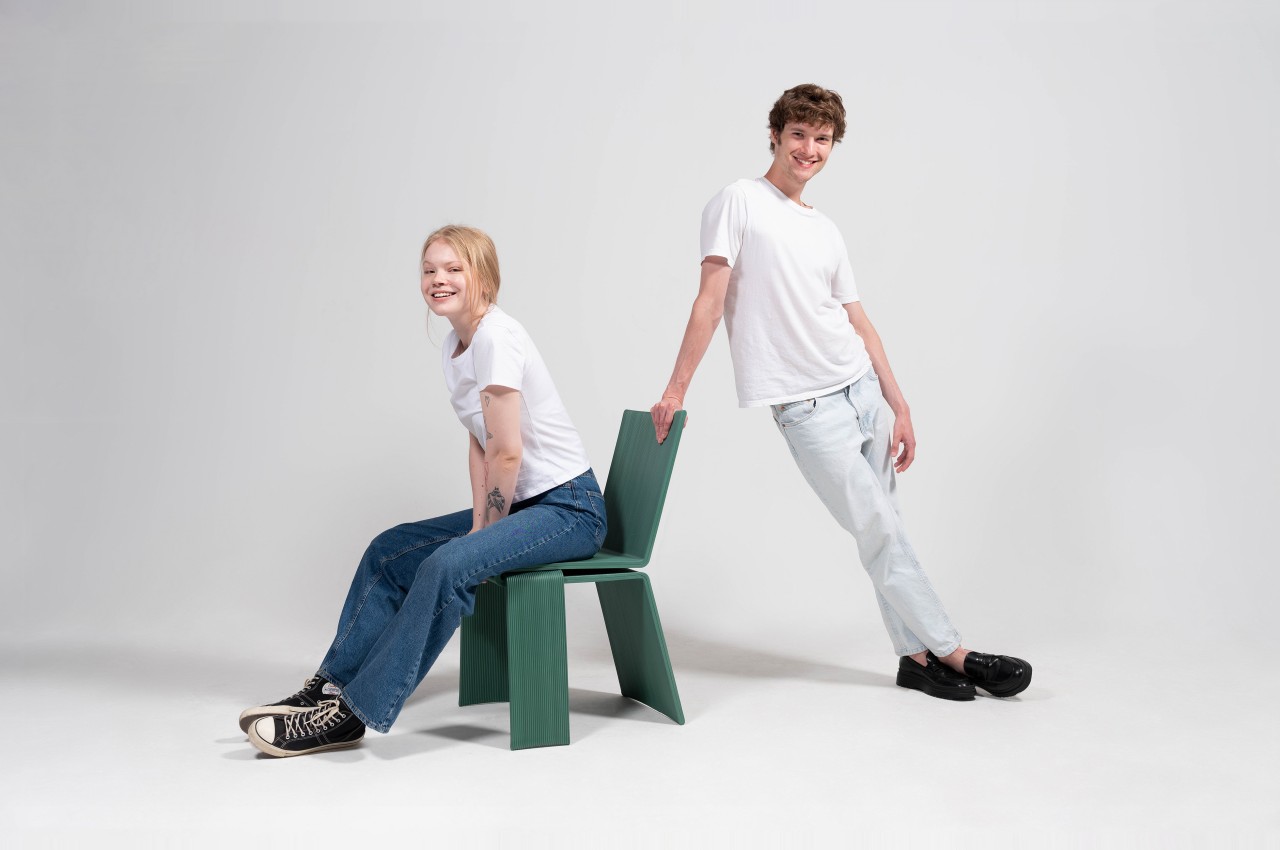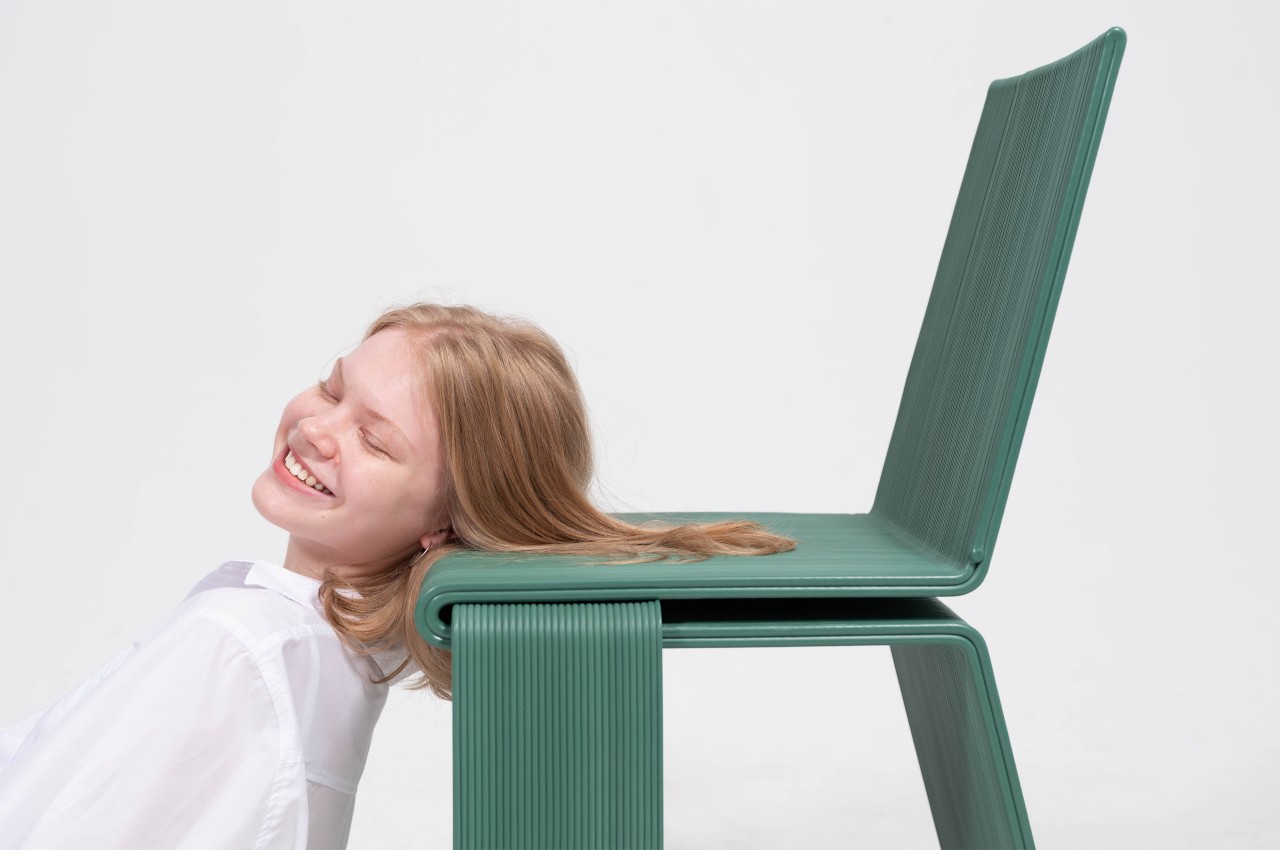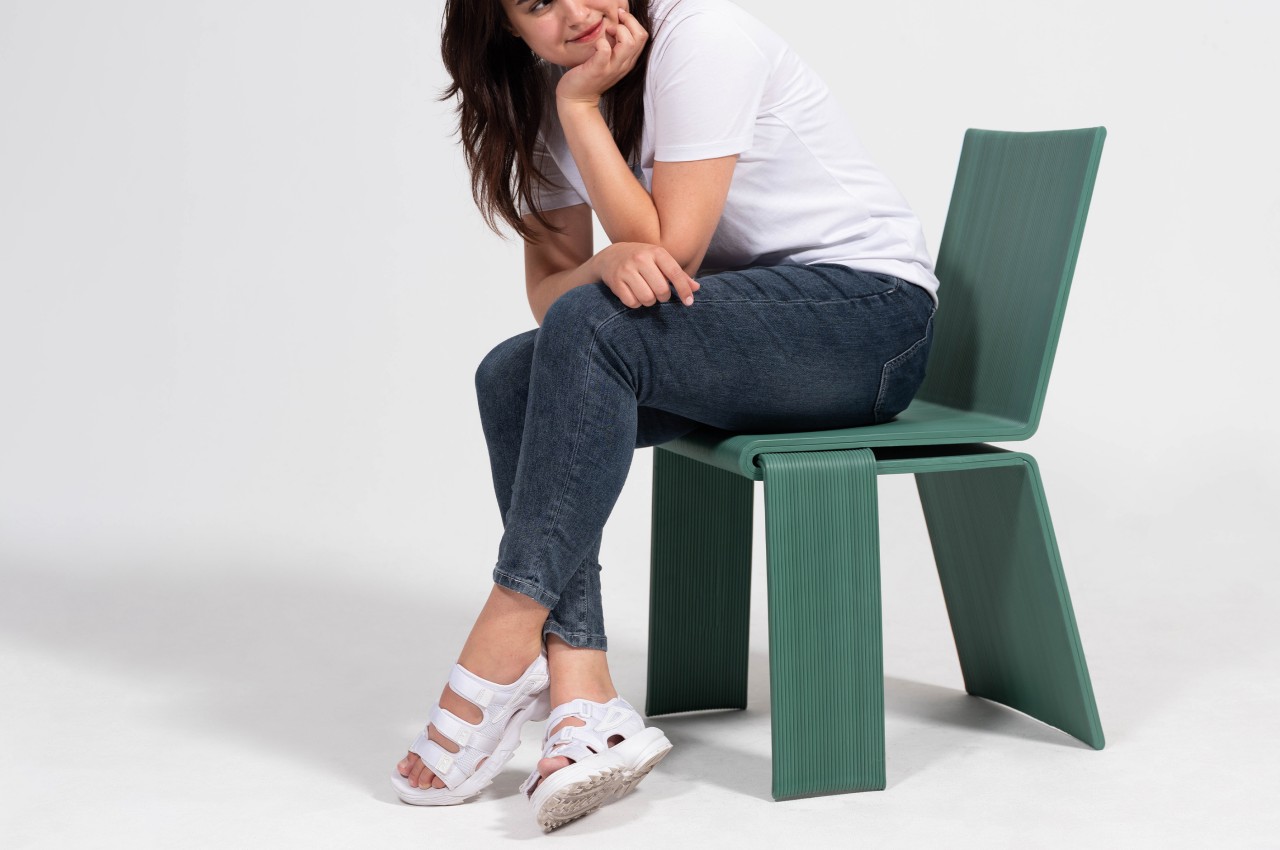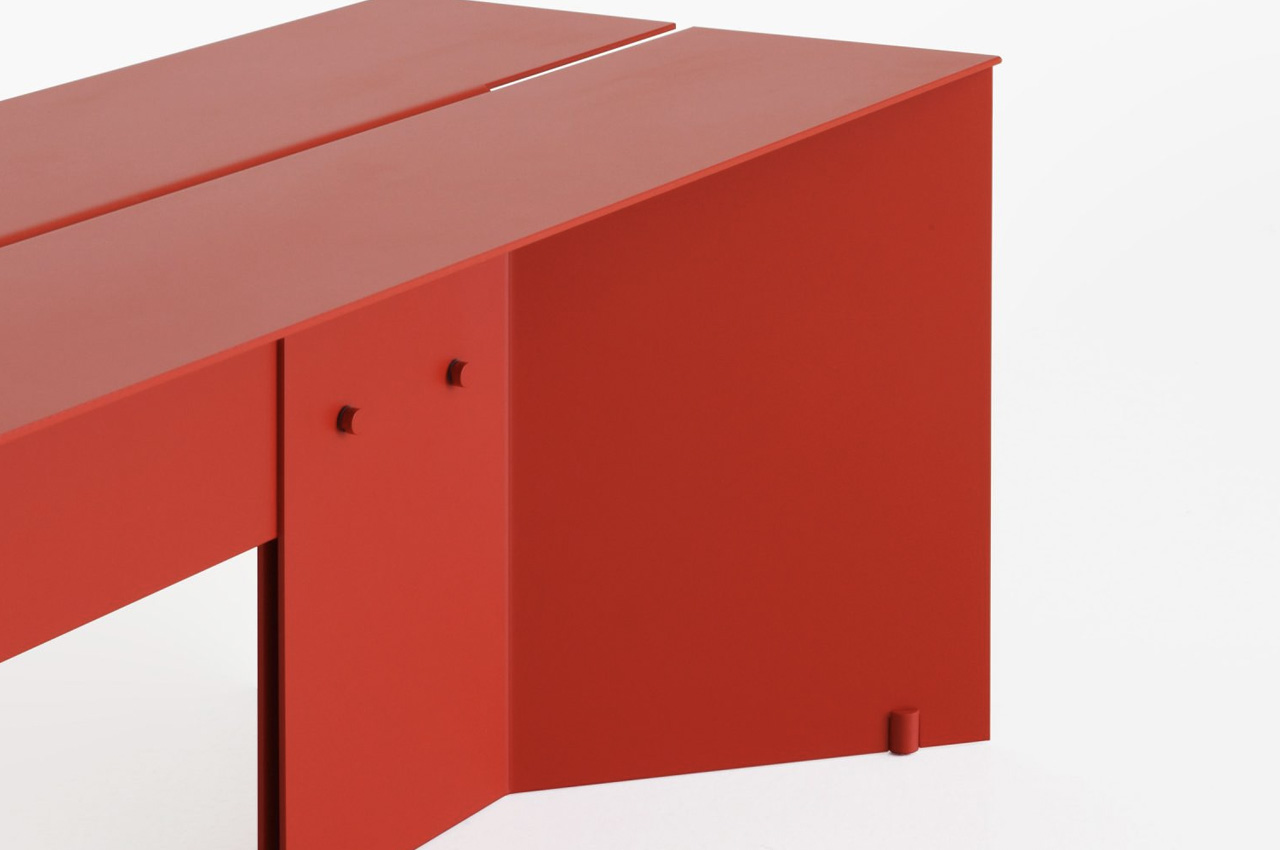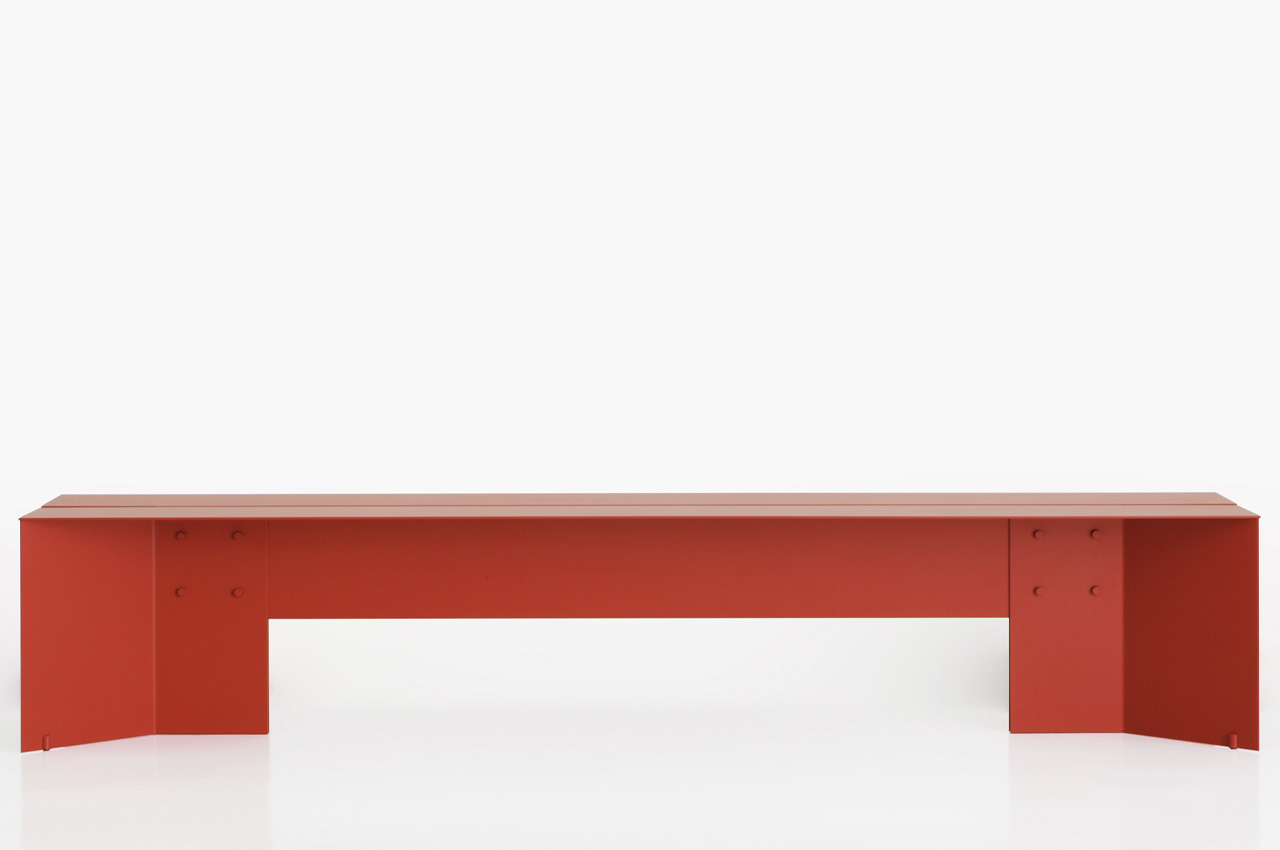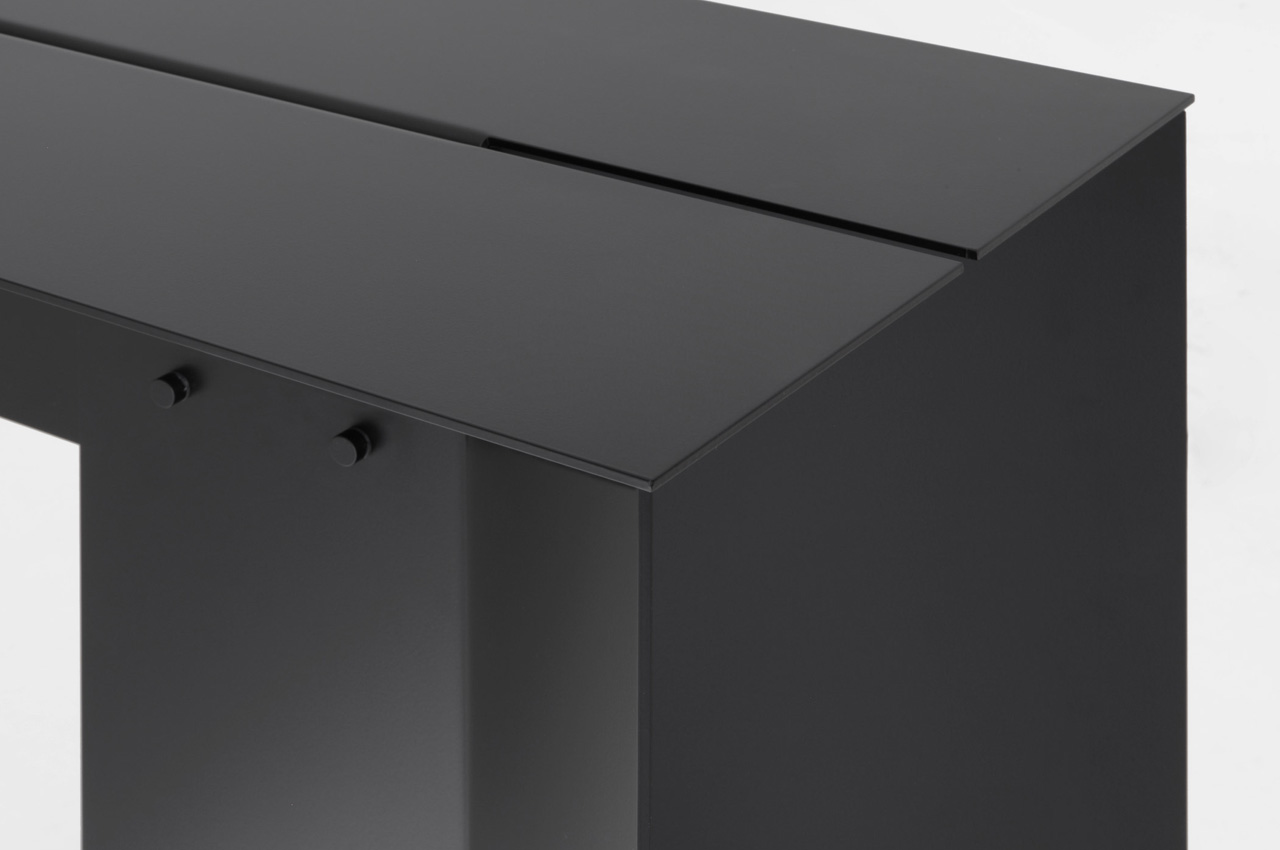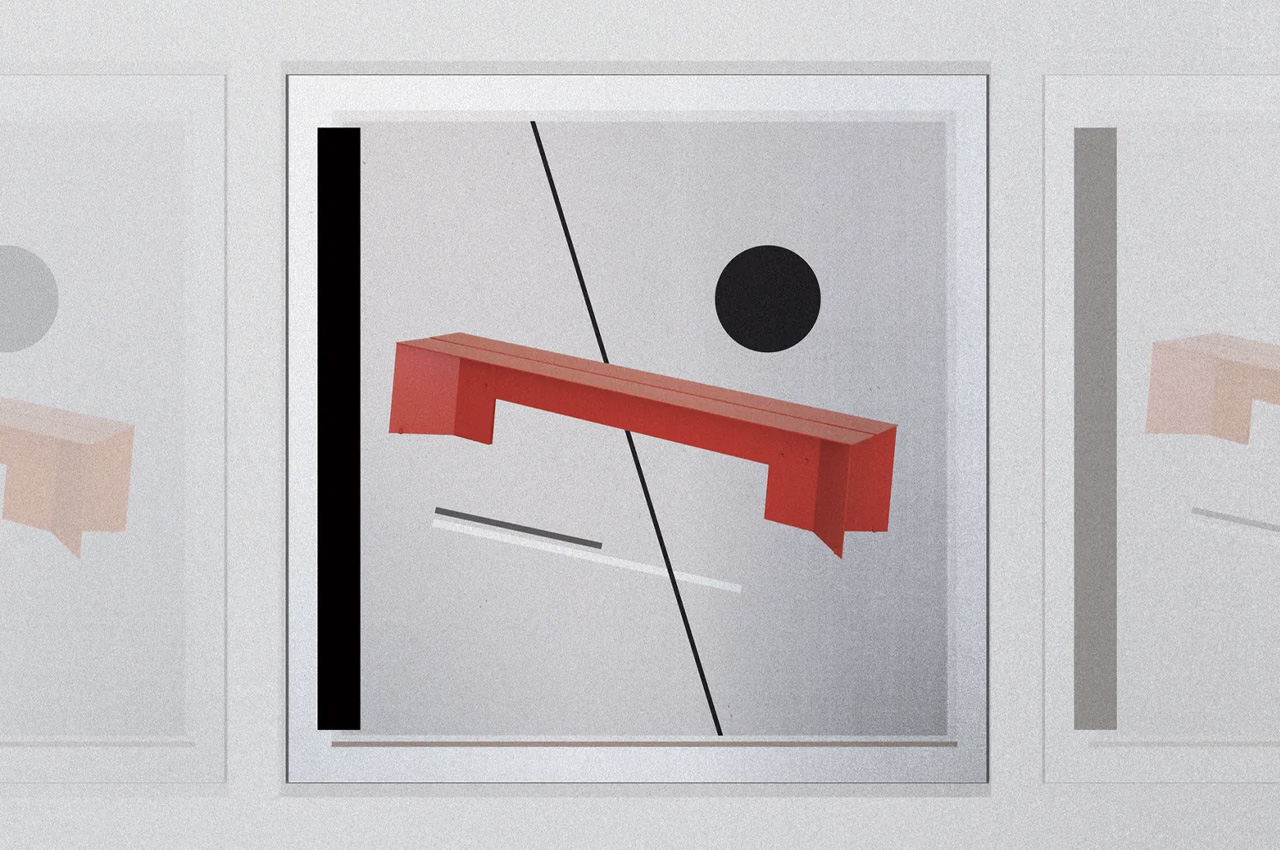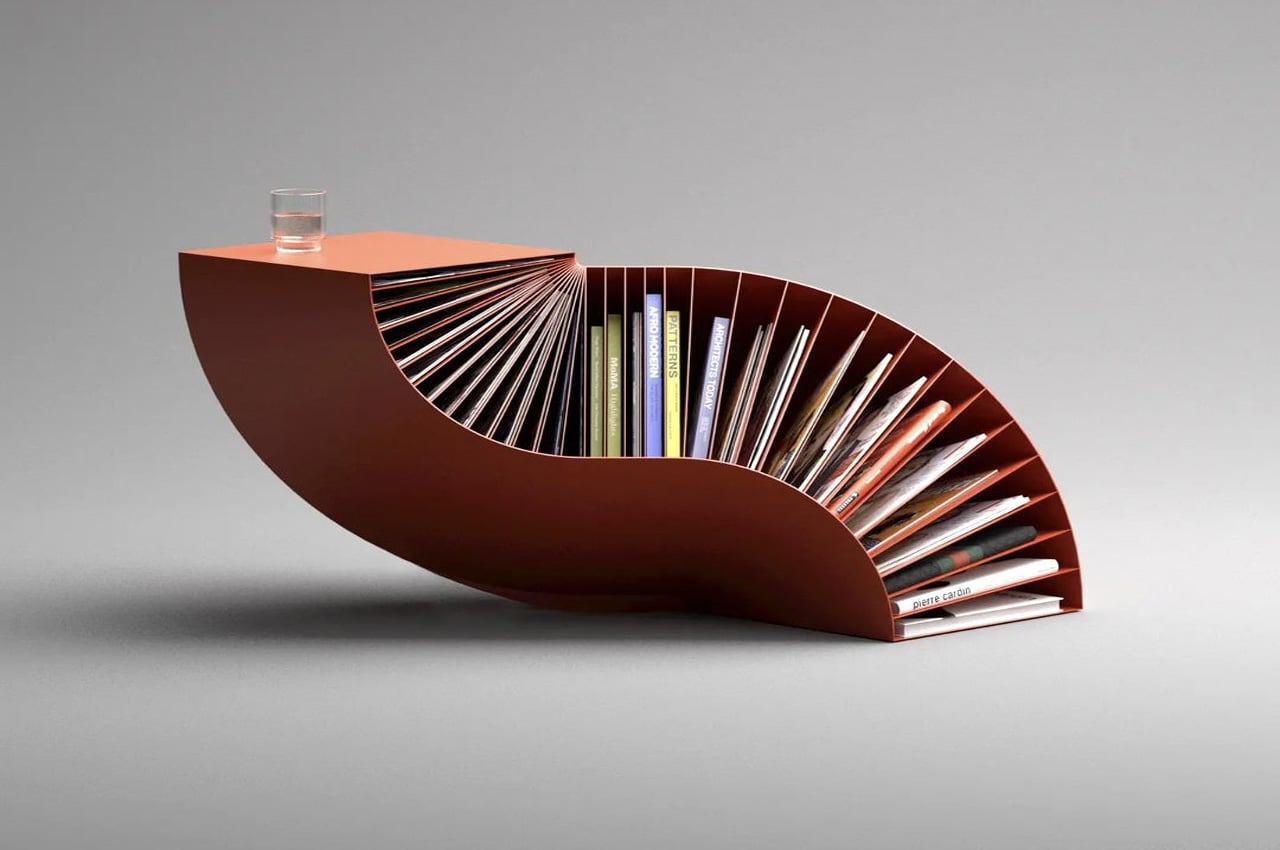
The secret to an exceptional living room is a fantastic coffee table! Coffee tables function as the centerpiece of a living room, hence you need to pick one that truly livens it up, and sets the tone for it. And, once the perfect coffee table has been set, you can start building the rest of the space around it – a comfy sofa, cute side tables, exquisite lighting, and elegant decorative pieces. They are all brought together by the right coffee table! And even coffee tables are getting more innovative, unique, and well-crafted by the day! From a quirky red cuboidal coffee table that effortlessly stores your books and magazines, to a coffee table with a mesmerizing terrazzo-like pattern – these exquisite coffee table designs are all you need to completely bring together your living room, and meet your interior design goals!
1. Bookpet
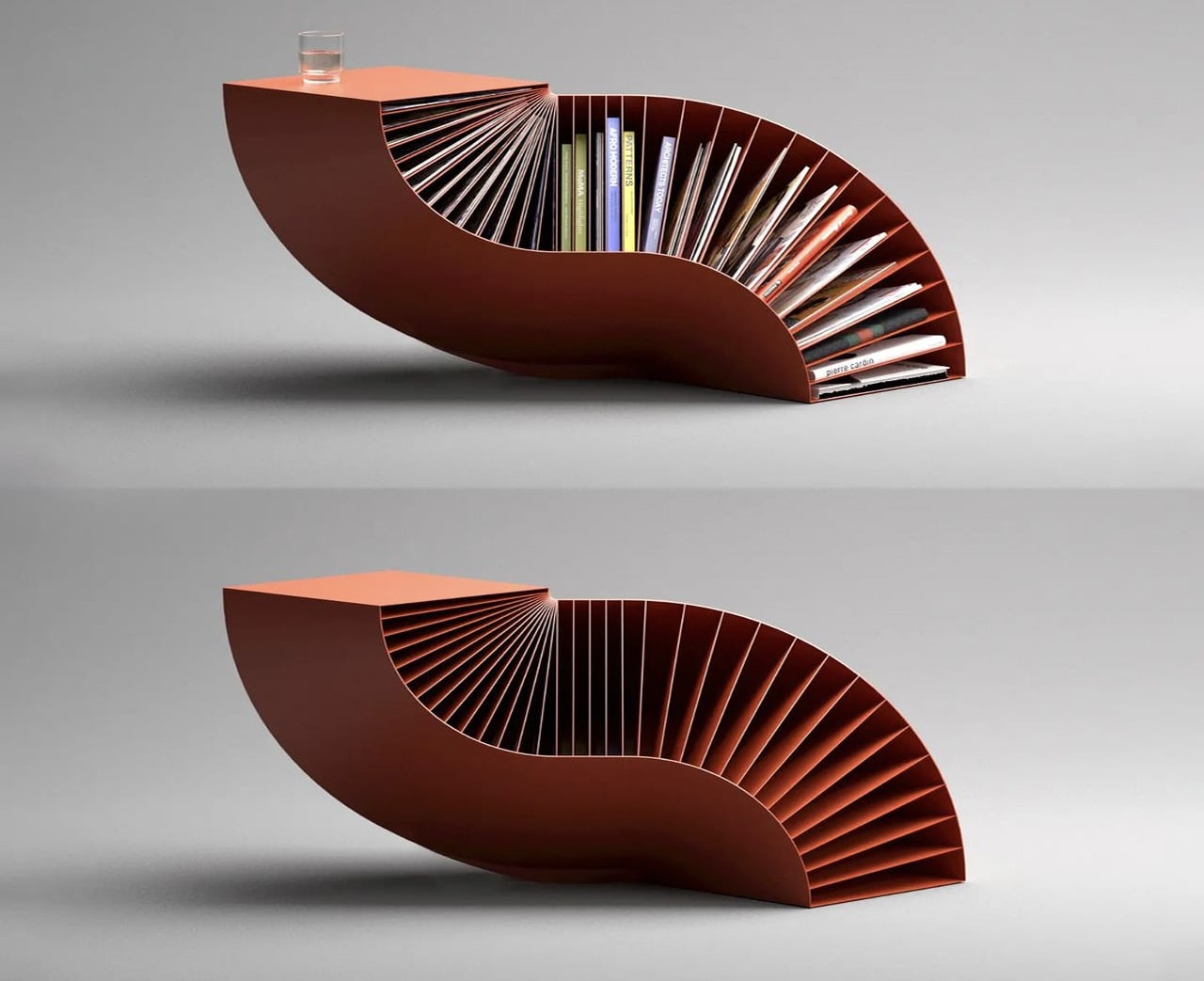
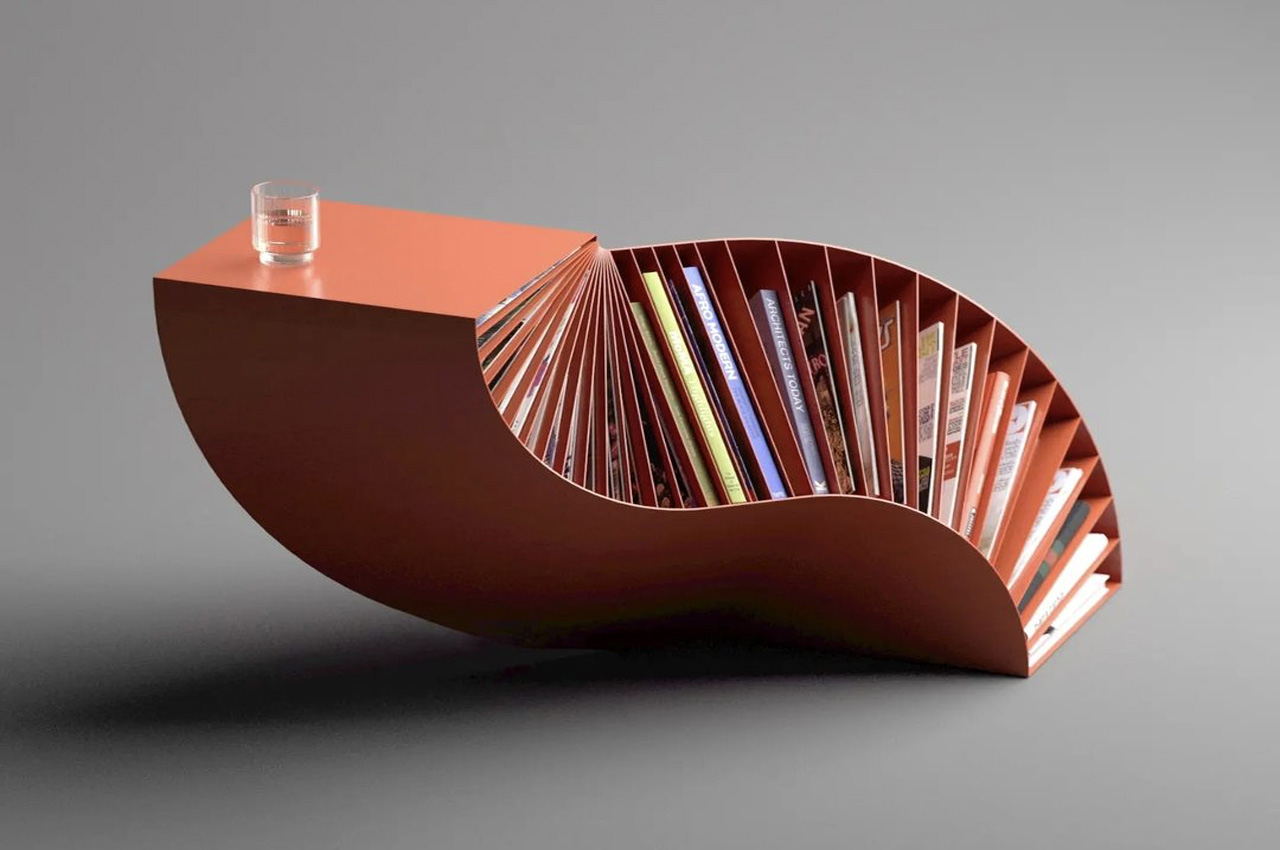
Called the Bookpet, this cleverly-designed coffee table is intended to be a ‘coffee-book table’. This unique furniture design functions as an excellent storage section for your books and magazines, while also serving as an ingenious coffee table. It has a sculptural shape that artfully evolves from a double-bent cuboid, and is a truly visually exciting product.
Why is it noteworthy?
The intriguing furniture piece has a cuboidal form that supports a sturdy tabletop at one end, which serves as the coffee table section. The rest of the design incorporates slits and nooks designed to store your favorite books and magazines. It features a compact size which is quite space-friendly, and will fit well in different kinds of homes.
What we like
- Space-saving + compact design that is great for smaller homes
- Resembles a sausage dog, making it a fun and whimsical design
What we dislike
- There is no option to change the partition size and make space for larger books
2. Superpop Tables
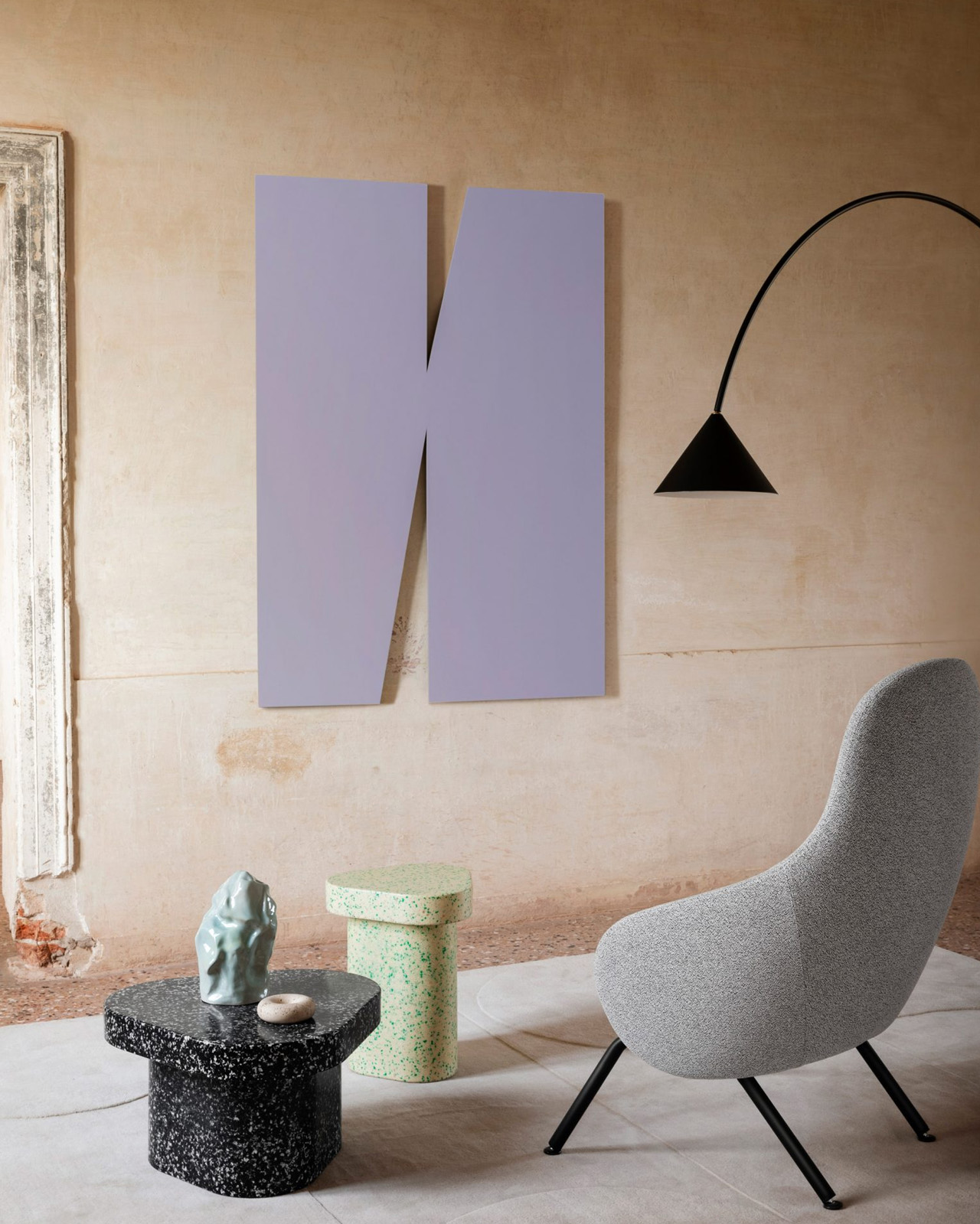
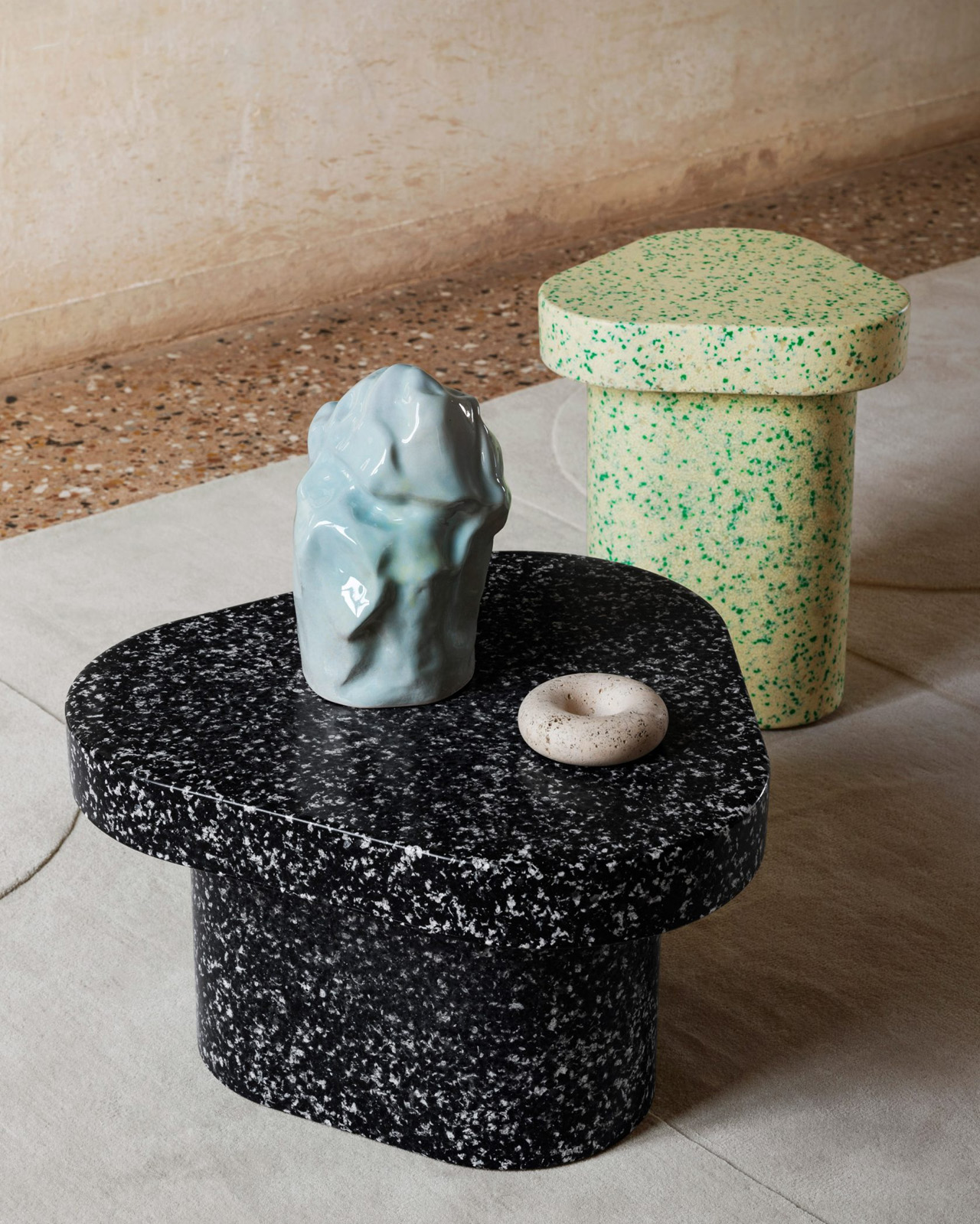
Coined the Superpop tables, these colorful little tables feature beautiful terrazzo-like surfaces that have been made from recycled plastic. The Superpop tables were created by Paolo Cappello for Miniforms, and they’re the little furniture designs you need to add some vibrancy and color to your home.
Why is it noteworthy?
The coffee tables are quite versatile, and they can be doubled up as stools, or even side tables. They are lightweight, durable, and versatile pieces that are quite sustainable as well. They’re designed to add a splash of fun to your living space!
What we like
- Feature versatile functionality with a universal appeal
What we dislike
- The pieces are quite colorful and loud, it could be tough to match them with various interior styles
3. Centenniale Coffee Table
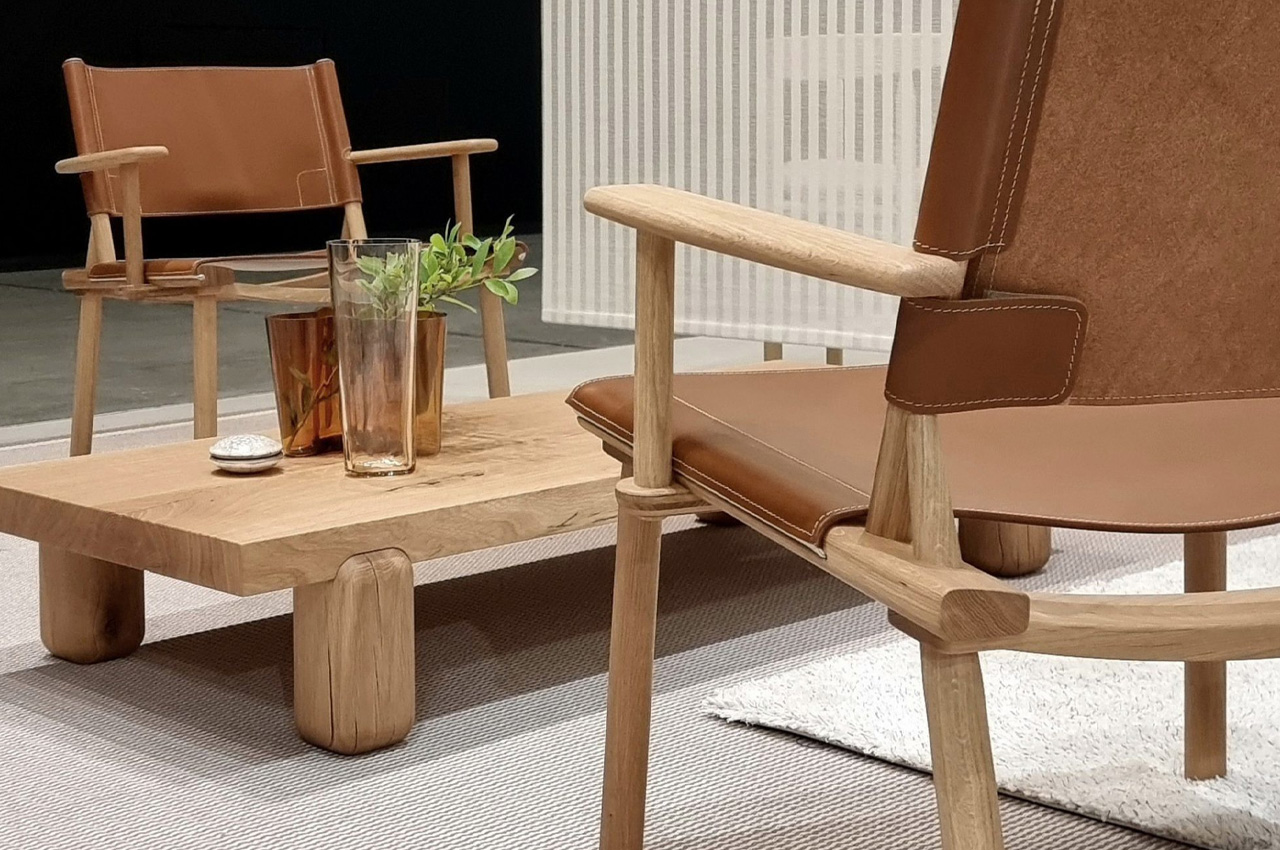
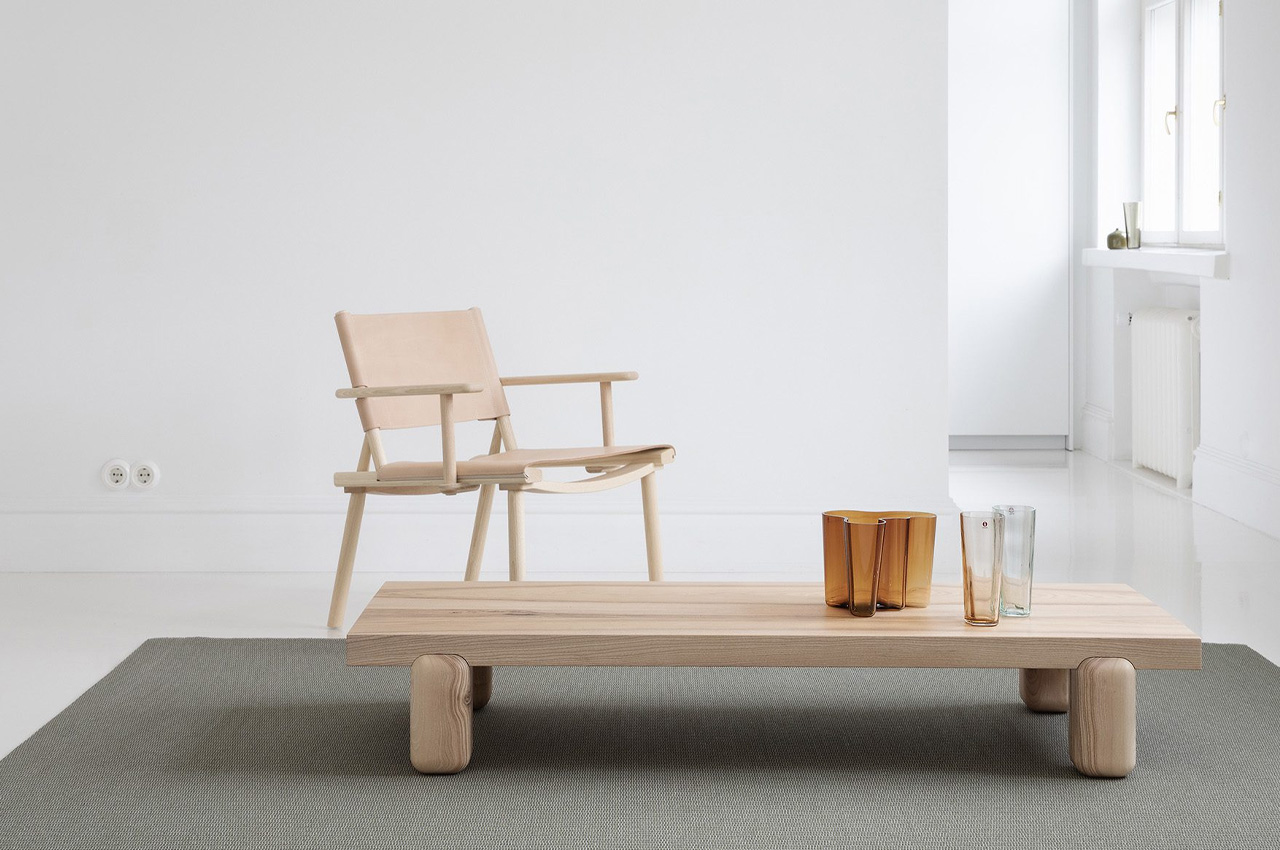
Created by the architect and designer Joanna Laajisto for the Finnish brand Nikari, the Centenniale coffee table is a sturdy and minimal coffee table built using 100-year-old wood. The simple yet stunning coffee table is designed to showcase the rawness and ruggedness of old timber. It is a no-frills and humble design that heavily focuses on the material used to craft it.
Why is it noteworthy?
The coffee table was designed by embracing the cracks and imperfections of the old timber. The entire coffee table was constructed from a single piece of wood, and it features a sharp-edged and elongated tabletop that is supported by blocky and chonky legs with rounded edges.
What we like
- The table beautifully showcases the versatile textures and variations in the old timber
What we dislike
- Aesthetics are a tad bit simple and unassuming and could have been exaggerated a bit more
4. Whisk Coffee Table
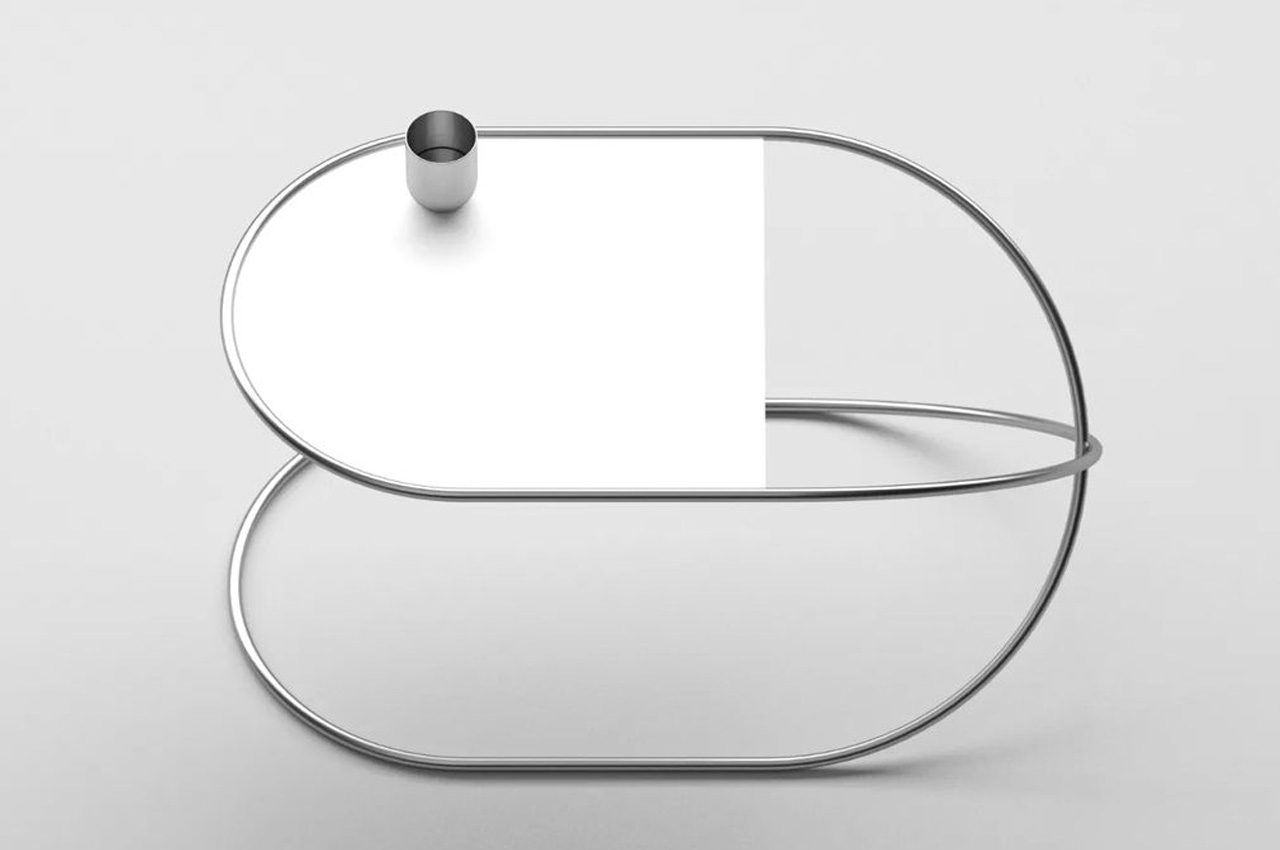
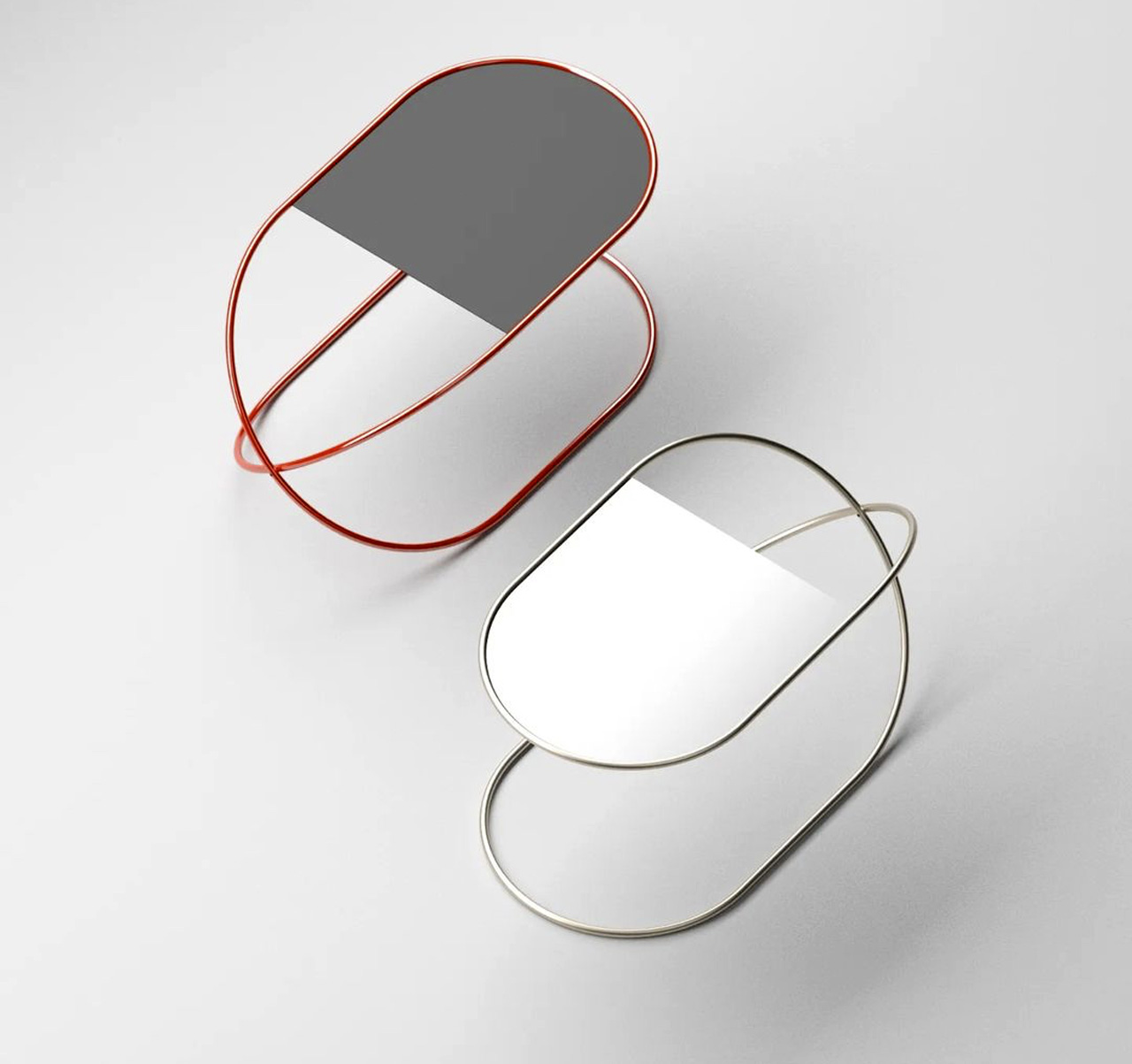
Named the Whisk Coffee Table, this unique-looking coffee table by Deniz Aktay is created by arranging a metal tube in an artistic and intriguing form. This metal tube creates the major section of the design and instantly defines it as a total eye-catcher. It is unlike other typical coffee tables we have seen on the market owing to its extraordinary shape.
Why is it noteworthy?
The coffee table is named Whisk because as you look at it closer, the simple and twisted metallic form of the coffee table reminds you of a whisk! But besides looking like a whisk, it also looks like a contorted safety pin, truly lending an eccentric feel to your living space.
What we like
- Perfectly marries sharp form with metallic excellence
What we dislike
- Since it is a conceptual design, the tangible product could differ after manufacturing
5. Studio Nuño’s Coffee Table
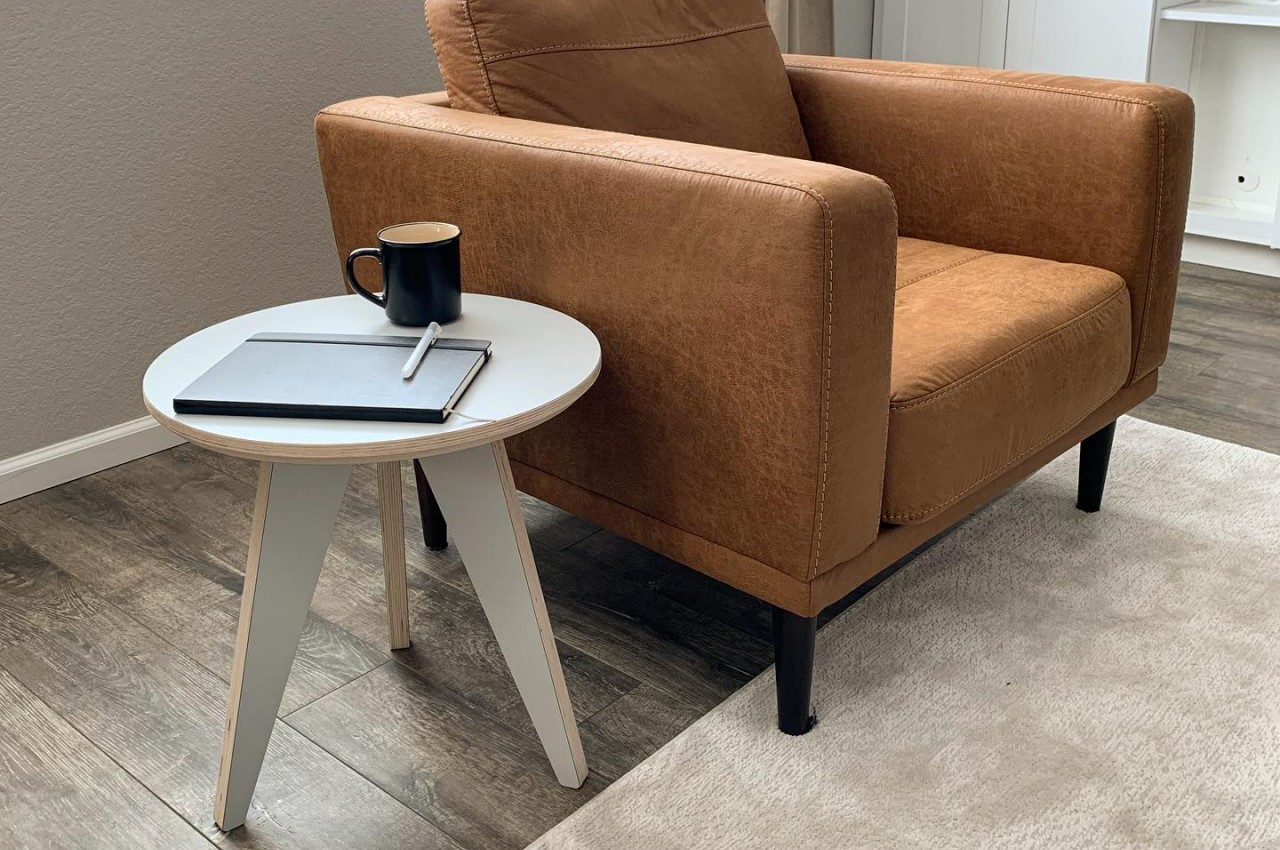
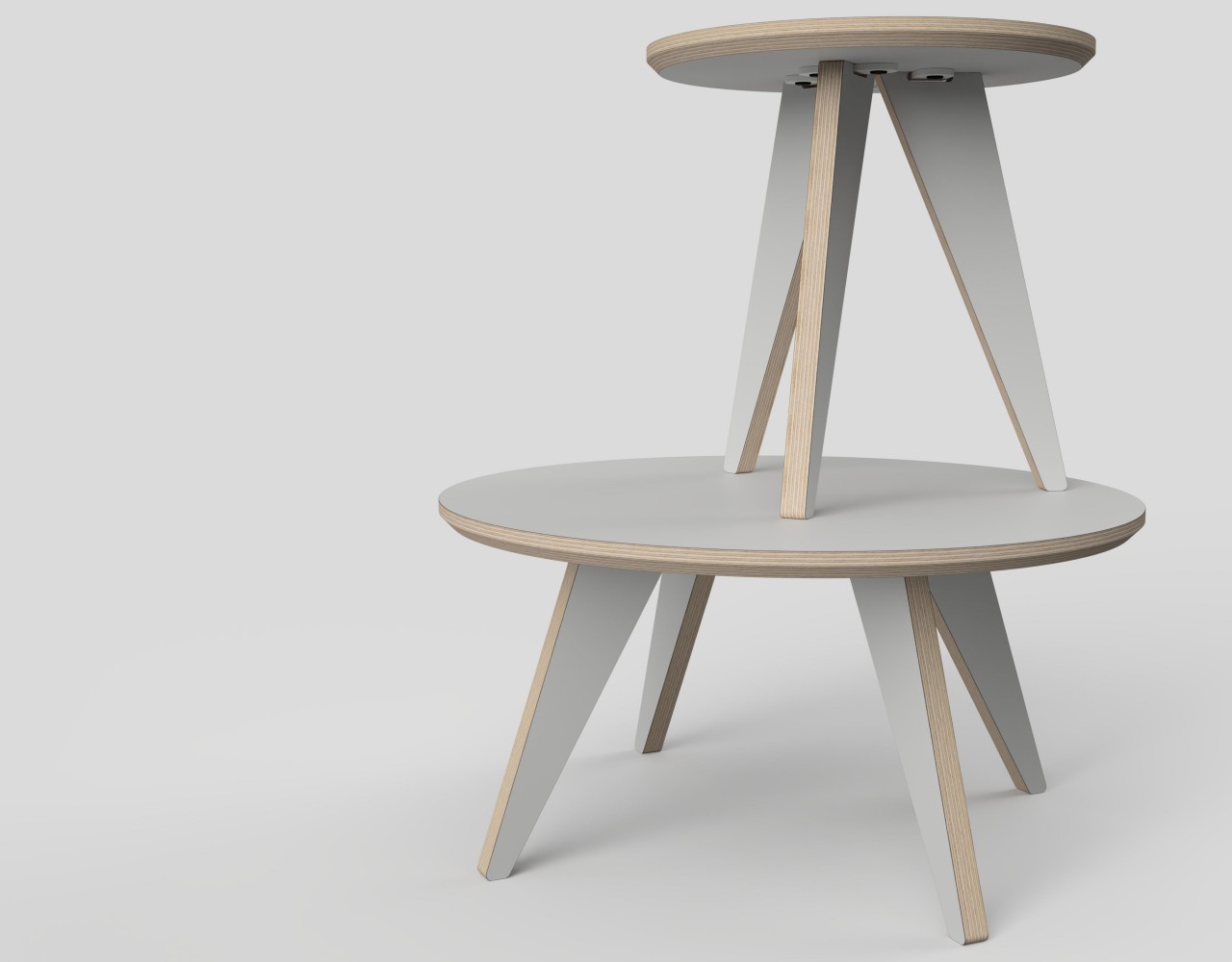
Designed by Studio Nuño, this coffee table uses a new kind of joinery which reduces the assembly time to just a few minutes! However, this joinery does not hamper the structural strength of the coffee table, nor does it compromise its ability to bear the weight of everyday use. The end result is a unique coffee table that can be set up with ease while holding all your prized possessions!
Why is it noteworthy?
All you need to do is insert the legs into the slots beneath the tabletop, slide in a supporting piece, and screw that piece using an Allen wrench. The legs are available in three or four pieces for the coffee table, and the side table, so you don’t need to worry about confusing combinations.
What we like
- The coffee table is made using 100% recycled and biodegradable materials
What we dislike
- Aesthetics are a bit too simple, and not very noticeable
6. LOOPS
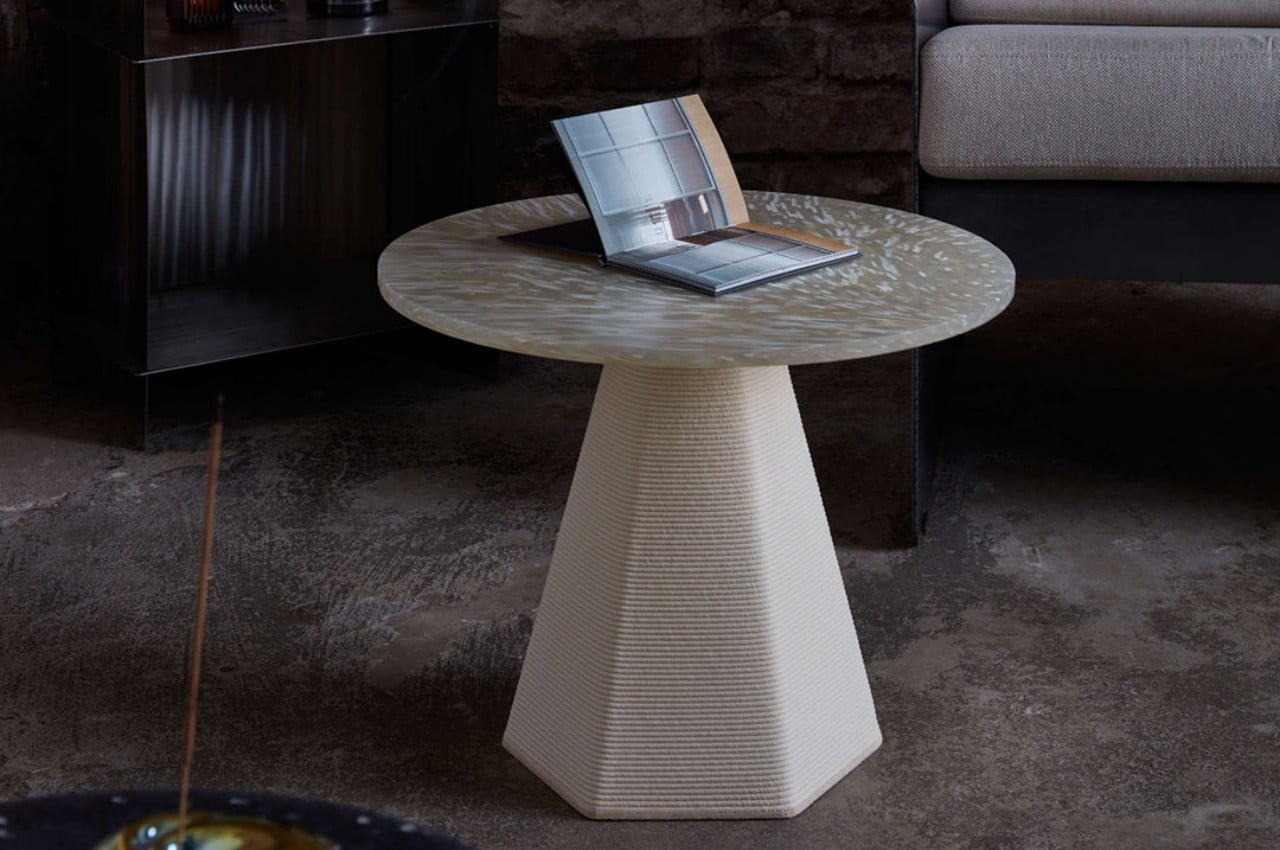
Called LOOPS, this collection of coffee tables is designed to push the boundaries of 3D printing, and in turn build products that are larger than typical 3D-printed objects, but without the need for the extra hardware. The designer utilizes different geometric shapes with organic forms to create the tables, making it seem as if they’re growing before your eyes.
Why is it noteworthy?
The coffee tables are beautiful specimens of 3D printing and sustainable design. The tabletops have been crafted from 100% recycled plastic which is crushed, melted, and molded from used plastic! While the 3D printed bases are derived from a composite material containing cellulose from responsible forestry.
What we like
- The base and top can be recycled once the table reaches its end of use
- Pushes the boundaries of 3D printing
What we dislike
- There are no options for customization it seems
7. R24 Coffee Table & Stool
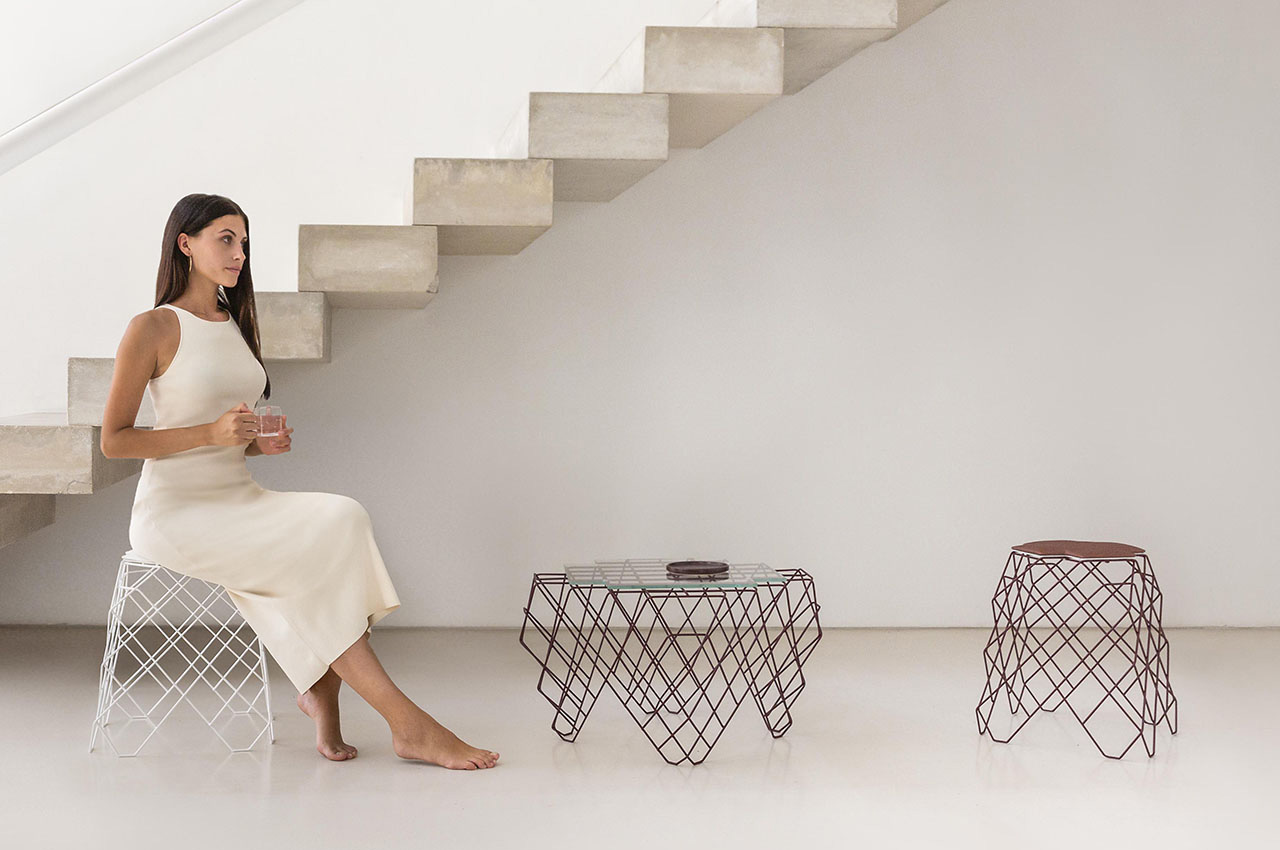
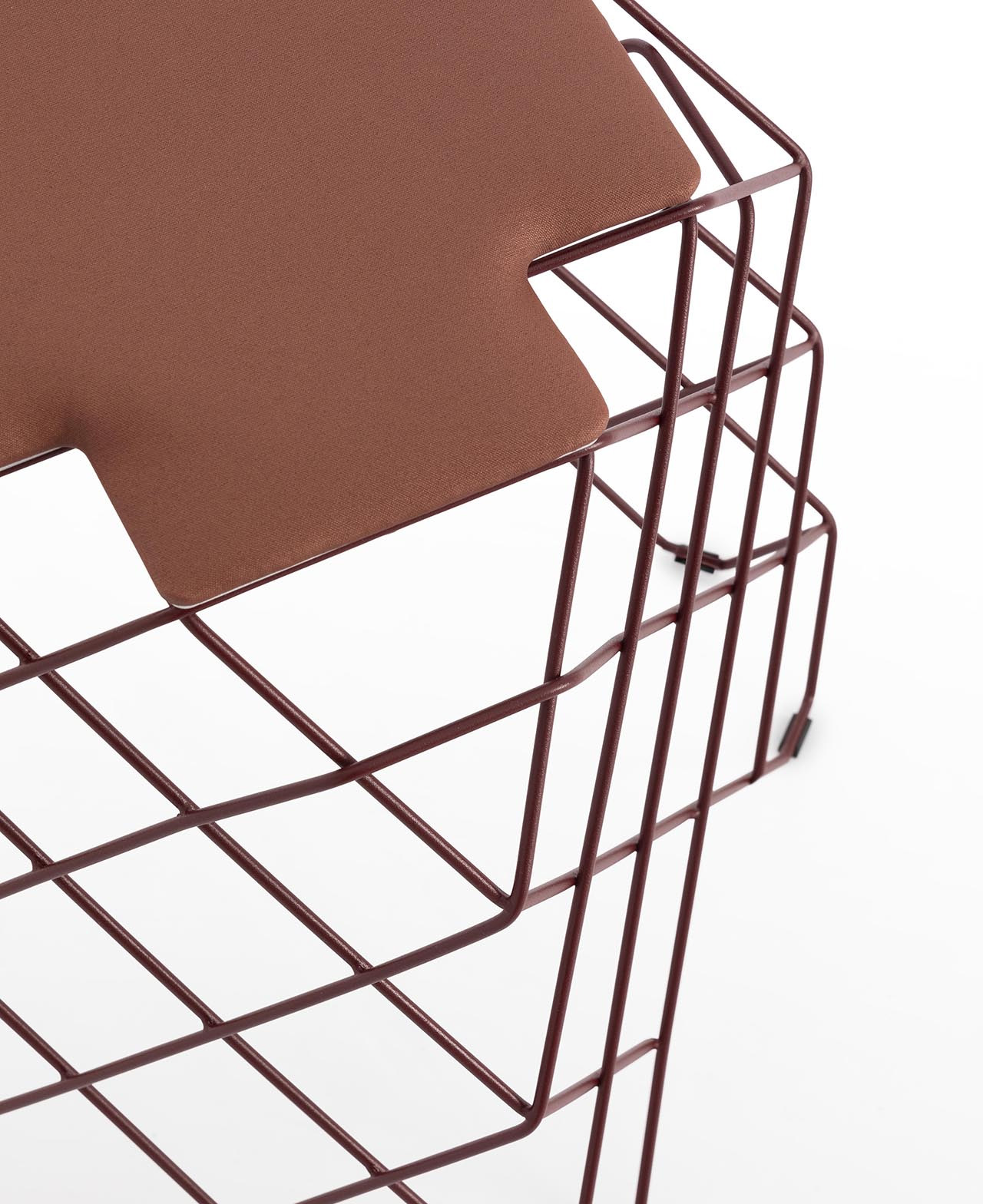
Paula Valentini married her training and experience in art and urban planning to create the R24 Coffee Table and Stool. She designed the pieces for GANDIABLASCO, and the two-piece set features a sculptural and artistic beauty to it. Through the table and the stool, she wanted to explore textile architecture on a smaller and more manageable scale.
Why is it noteworthy?
“The image of the weightlessness of bodies held in space and the intention to explore structural fabrics became the guiding light of the project. Through R24 I evoke sensations and images like the evanescence of a bailiff’s wing. It is a useful object and it is also a work in space,” said Valentini.
What we like
- Lightweight furniture pieces that are durable and resistant
What we dislike
- The aesthetics are a bit raw and rugged, and may not be preferred by everyone
8. Wormhole Coffee Table
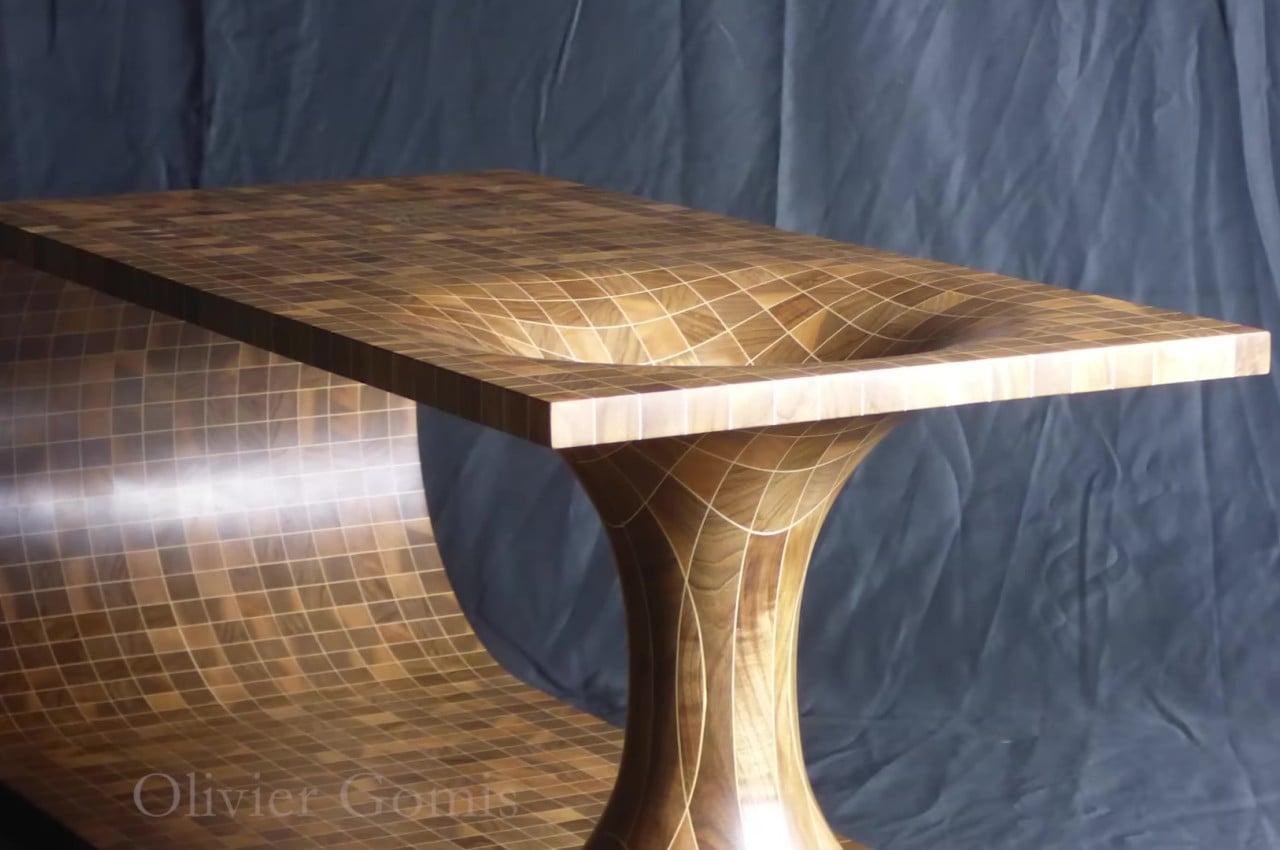
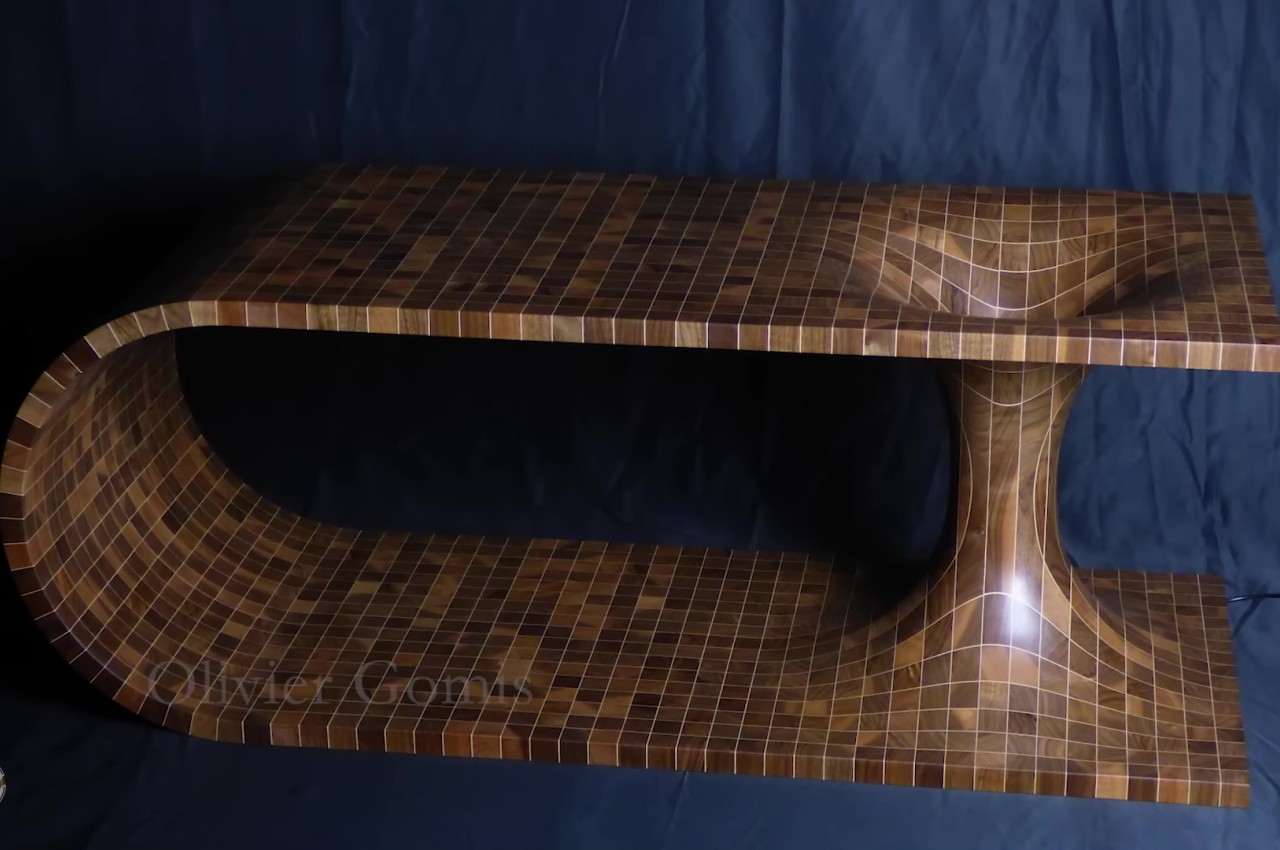
Designed by Olivier Gomis, this mind-boggling coffee table is his effort to transform the hypothetical wormhole into a physical manifestation. Wormholes are supposed to connect two disparate points in spacetime via a tunnel, and this coffee table is what a wormhole would look like if it ever became tangible!
Why is it noteworthy?
The table looks like a wooden plank that has been bent, allowing both ends to be placed on top of each other. They are joined together by a double cone and then glued together with sheets of maple veneer, which look like faint light lines that seem to form the grid.
What we like
- The center of the hole features a lamp, which gives the table a rather creepy appearance in the dark
What we dislike
- Since it has a downward curve, the objects could roll inside
9. Orbit Coffee Table
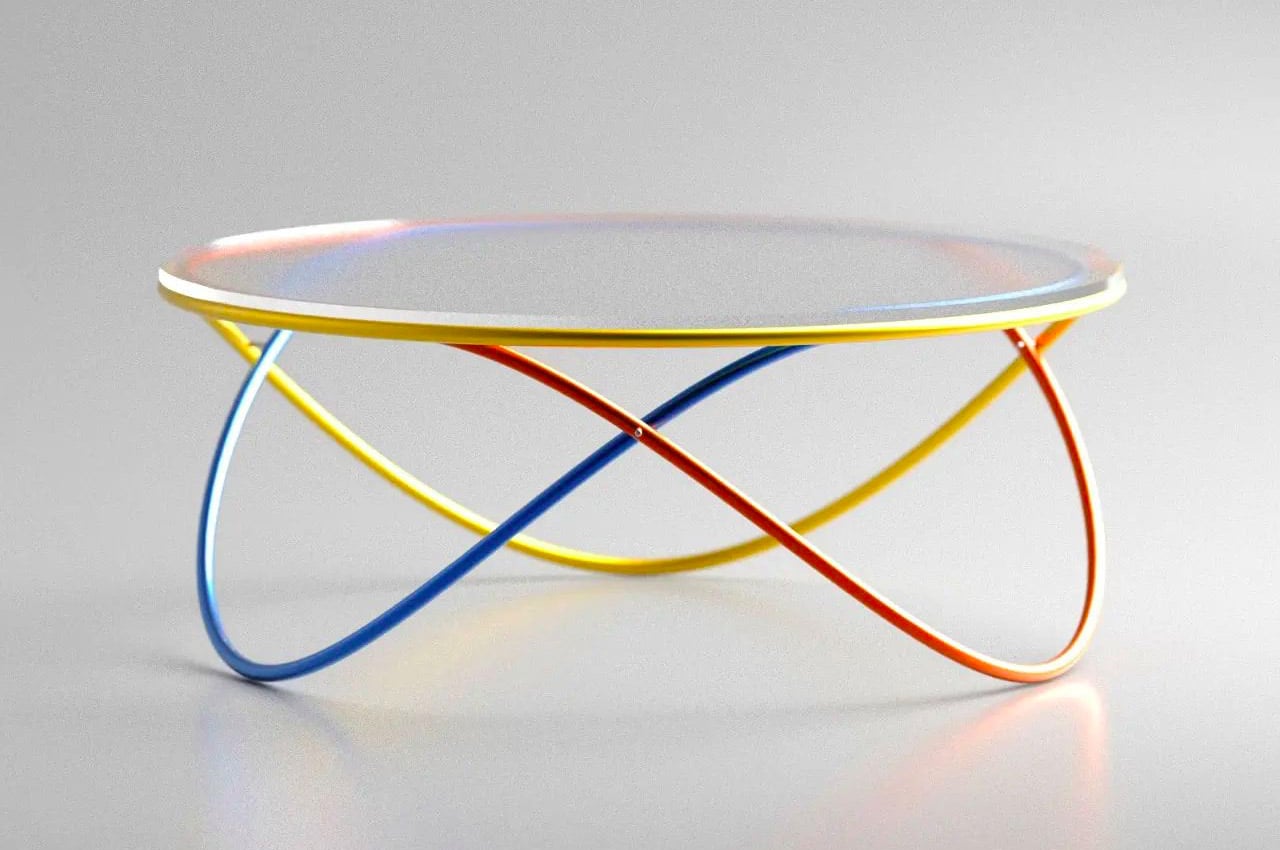
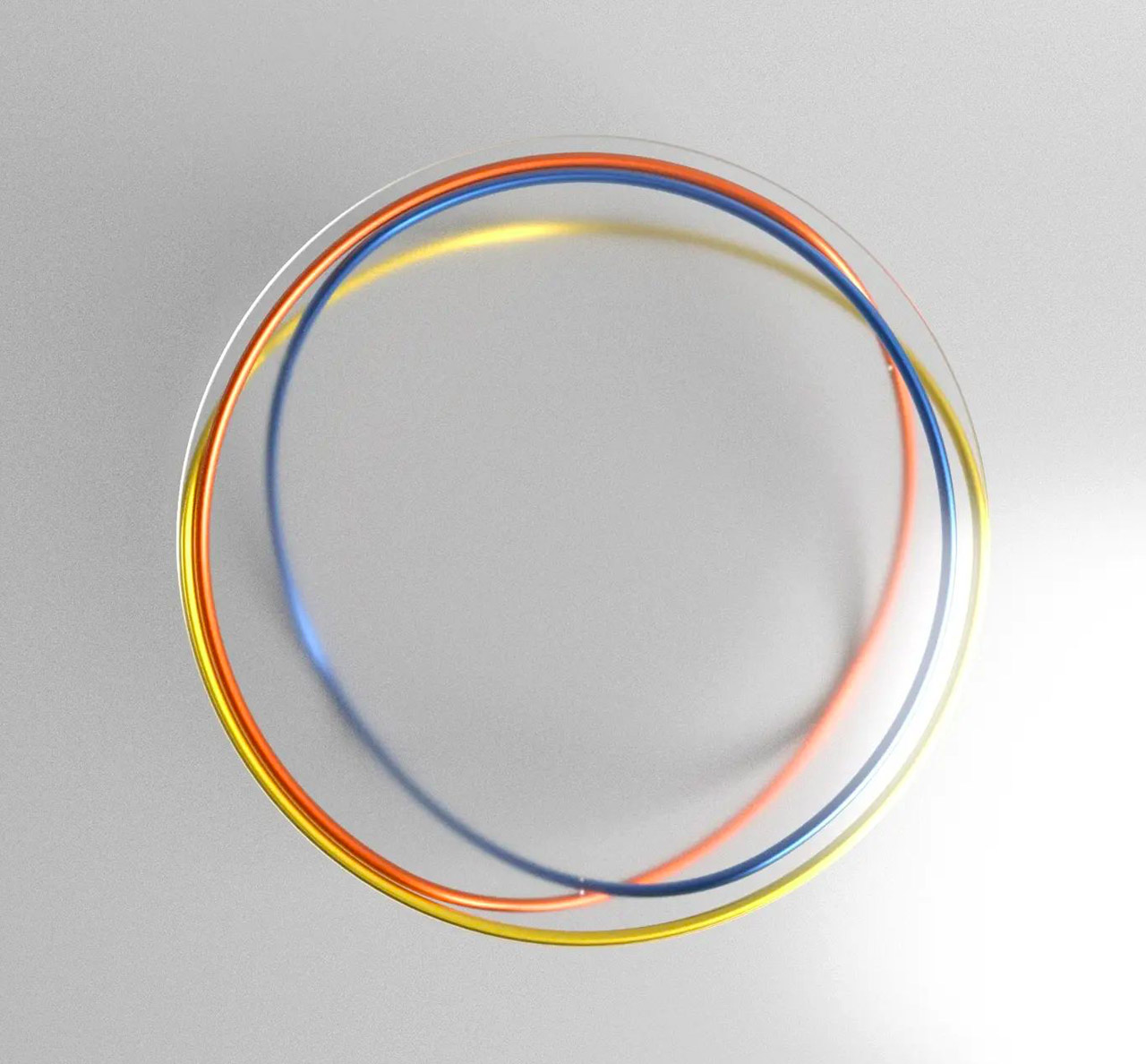
The Orbit Coffee Table is really an interesting one. It includes interloping and multicolored legs, and it is inspired by the orbits you find in outer space. Think of the images in your school textbooks, the ones involving planets orbiting around the sun, and you’ll realize how similar this furniture design is to them!
Why is it noteworthy?
The Orbit Coffee Table includes a round glass tabletop, which is supported by three oscillating glass tubes. The glass tubes intertwine, forming an interesting visual mesh, and each of them has a different color, creating a vibrant colorful sight!
What we like
- The coffee table is inspired by orbits found in outer space
What we dislike
- There isn’t any storage section or space in the table
10. Circus Coffee Table
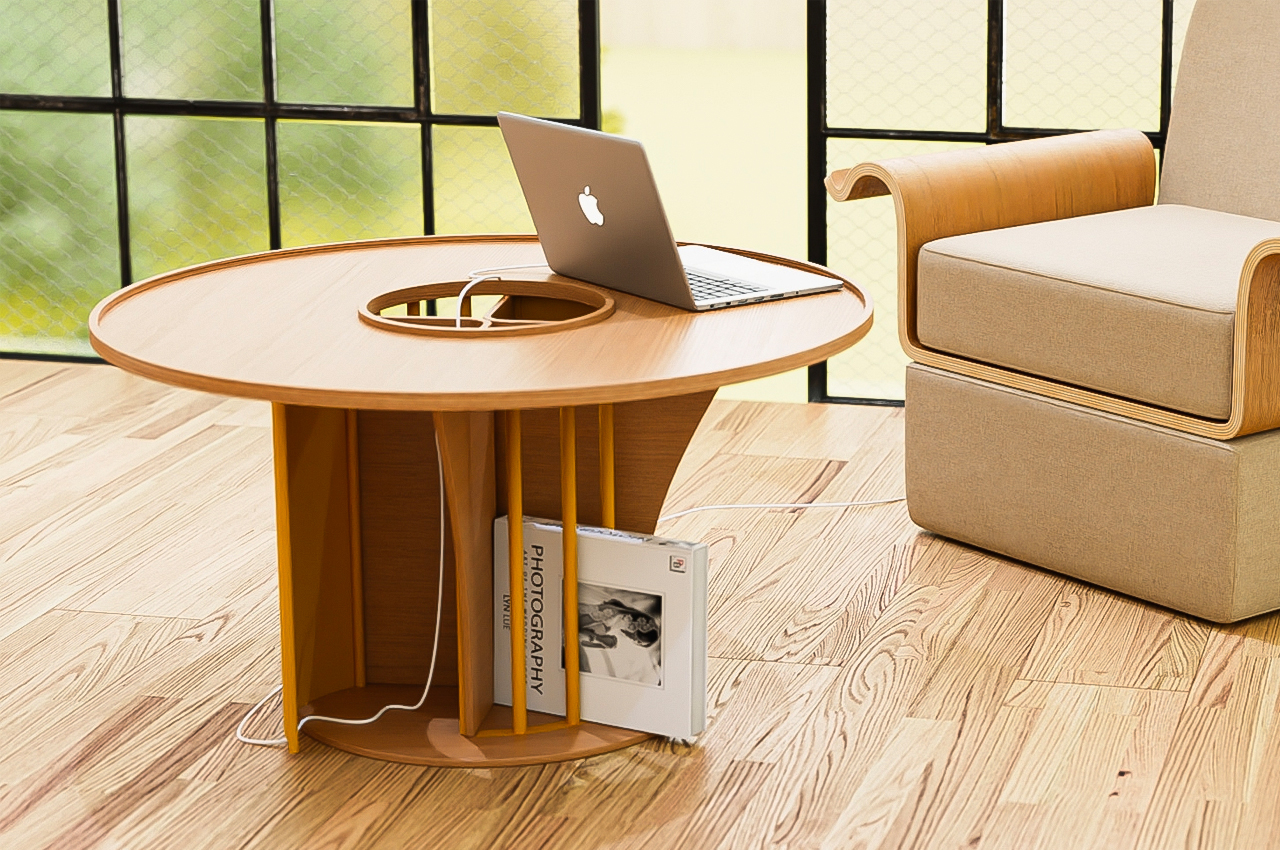
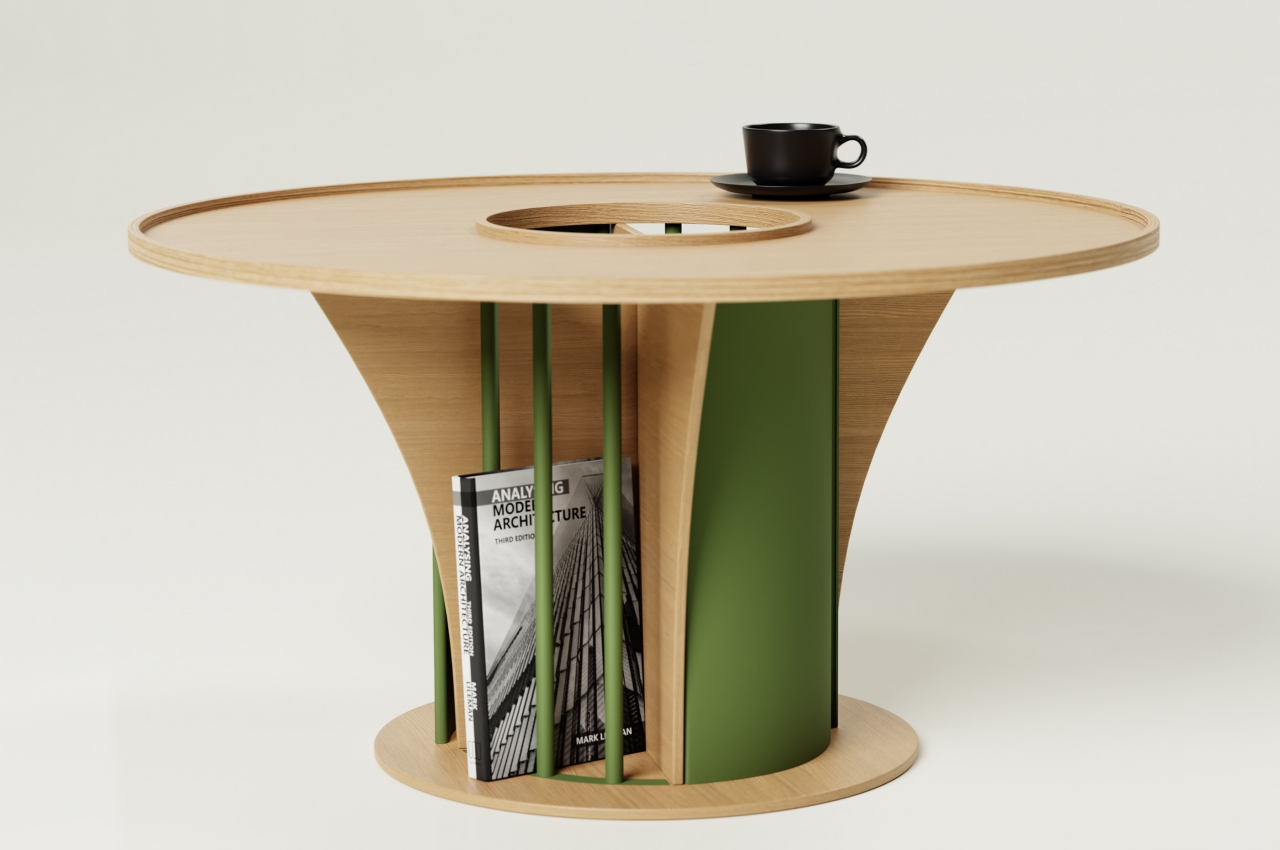
Named the Circus coffee table, this unique conceptual design is created to bring people together in an interactive, fun, and active manner. The Circus coffee table is pretty tall, and it can even be used as a regular desk if needed! Its tall and unique characteristics set it apart from typical coffee tables on the market.
Why is it noteworthy?
The table’s shapes and materials create an almost chaotic ambiance, much like a circus. It is a wooden table with metallic components which adds some functionality to the table. The table also includes metal bars and doors on opposing sides, to form a fun contrast in terms of design.
What we like
- The Circus Coffee Table is designed to be the center of attention
- Can be used as a regular desk as well
What we dislike
- Some people may not like the unconventionality of the design
The post Top 10 Coffee Tables To Design The Perfect Pinterest-Worthy Living Room first appeared on Yanko Design.
